Welcome to the website of Hachai Publishing
Children's books play a vital role in every Jewish home, classroom and library. Hachai Publishing is dedicated to producing high quality children's literature with Jewish themes. Our books promote universal values – such as sharing, kindness, and charity – and teach Jewish history and tradition. We feature the work of exciting new authors and artists to create books that you and your child can enjoy over and over again.
-
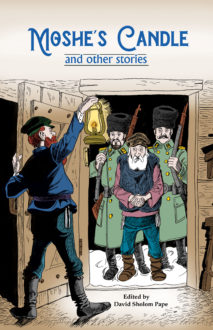 Moshe’s Candle By Edited by David Sholom Pape $12.95
Moshe’s Candle By Edited by David Sholom Pape $12.95 -
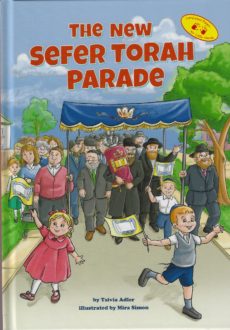 The New Sefer Torah Parade By Tzivia Adler $12.95
The New Sefer Torah Parade By Tzivia Adler $12.95 -
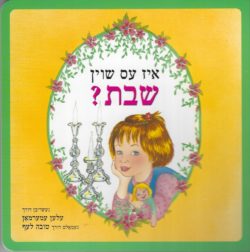 Is It Shabbos Yet? Board Book YIDDISH By Ellen Emerman $6.95
Is It Shabbos Yet? Board Book YIDDISH By Ellen Emerman $6.95 -
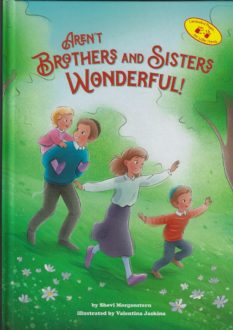 Aren’t Brothers and Sisters Wonderful! By Shevi Morgenstern $12.95
Aren’t Brothers and Sisters Wonderful! By Shevi Morgenstern $12.95 -
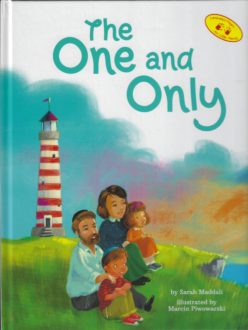 The One and Only By Sarah Maddali $13.95
The One and Only By Sarah Maddali $13.95 -
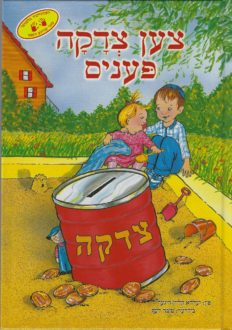 Ten Tzedakah Pennies – Yiddish By Joni Klein-Higger $12.95
Ten Tzedakah Pennies – Yiddish By Joni Klein-Higger $12.95 -
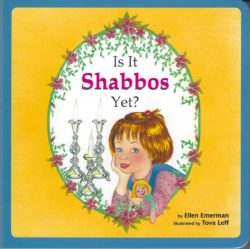 Is It Shabbos Yet? Board Book By Ellen Emerman $6.95
Is It Shabbos Yet? Board Book By Ellen Emerman $6.95 -
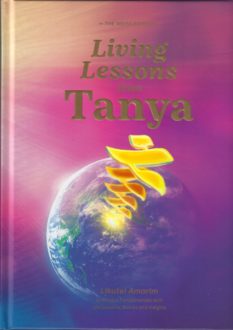 Living Lessons from Tanya By The Weiss Edition $36.00
Living Lessons from Tanya By The Weiss Edition $36.00 -
 Let’s Go on Mivtzoim By Levi Hodakov $12.95
Let’s Go on Mivtzoim By Levi Hodakov $12.95 -
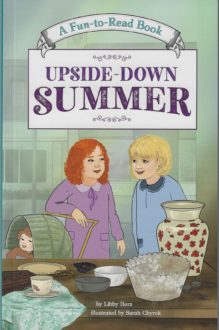 Upside-Down Summer By Libby Herz $12.95
Upside-Down Summer By Libby Herz $12.95 -
 The Secret Journey By Rivkah Yudasin $15.95
The Secret Journey By Rivkah Yudasin $15.95 -
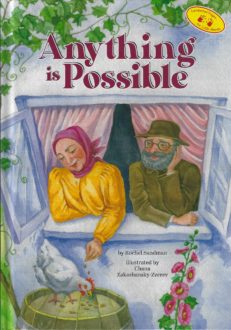 Anything is Possible By Rochel Sandman $12.95
Anything is Possible By Rochel Sandman $12.95 -
 The Rebbe Speaks to Children By Rabbi Menachem M Schneerson, The Lubavitcher Rebbe $21.95
The Rebbe Speaks to Children By Rabbi Menachem M Schneerson, The Lubavitcher Rebbe $21.95 -
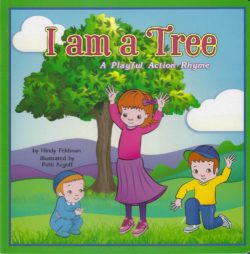 I am a Tree By Hindy Feldman $7.95
I am a Tree By Hindy Feldman $7.95 -
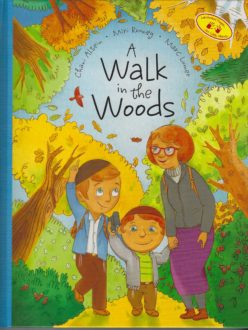 A Walk in the Woods By Chani Altein $13.95
A Walk in the Woods By Chani Altein $13.95 -
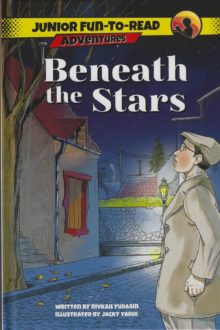 Beneath the Stars By Rivkah Yudasin $15.95
Beneath the Stars By Rivkah Yudasin $15.95 -
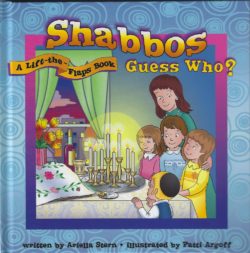 Shabbos Guess Who? A lift the flap book By Ariella Stern $11.95
Shabbos Guess Who? A lift the flap book By Ariella Stern $11.95 -
 Hidden By Rivkah Yudasin $15.95
Hidden By Rivkah Yudasin $15.95 -
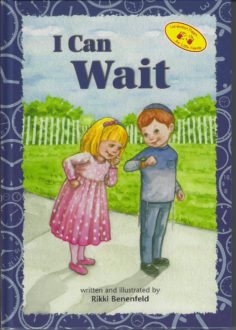 I Can Wait By Rikki Benenfeld $12.95
I Can Wait By Rikki Benenfeld $12.95 -
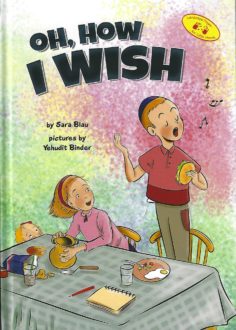 Oh, How I Wish By Sara Blau $12.95
Oh, How I Wish By Sara Blau $12.95 -
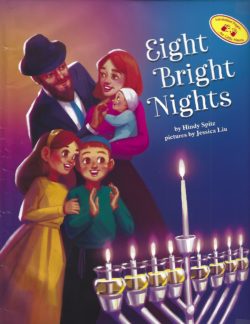 Eight Bright Nights By Hindy Spitz $13.95
Eight Bright Nights By Hindy Spitz $13.95 -
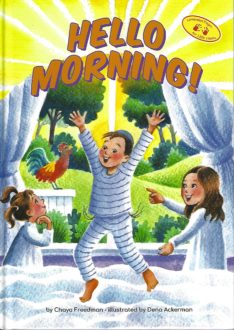 Hello Morning By Chaya Freedman $12.95
Hello Morning By Chaya Freedman $12.95 -
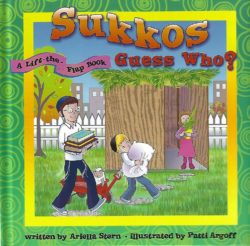 Sukkos Guess Who? A lift the flap book By Ariella Stern $11.95
Sukkos Guess Who? A lift the flap book By Ariella Stern $11.95 -
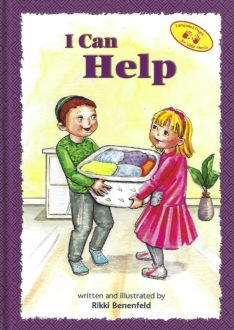 I Can Help By Rikki Benenfeld $12.95
I Can Help By Rikki Benenfeld $12.95 -
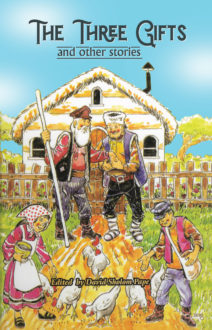 The Three Gifts and other stories By Edited by Dovid S. Pape - Illustrations by Dave Berg, Yosef Dershowitz, Norman Nodel $12.95
The Three Gifts and other stories By Edited by Dovid S. Pape - Illustrations by Dave Berg, Yosef Dershowitz, Norman Nodel $12.95 -
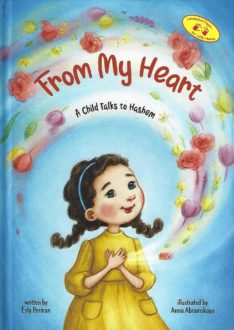 From My Heart By Esty Perman $12.95
From My Heart By Esty Perman $12.95 -
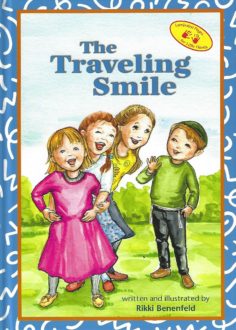 The Traveling Smile By Rikki Benenfeld $12.95
The Traveling Smile By Rikki Benenfeld $12.95 -
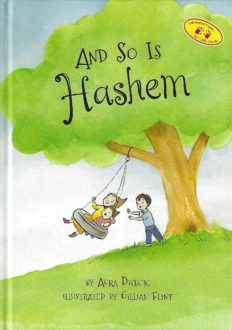 And So Is Hashem By Aura Dweck $12.95
And So Is Hashem By Aura Dweck $12.95 -
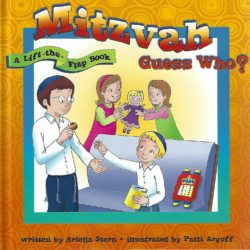 Mitzvah Guess Who? A lift the flap book By Ariella Stern $11.95
Mitzvah Guess Who? A lift the flap book By Ariella Stern $11.95 -
 Shloimie’s Letter By Freidele Galya Soban Biniashvili $12.95
Shloimie’s Letter By Freidele Galya Soban Biniashvili $12.95 -
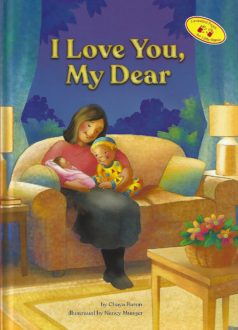 I Love You, My Dear By Chaya Baron $12.95
I Love You, My Dear By Chaya Baron $12.95 -
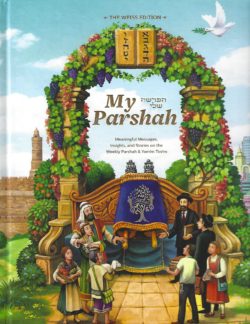 My Parshah $38.00
My Parshah $38.00 -
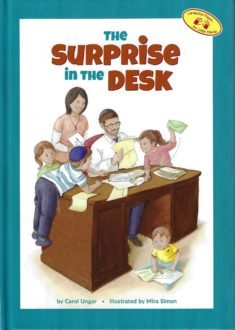 The Surprise in the Desk By Carol Ungar $12.95
The Surprise in the Desk By Carol Ungar $12.95 -
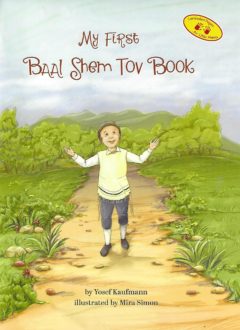 My First Baal Shem Tov Book By Yosef Kaufmann $12.95
My First Baal Shem Tov Book By Yosef Kaufmann $12.95 -
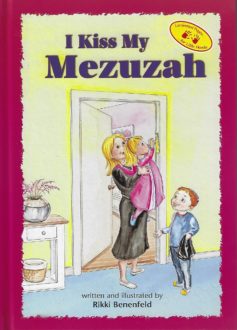 I Kiss My Mezuzah By Rikki Benenfeld $12.95
I Kiss My Mezuzah By Rikki Benenfeld $12.95 -
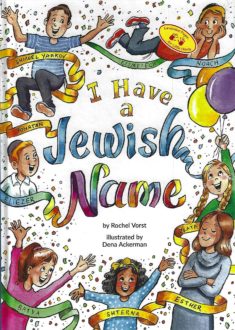 I Have a Jewish Name By Rochel Vorst $12.95
I Have a Jewish Name By Rochel Vorst $12.95 -
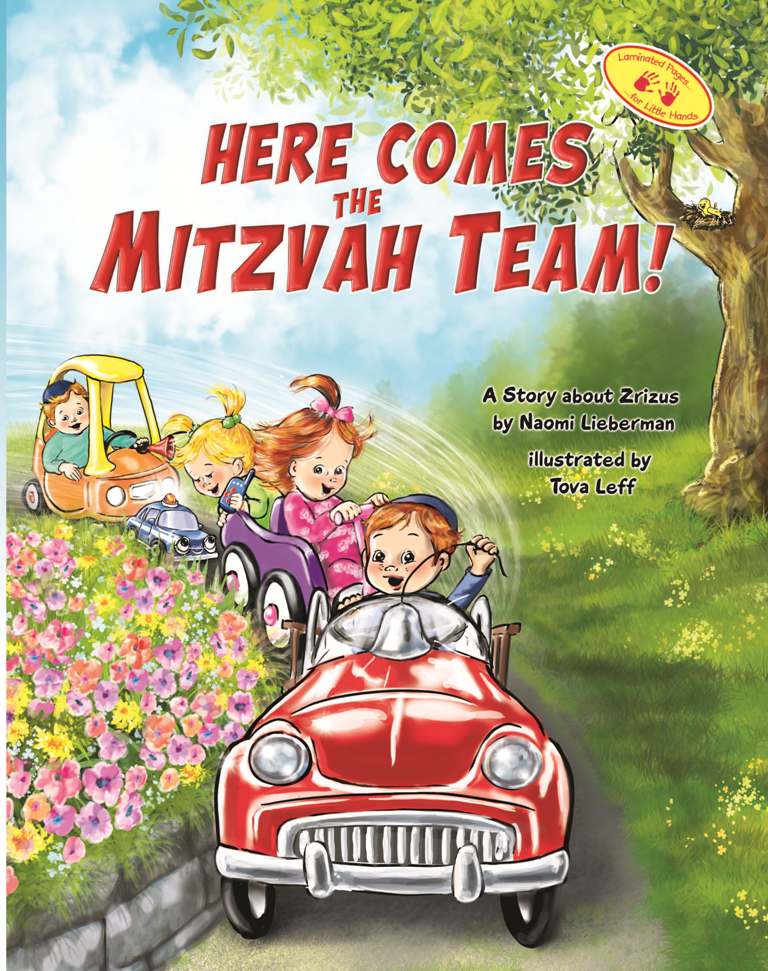 Here Comes the Mitzvah Team! By Naomi Lieberman $13.95
Here Comes the Mitzvah Team! By Naomi Lieberman $13.95 -
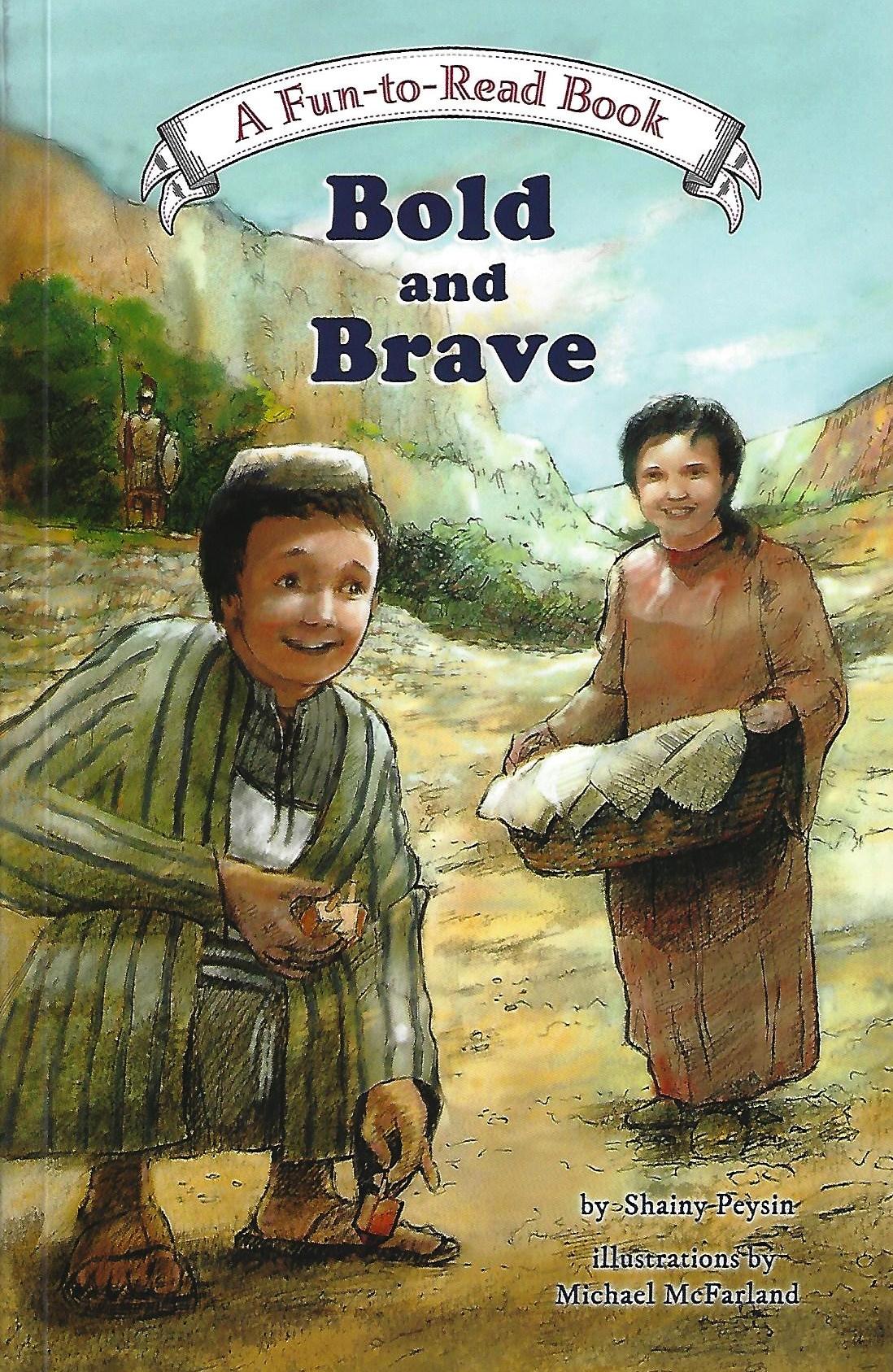 Bold and Brave By Shainy Peysin $12.95
Bold and Brave By Shainy Peysin $12.95 -
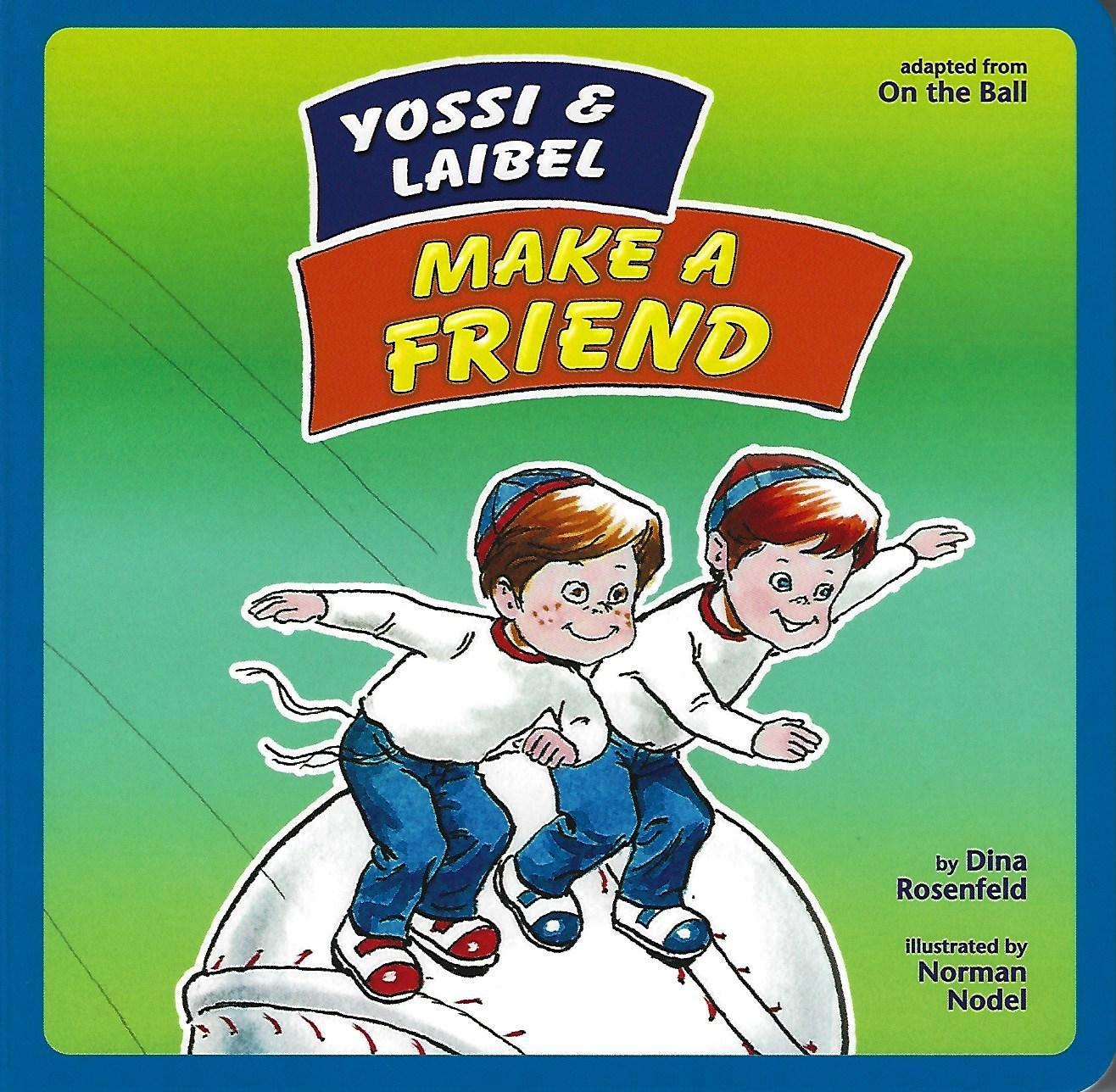 Yossi and Laibel Make a Friend By Dina Rosenfeld $6.95
Yossi and Laibel Make a Friend By Dina Rosenfeld $6.95 -
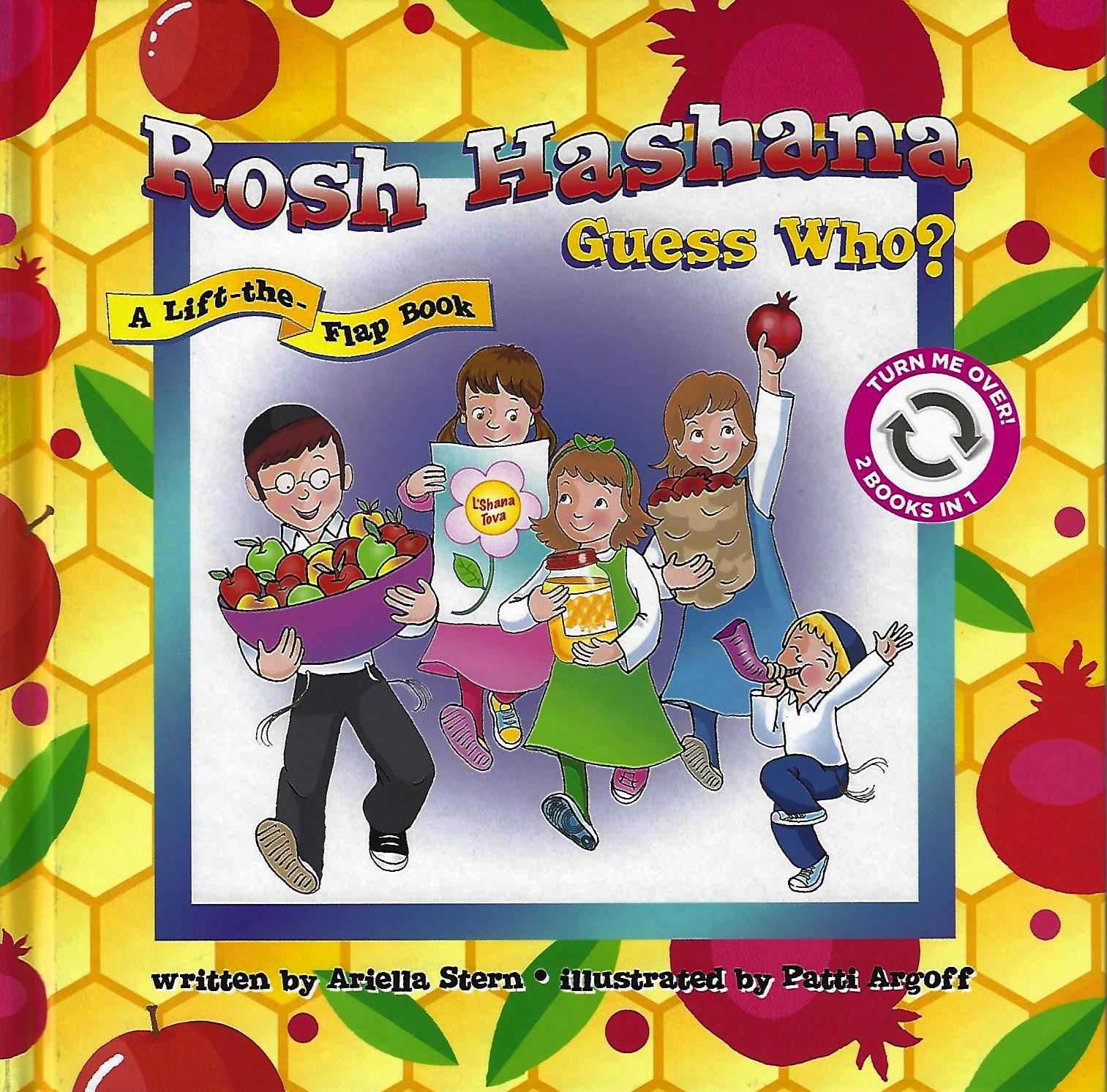 Rosh Hashana, Yom Kippur Guess Who? A Lift-the-Flap Book By Ariella Stern $11.95
Rosh Hashana, Yom Kippur Guess Who? A Lift-the-Flap Book By Ariella Stern $11.95 -
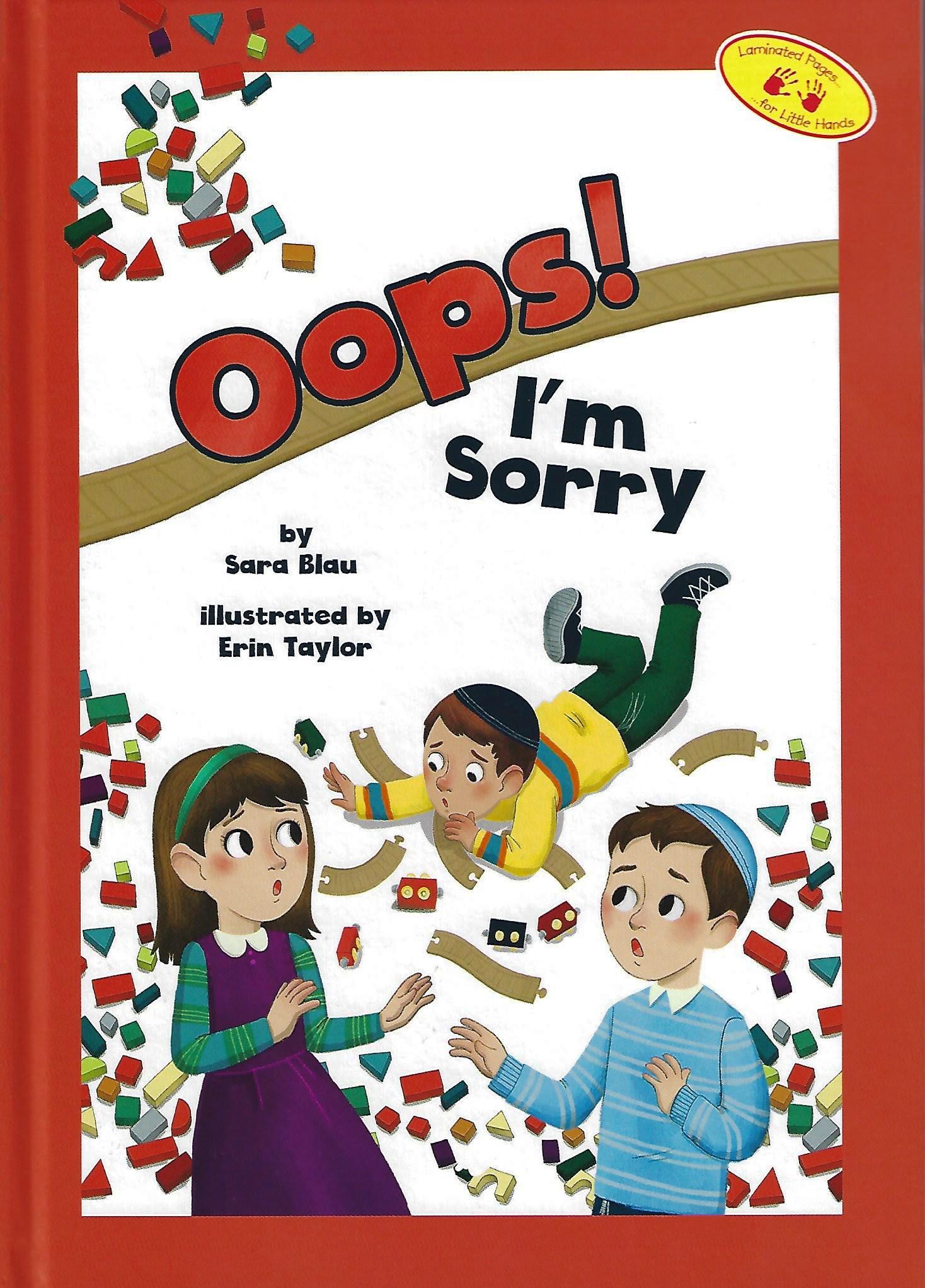 Oops! I’m Sorry. By Sara Blau $12.95
Oops! I’m Sorry. By Sara Blau $12.95 -
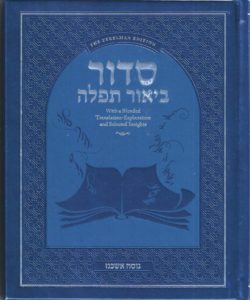 Siddur Biur Tefillah – Complete (Nusach Ashkenaz) By Living Lessons $26.99
Siddur Biur Tefillah – Complete (Nusach Ashkenaz) By Living Lessons $26.99 -
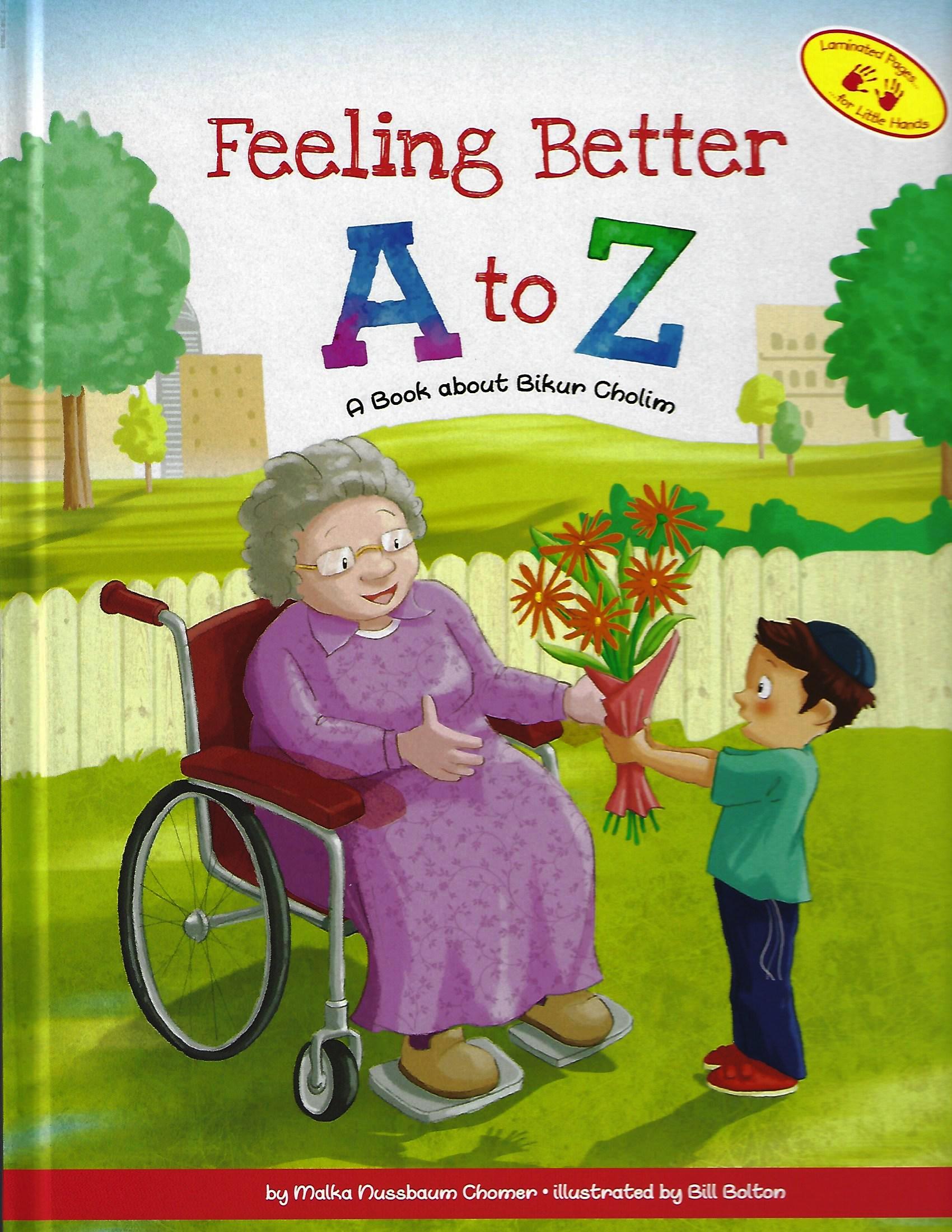 Feeling Better A to Z By Malka Nussbaum Chomer $13.95
Feeling Better A to Z By Malka Nussbaum Chomer $13.95 -
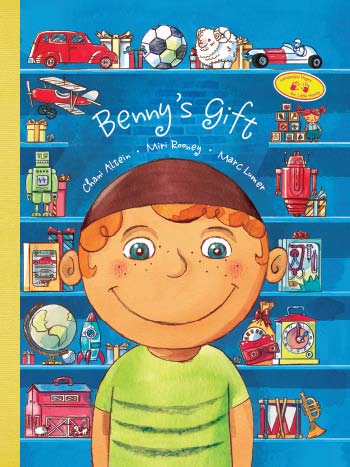 Benny’s Gift By Chani Altein $13.95
Benny’s Gift By Chani Altein $13.95 -
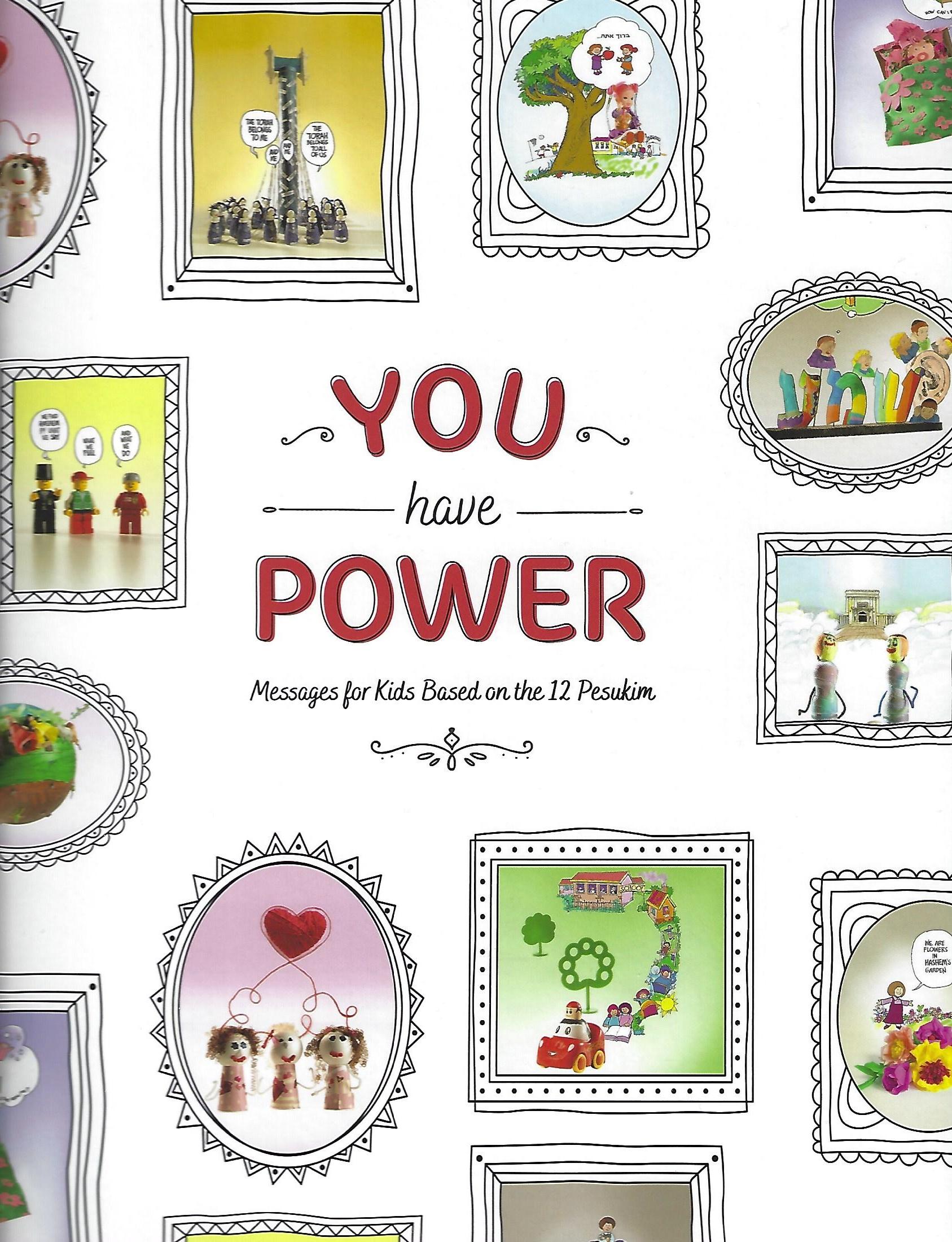 You have Power By Tzivos Hashem $13.95
You have Power By Tzivos Hashem $13.95 -
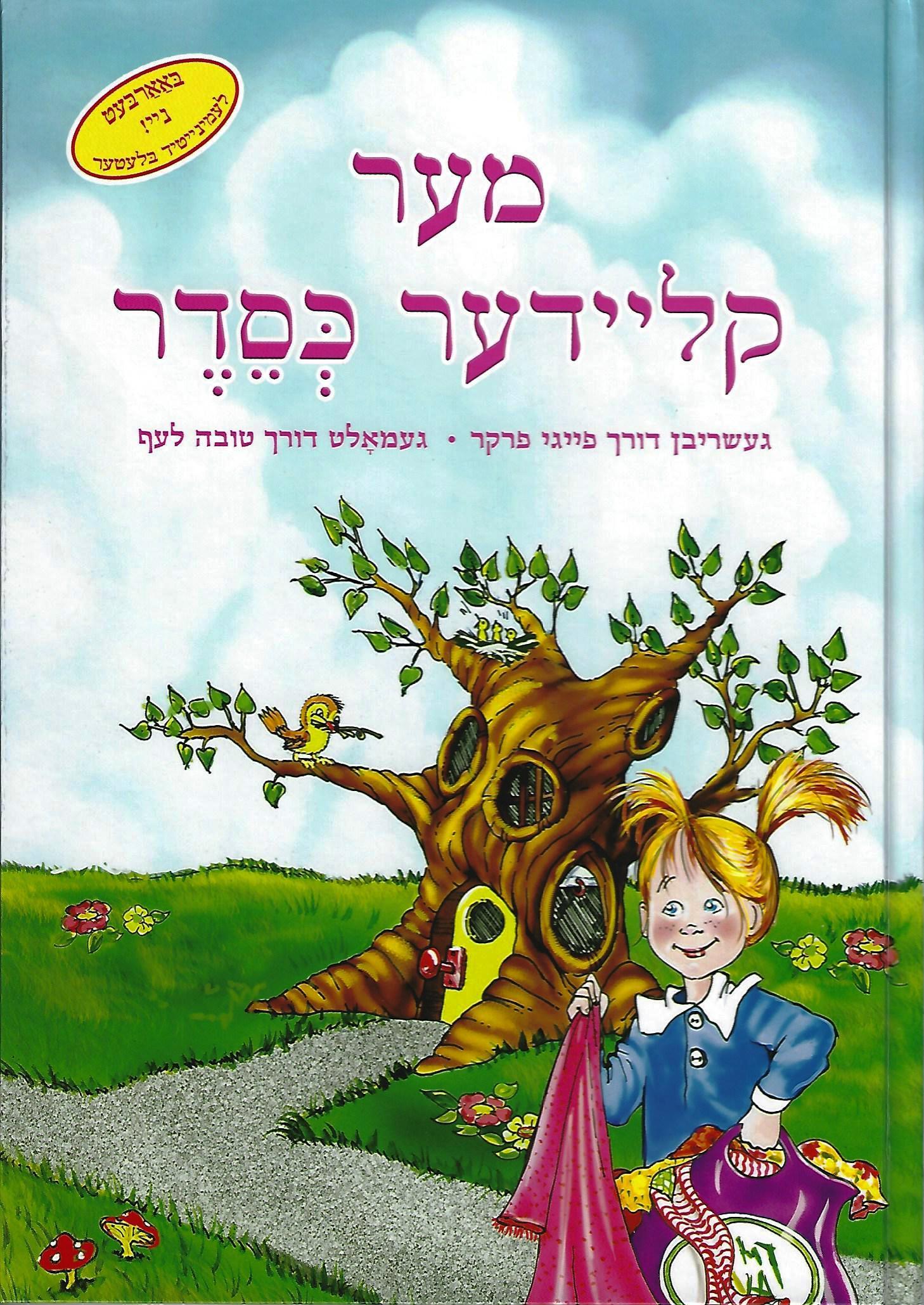 Messes Of Dresses – Yiddish By Faigy Pertzig / Parker $12.95
Messes Of Dresses – Yiddish By Faigy Pertzig / Parker $12.95 -
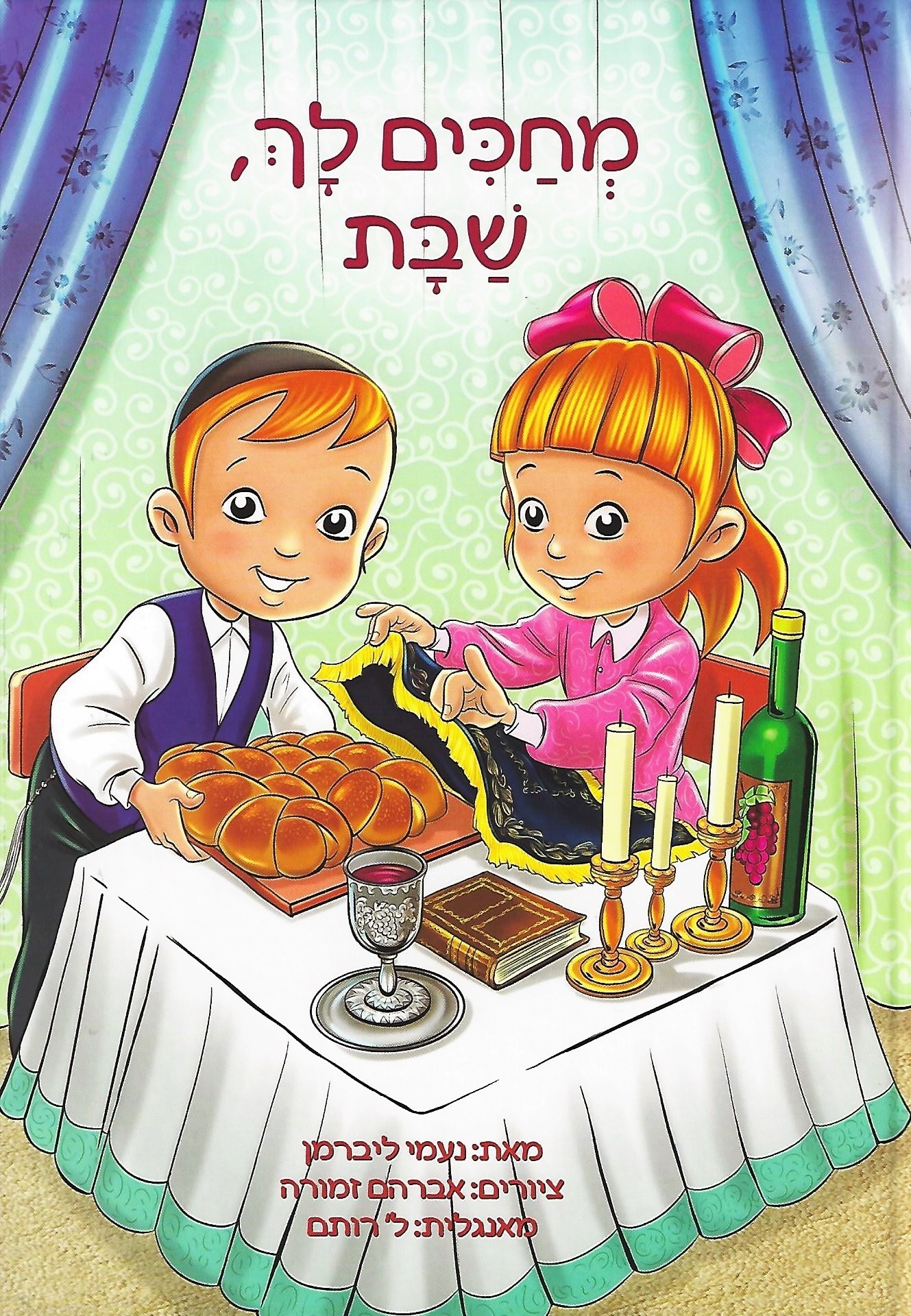 Shabbos Shabbos I Love You / Mechakim Lech Shabbos (Hebrew Edition) By Naomi Lieberman $0.00
Shabbos Shabbos I Love You / Mechakim Lech Shabbos (Hebrew Edition) By Naomi Lieberman $0.00 -
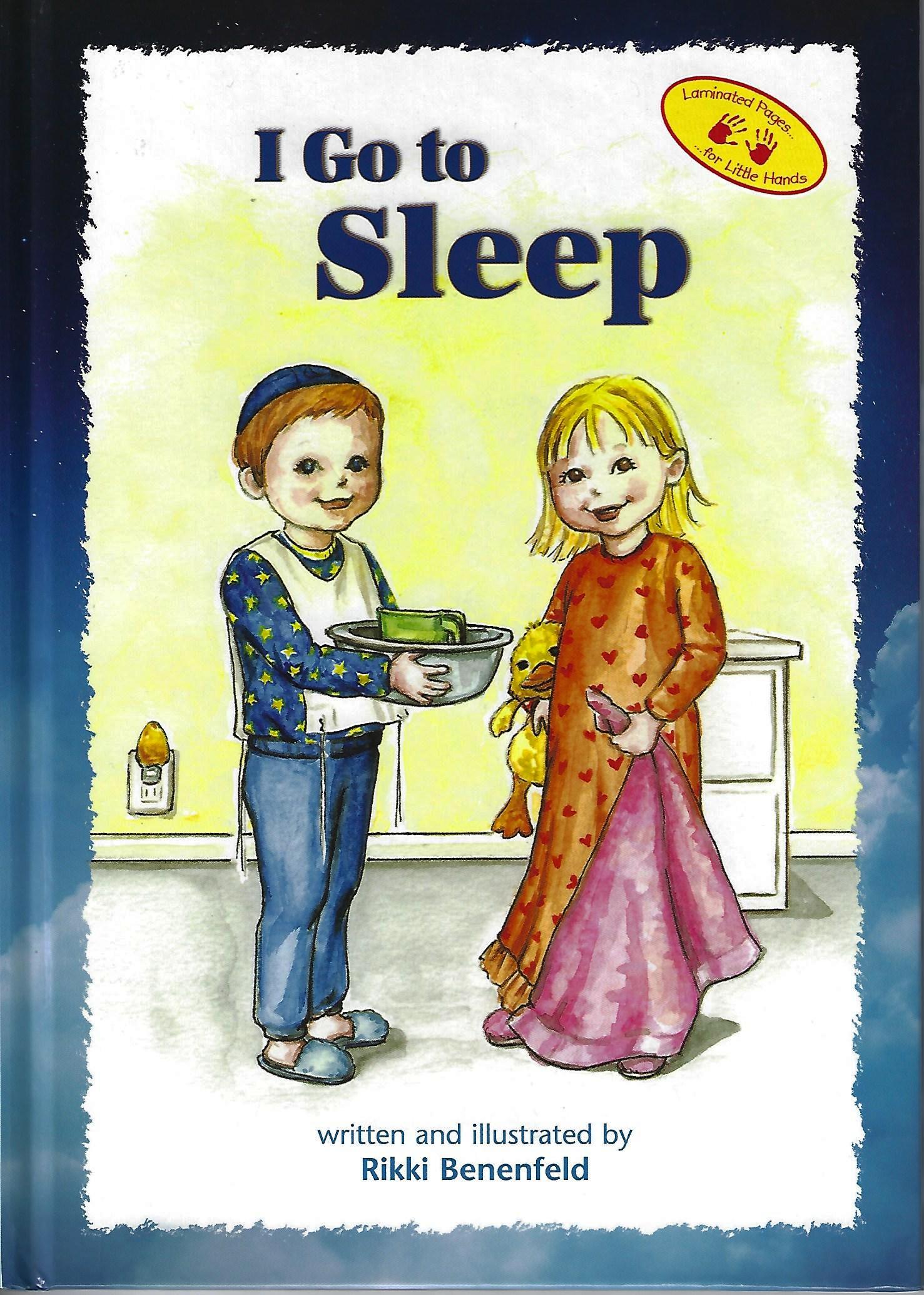 I Go to Sleep By Rikki Benenfeld $12.95
I Go to Sleep By Rikki Benenfeld $12.95 -
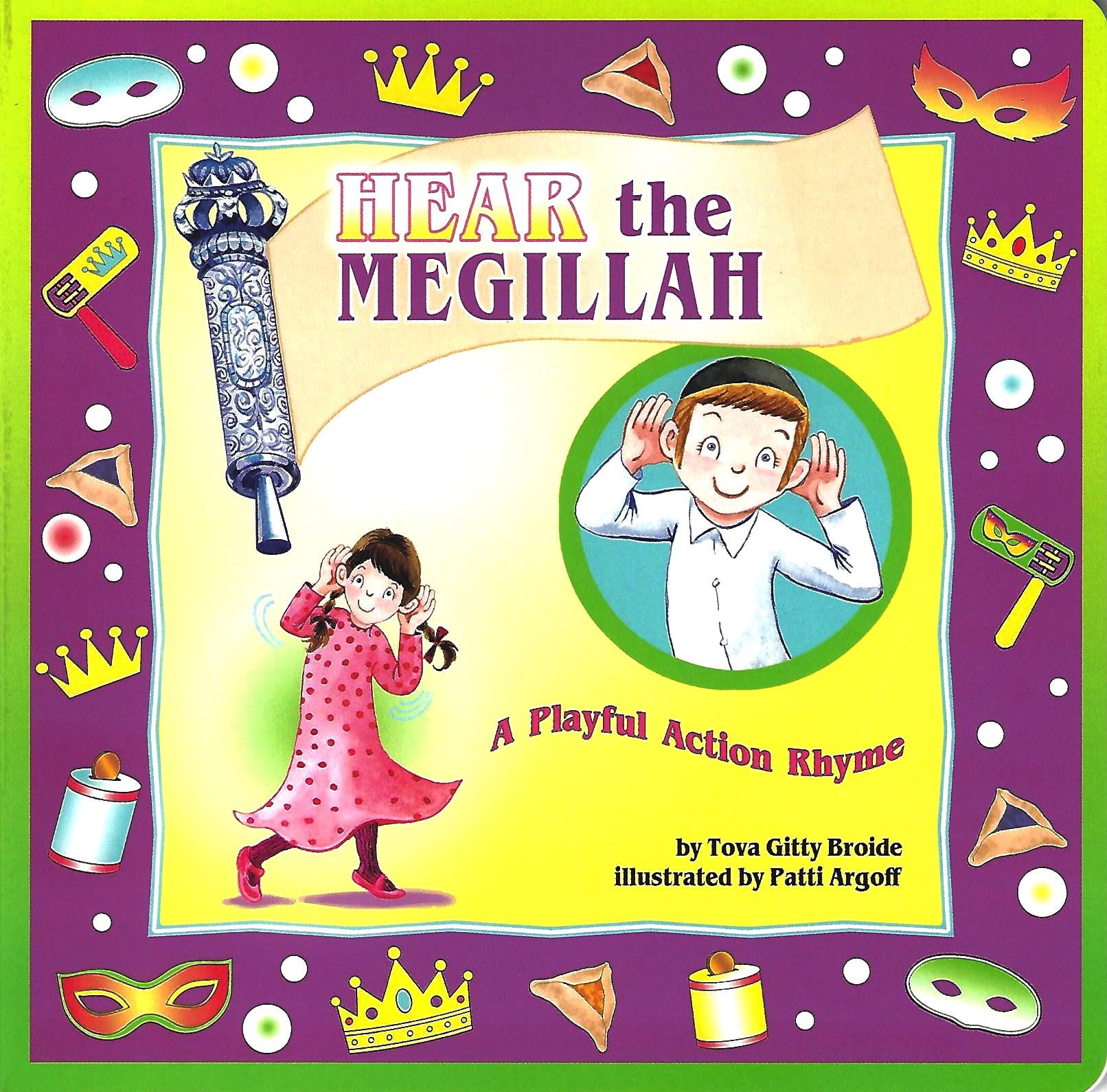 Hear the Megillah – A Playful Action Rhyme By Tova Gitty Broide $7.95
Hear the Megillah – A Playful Action Rhyme By Tova Gitty Broide $7.95 -
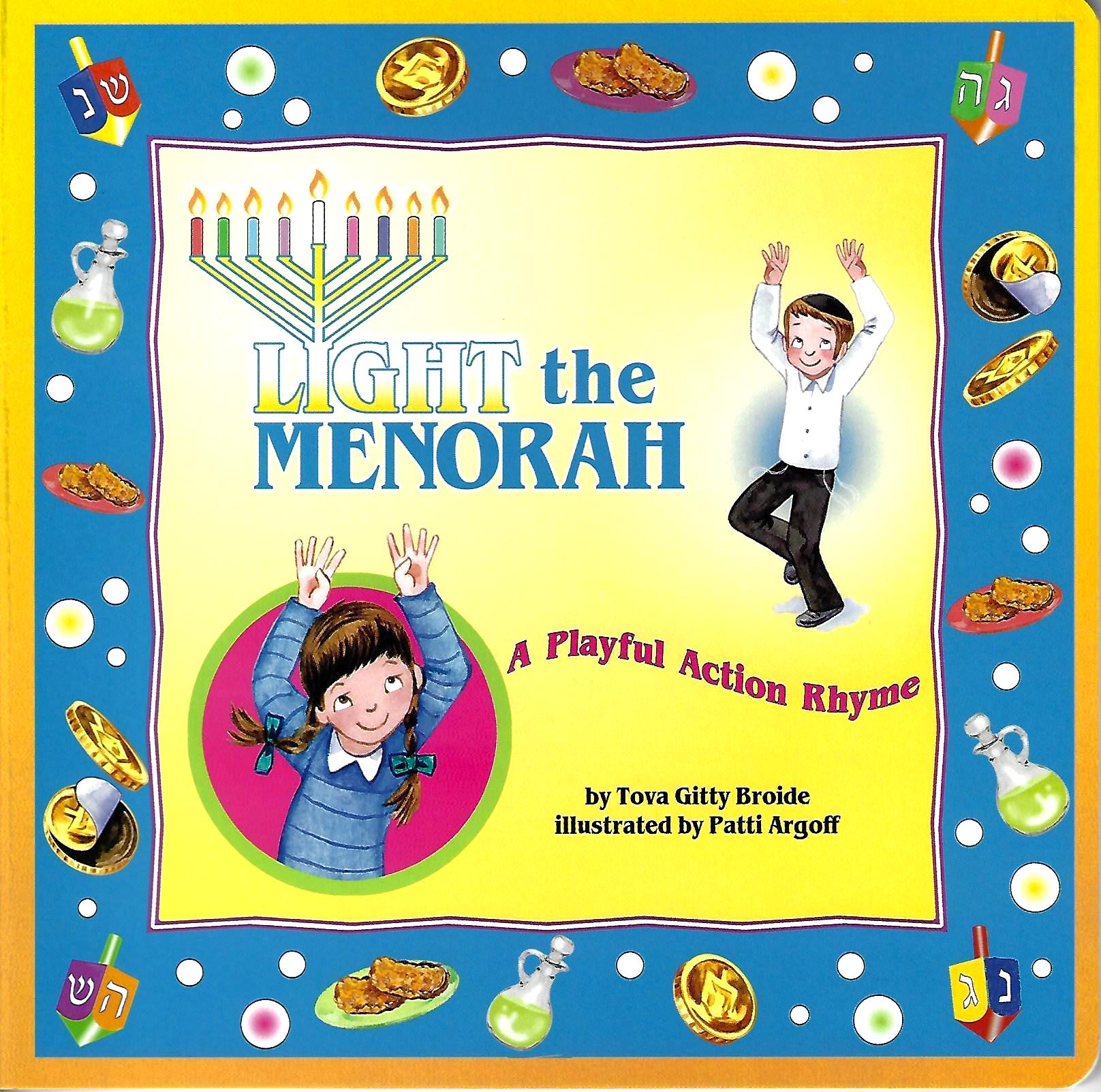 Light the Menorah – A Playful Action Rhyme By Tova Gitty Broide $7.95
Light the Menorah – A Playful Action Rhyme By Tova Gitty Broide $7.95 -
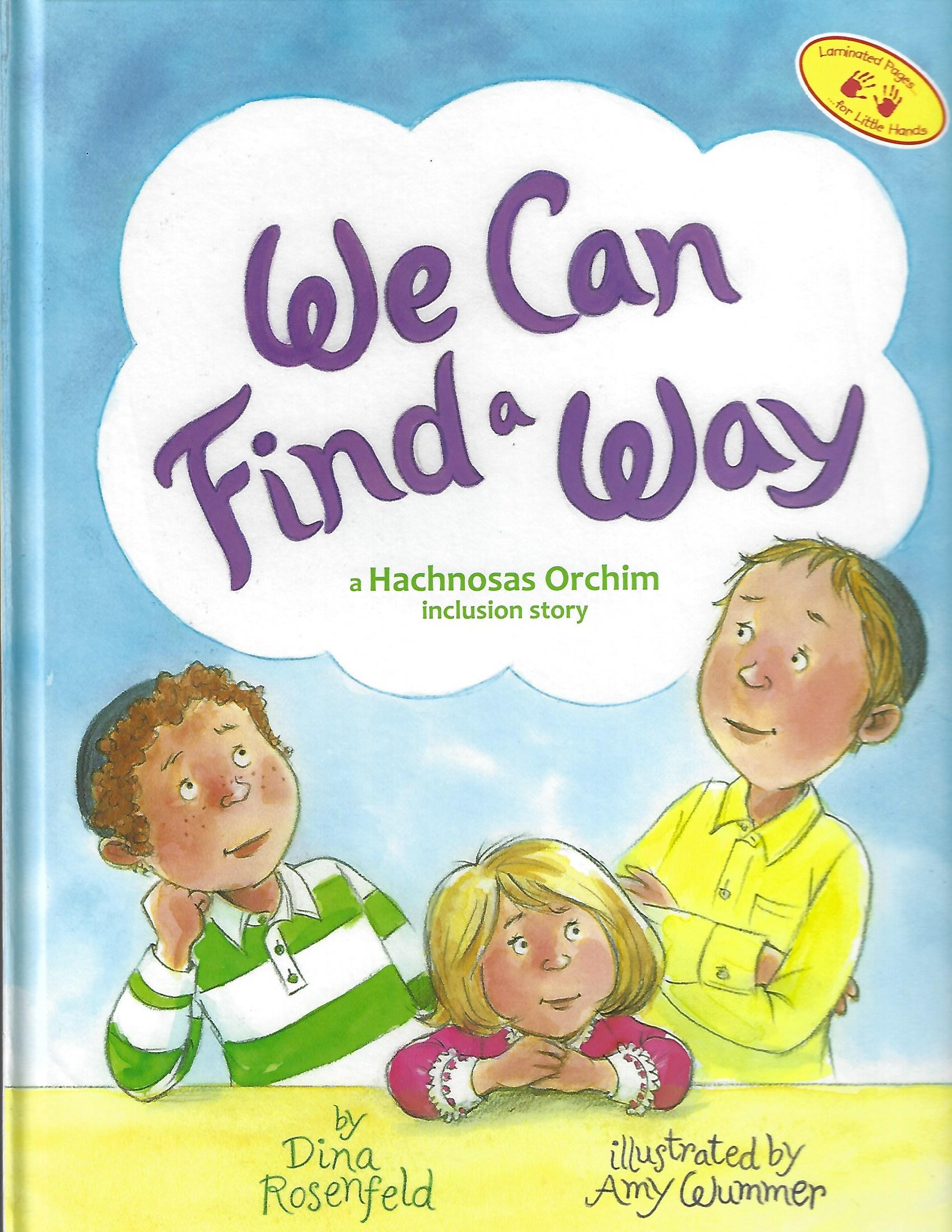 We Can Find a Way By Dina Rosenfeld $13.95
We Can Find a Way By Dina Rosenfeld $13.95 -
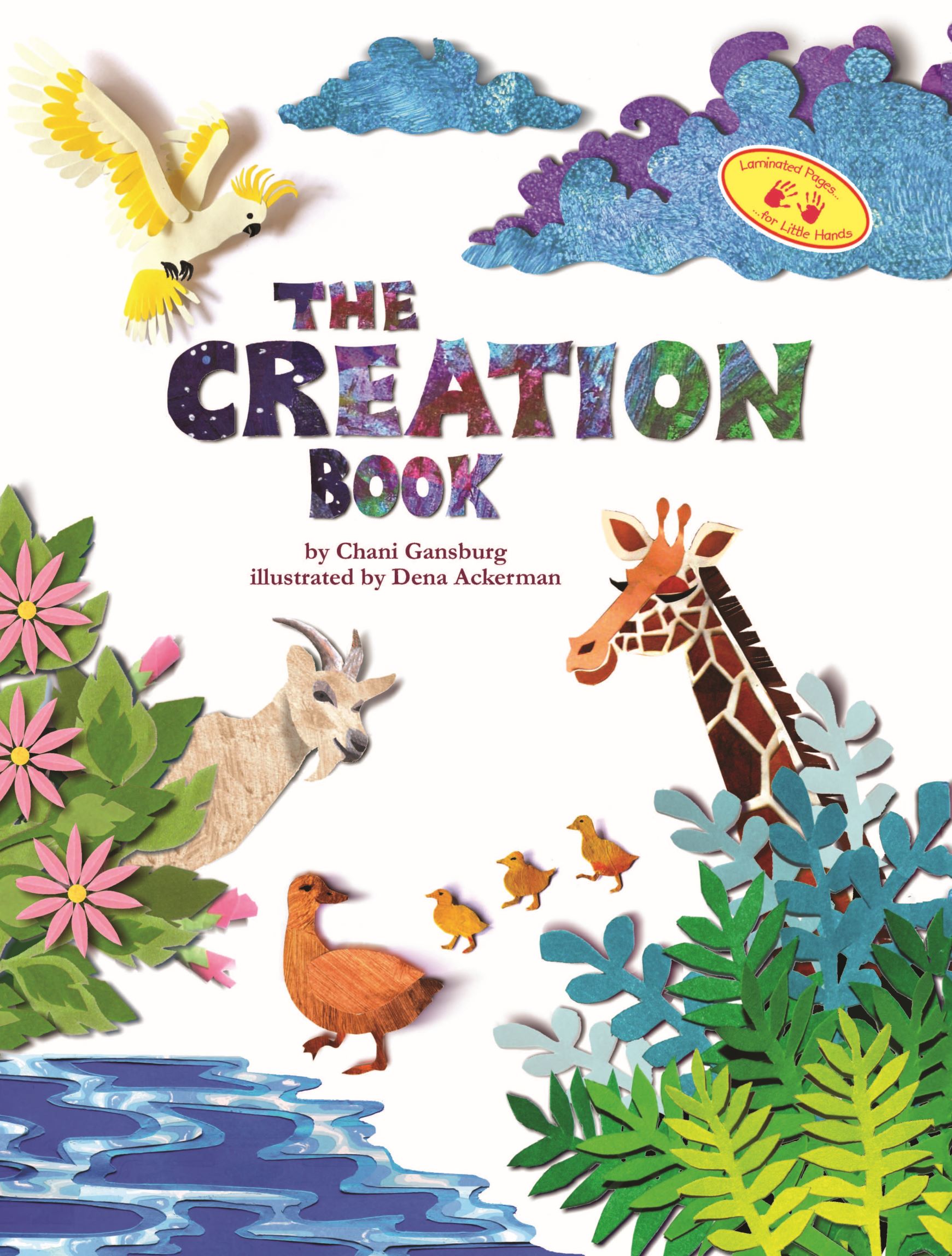 The Creation Book By Chani Gansburg $13.95
The Creation Book By Chani Gansburg $13.95 -
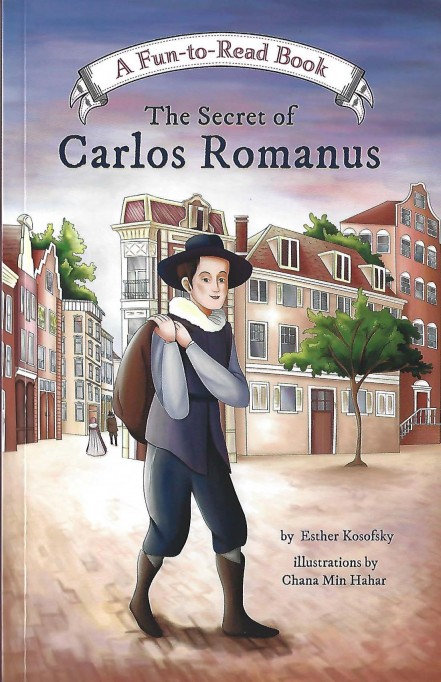 The Secret of Carlos Romanus – A Fun to Read Book By Esther Kosofsky $12.95
The Secret of Carlos Romanus – A Fun to Read Book By Esther Kosofsky $12.95 -
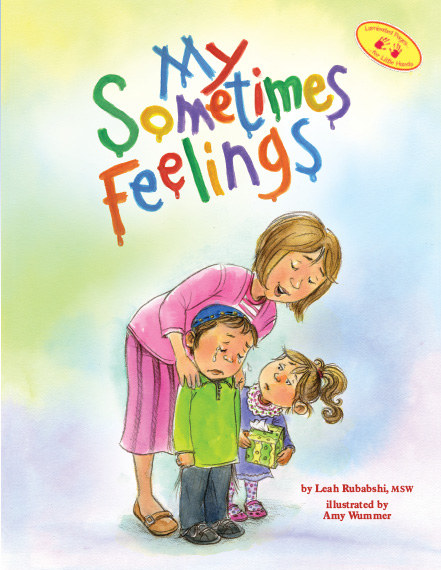 My Sometimes Feelings By Leah Rubabshi $13.95
My Sometimes Feelings By Leah Rubabshi $13.95 -
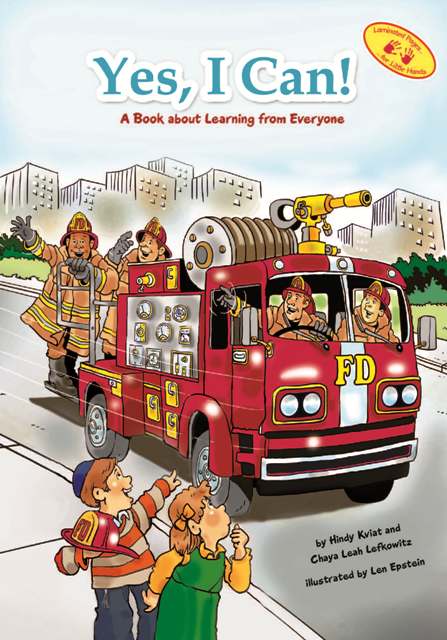 Yes, I Can By Hindy Kviat and Chaya Leah Lefkowitz $12.95
Yes, I Can By Hindy Kviat and Chaya Leah Lefkowitz $12.95 -
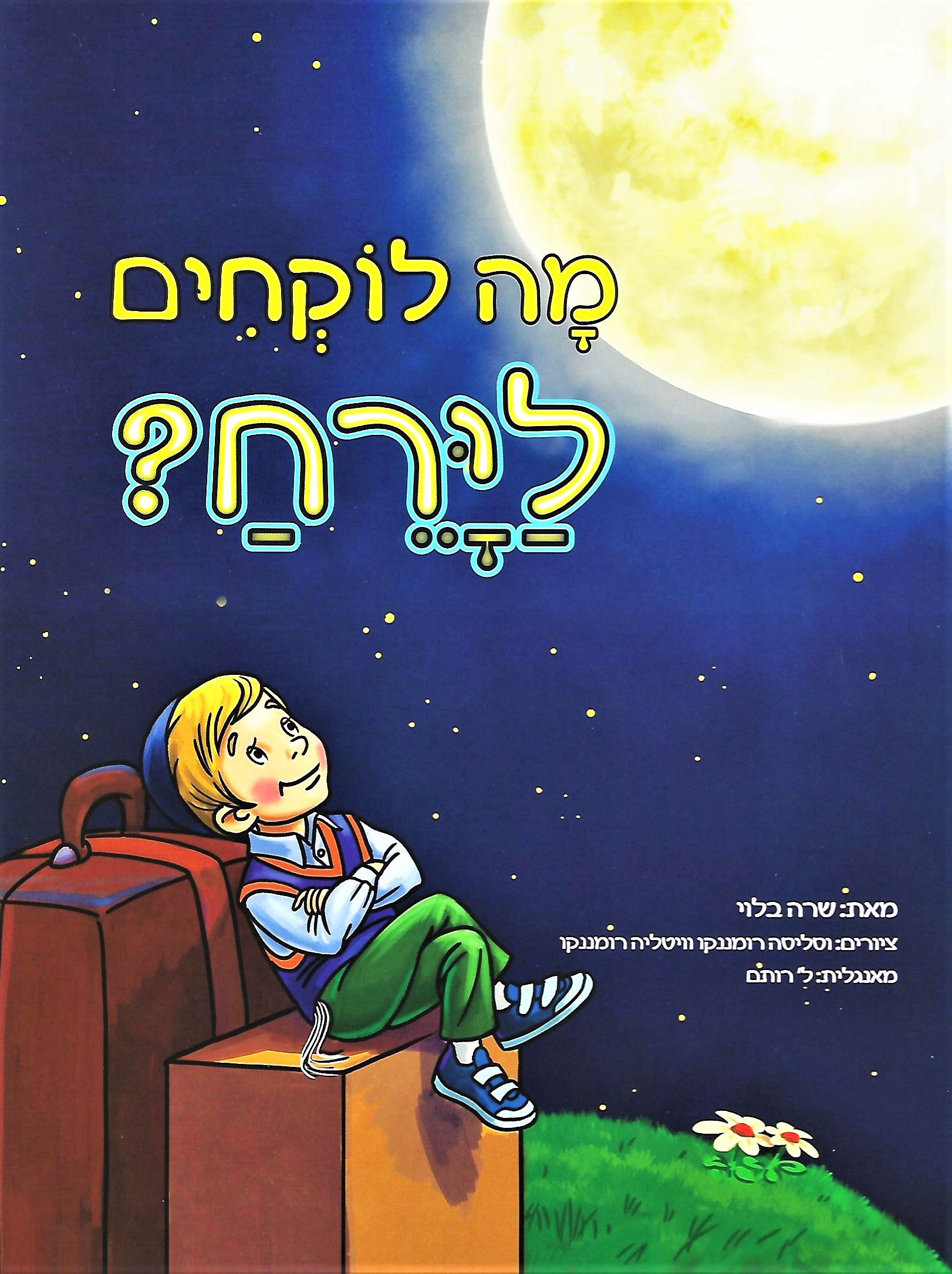 If I Went to the Moon / Mah Lokchim LaYareach? (Hebrew Edition) By Sara Blau $0.00
If I Went to the Moon / Mah Lokchim LaYareach? (Hebrew Edition) By Sara Blau $0.00 -
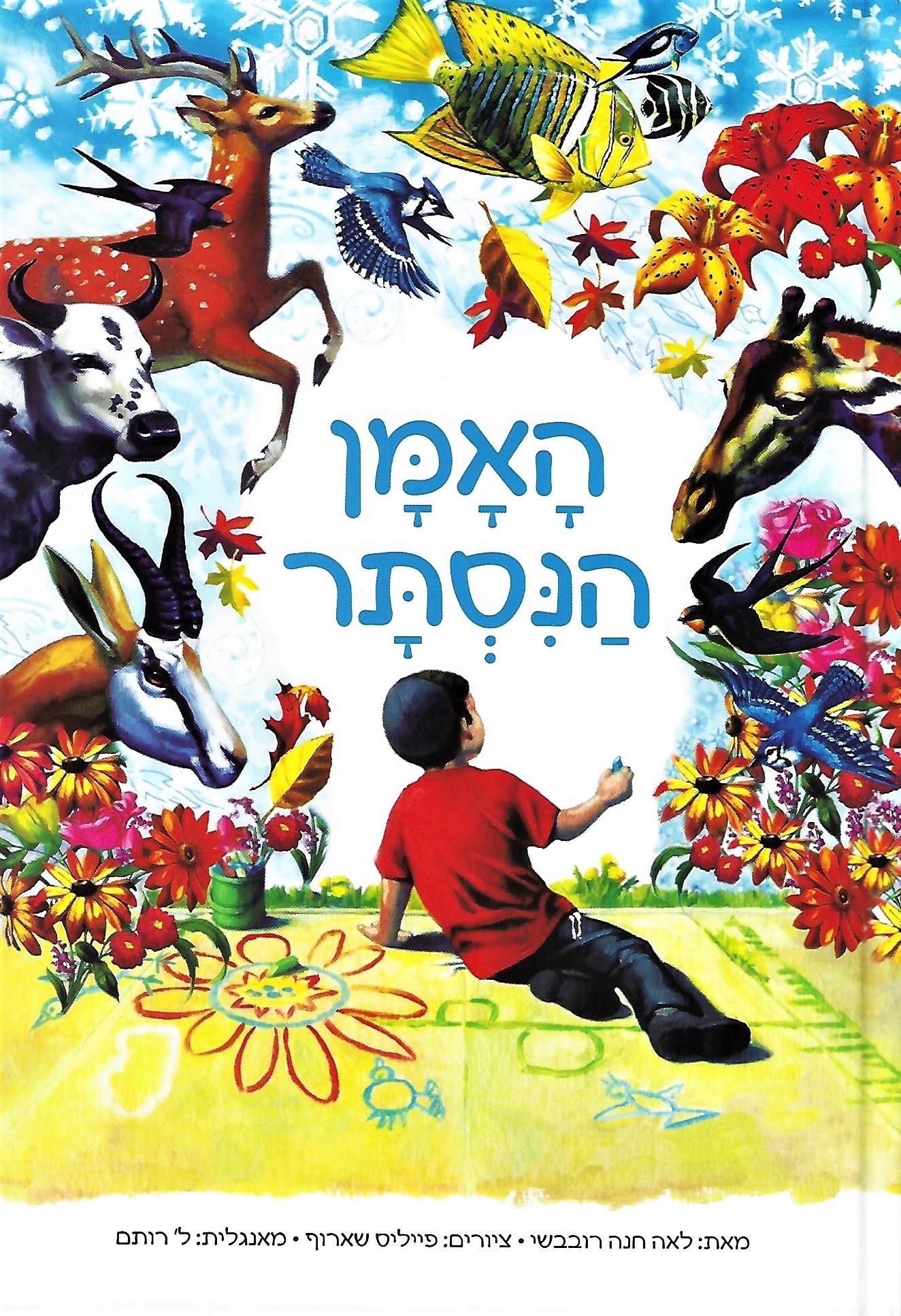 The Hidden Artist / HaAman HaNistar (Hebrew Edition) By Leah Chana Rubabshi $0.00
The Hidden Artist / HaAman HaNistar (Hebrew Edition) By Leah Chana Rubabshi $0.00 -
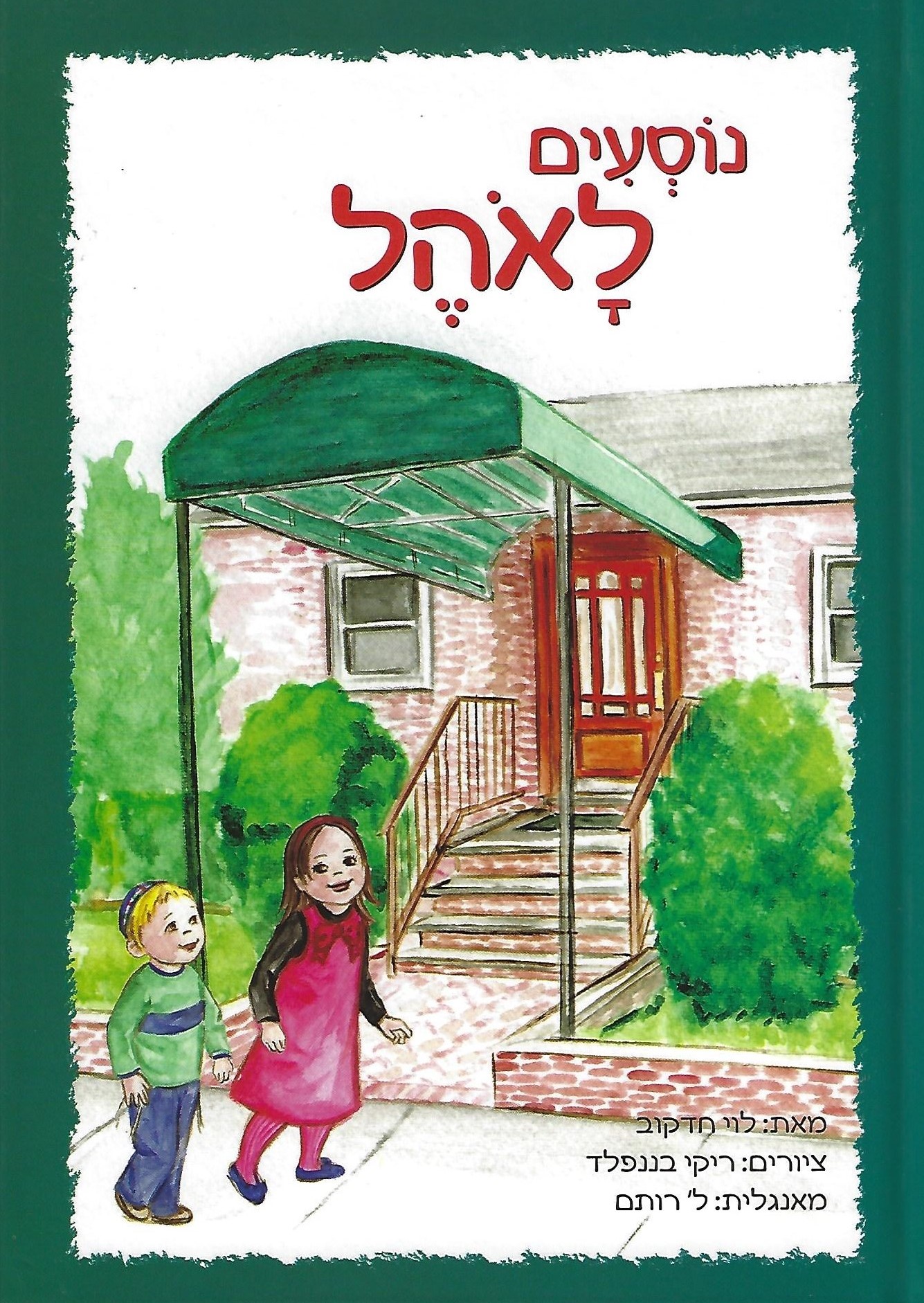 I Go to the Ohel / Nosim LaOhel (Hebrew Edition) By Levi Hodakov $12.95
I Go to the Ohel / Nosim LaOhel (Hebrew Edition) By Levi Hodakov $12.95 -
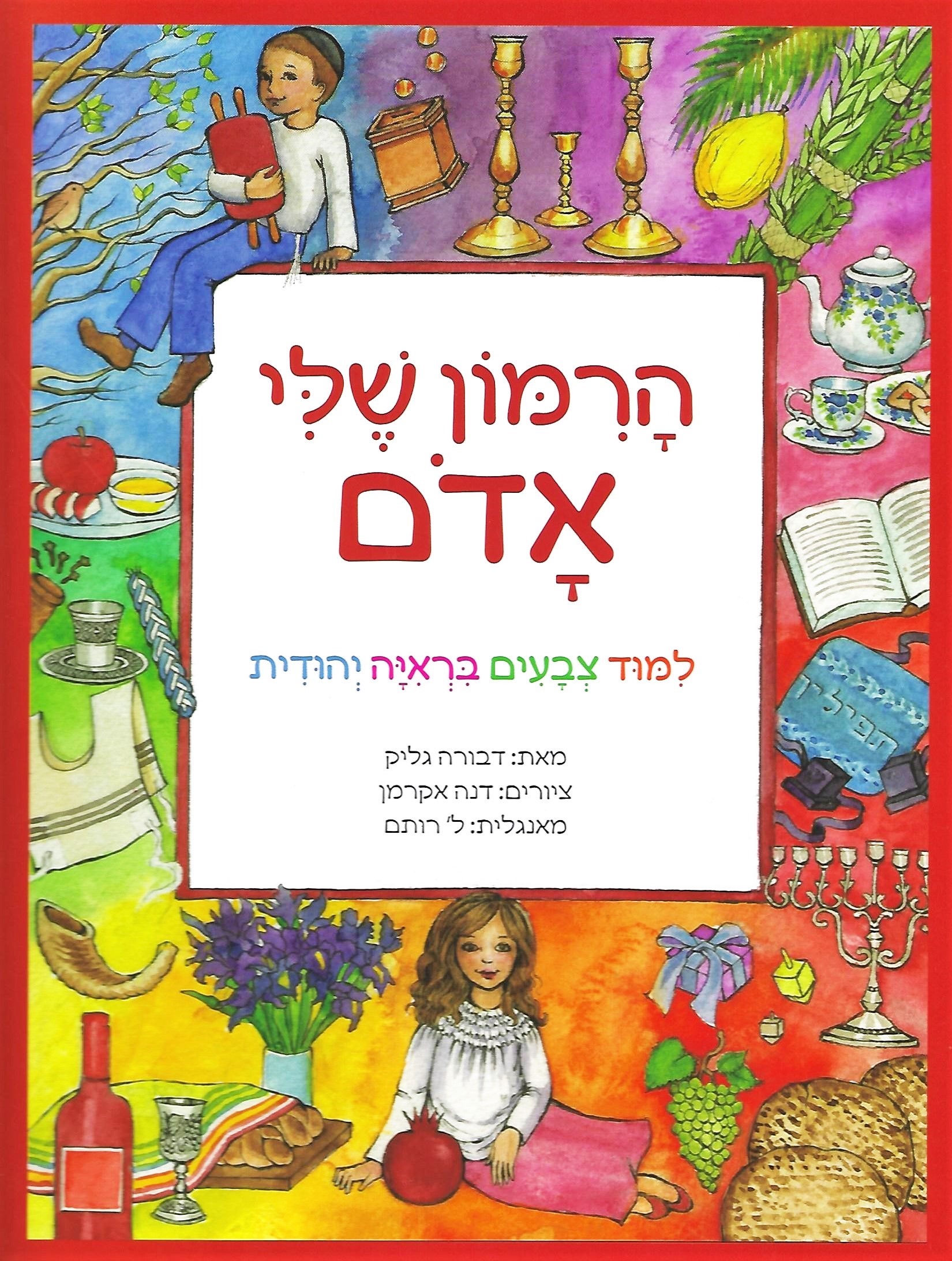 Red is My Rimon – A Jewish Child’s Book of Colors / HaRimon Shehli Adom (Hebrew Edition) By Dvorah Glick $0.00
Red is My Rimon – A Jewish Child’s Book of Colors / HaRimon Shehli Adom (Hebrew Edition) By Dvorah Glick $0.00 -
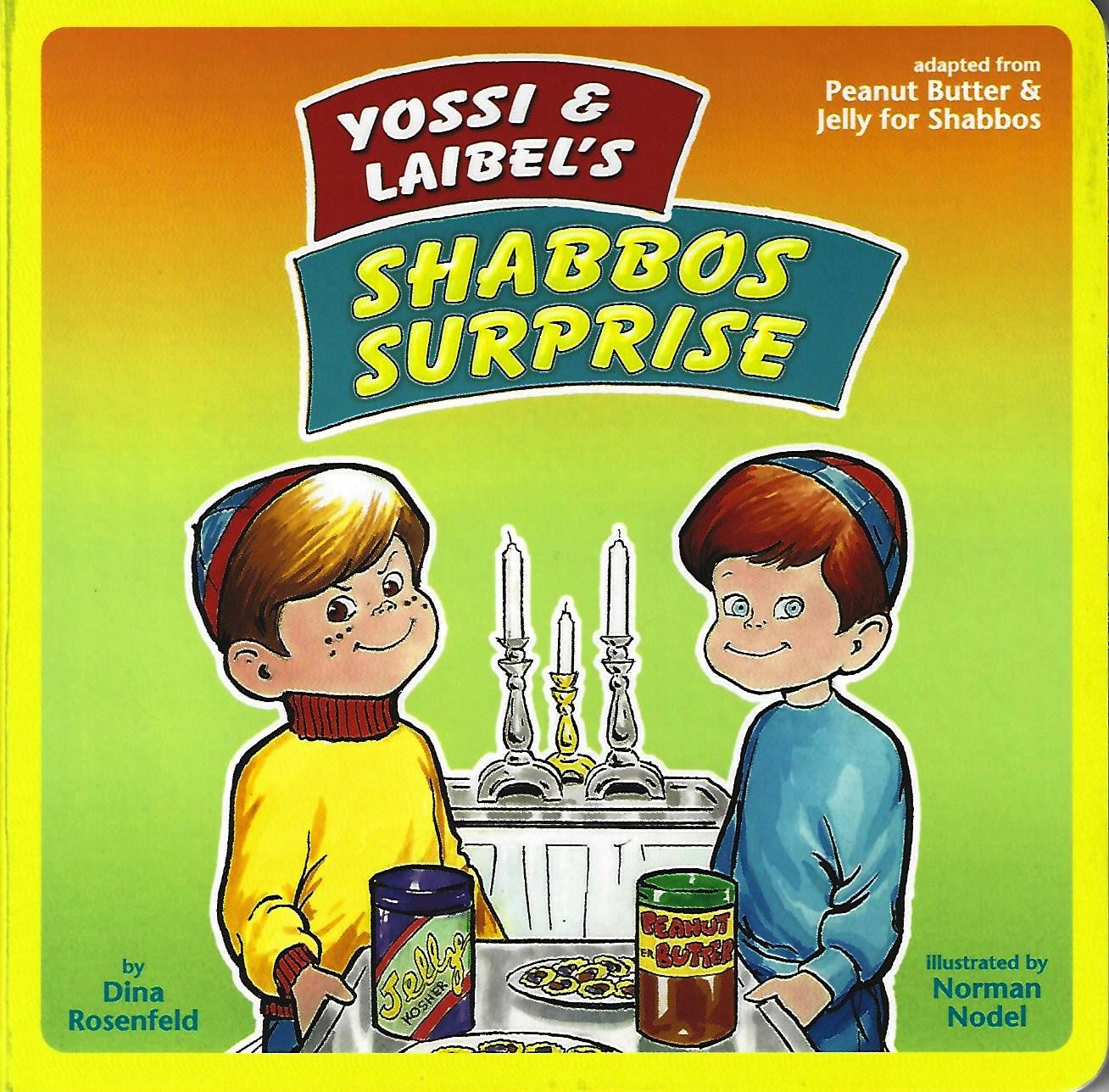 Yossi and Laibel Shabbos Surprise By Dina Rosenfeld $6.95
Yossi and Laibel Shabbos Surprise By Dina Rosenfeld $6.95 -
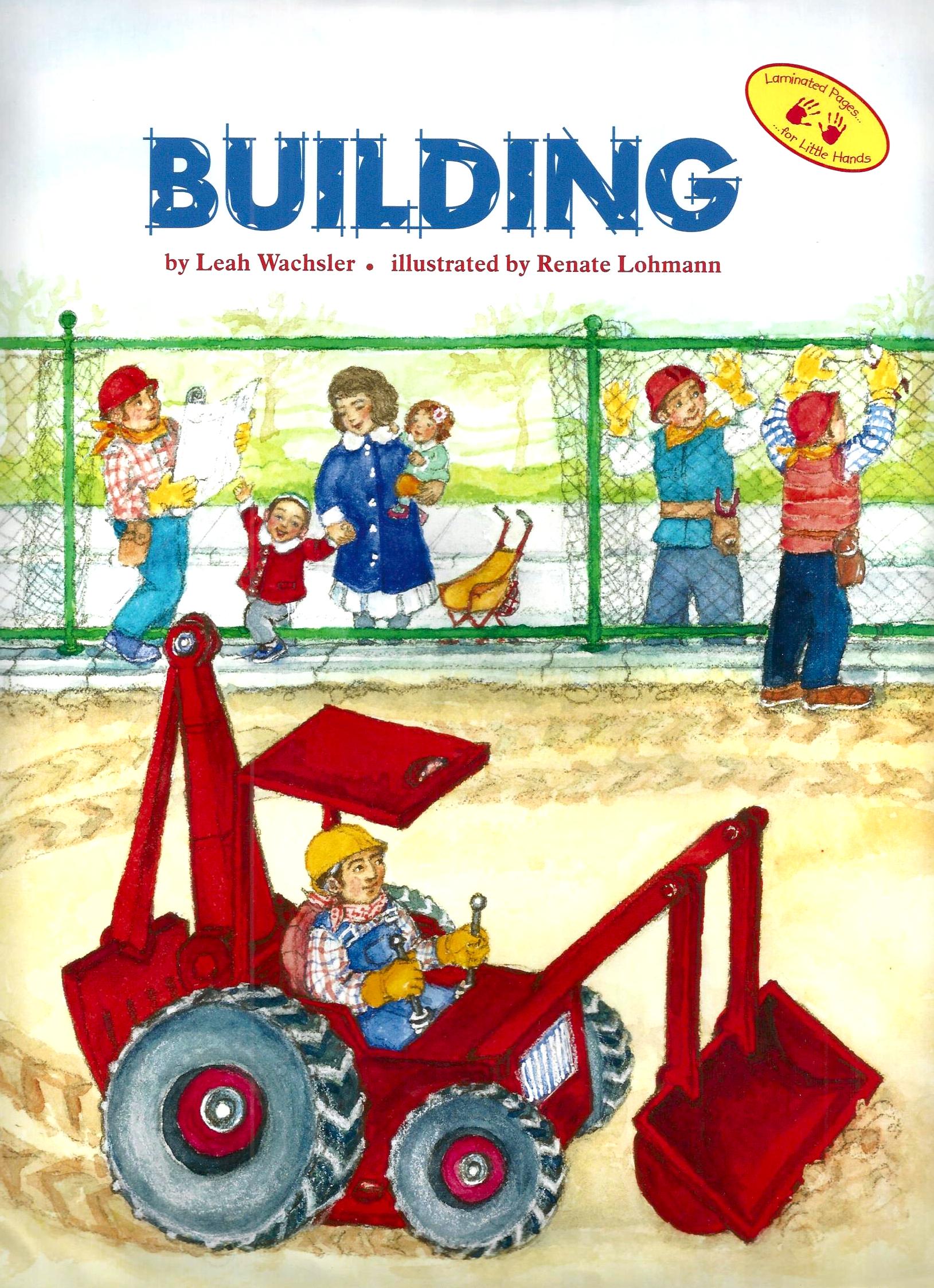 Building By Leah Wachsler $13.95
Building By Leah Wachsler $13.95 -
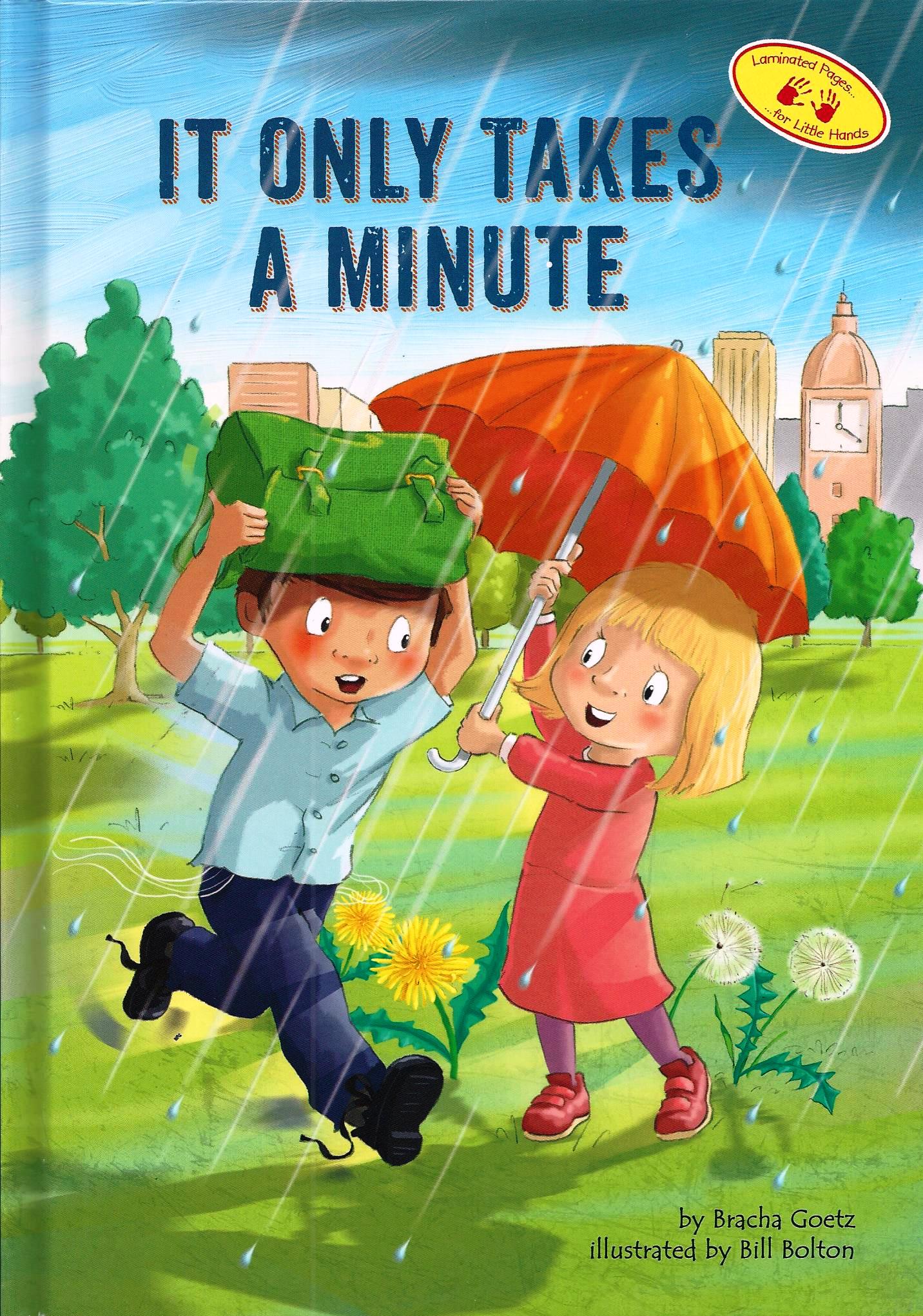 It Only Takes A Minute By Bracha Goetz $12.95
It Only Takes A Minute By Bracha Goetz $12.95 -
 Shavuos Guess Who? A lift the flap book By Ariella Stern $11.95
Shavuos Guess Who? A lift the flap book By Ariella Stern $11.95 -
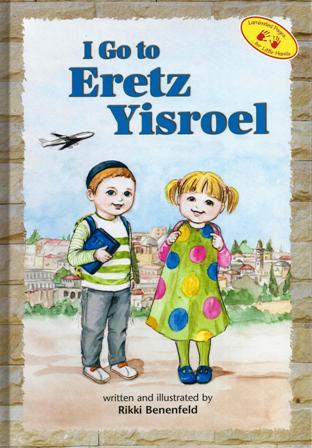 I Go to Eretz Yisroel By Rikki Benenfeld $12.95
I Go to Eretz Yisroel By Rikki Benenfeld $12.95 -
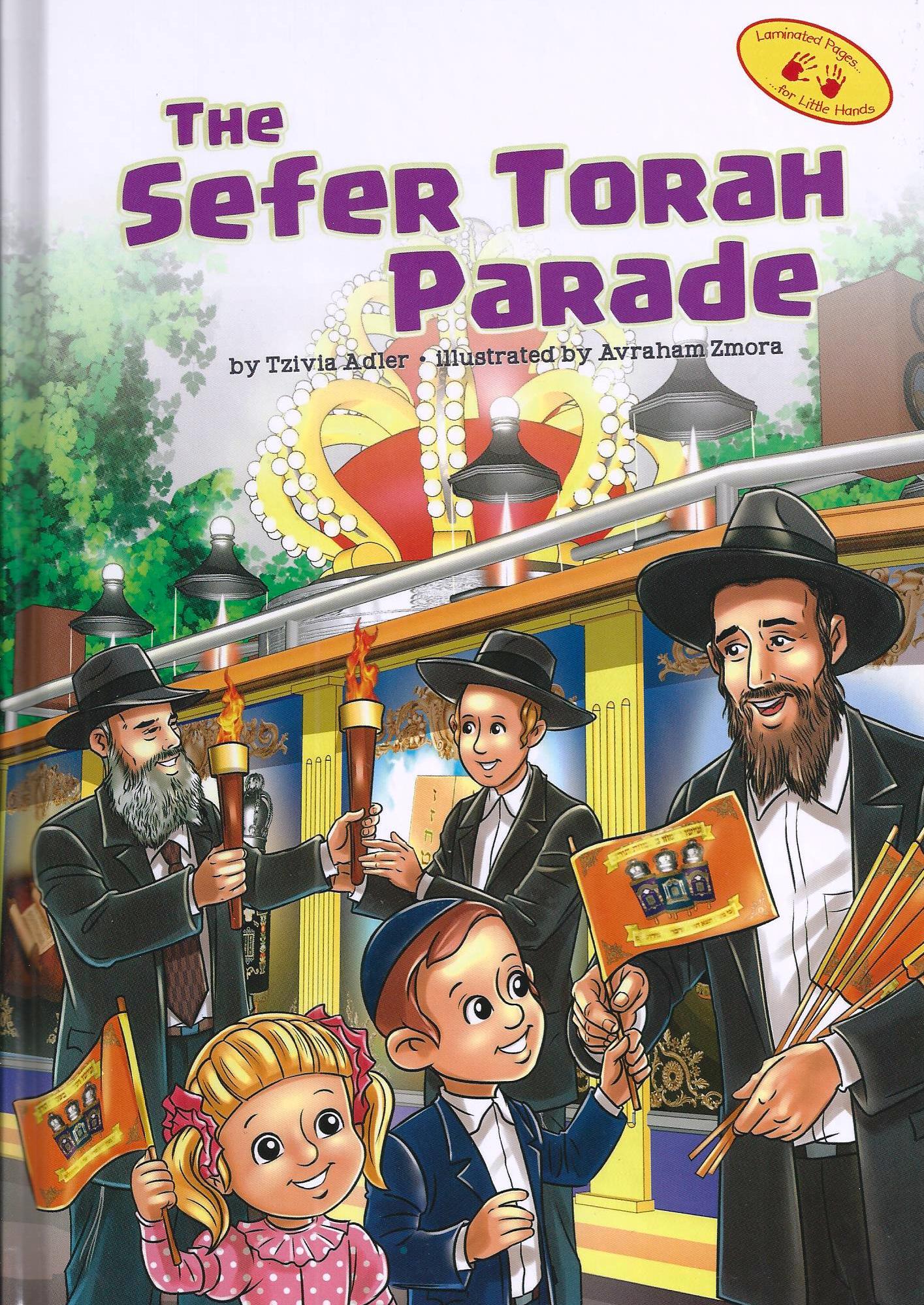 The Sefer Torah Parade By Tziviz Adler $12.00
The Sefer Torah Parade By Tziviz Adler $12.00 -
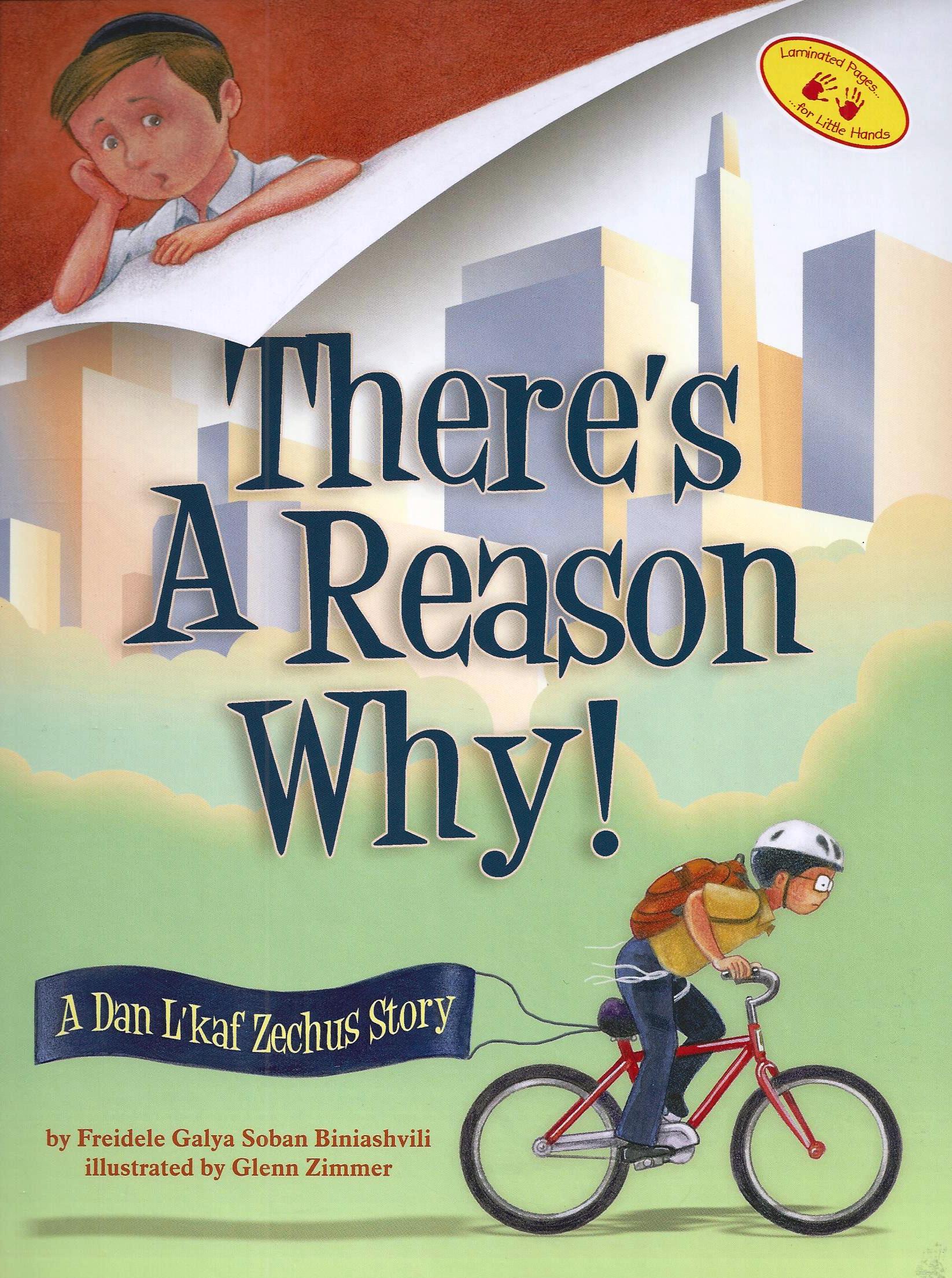 There’s a Reason Why By Freidele Galya Soban Biniashvili $12.00
There’s a Reason Why By Freidele Galya Soban Biniashvili $12.00 -
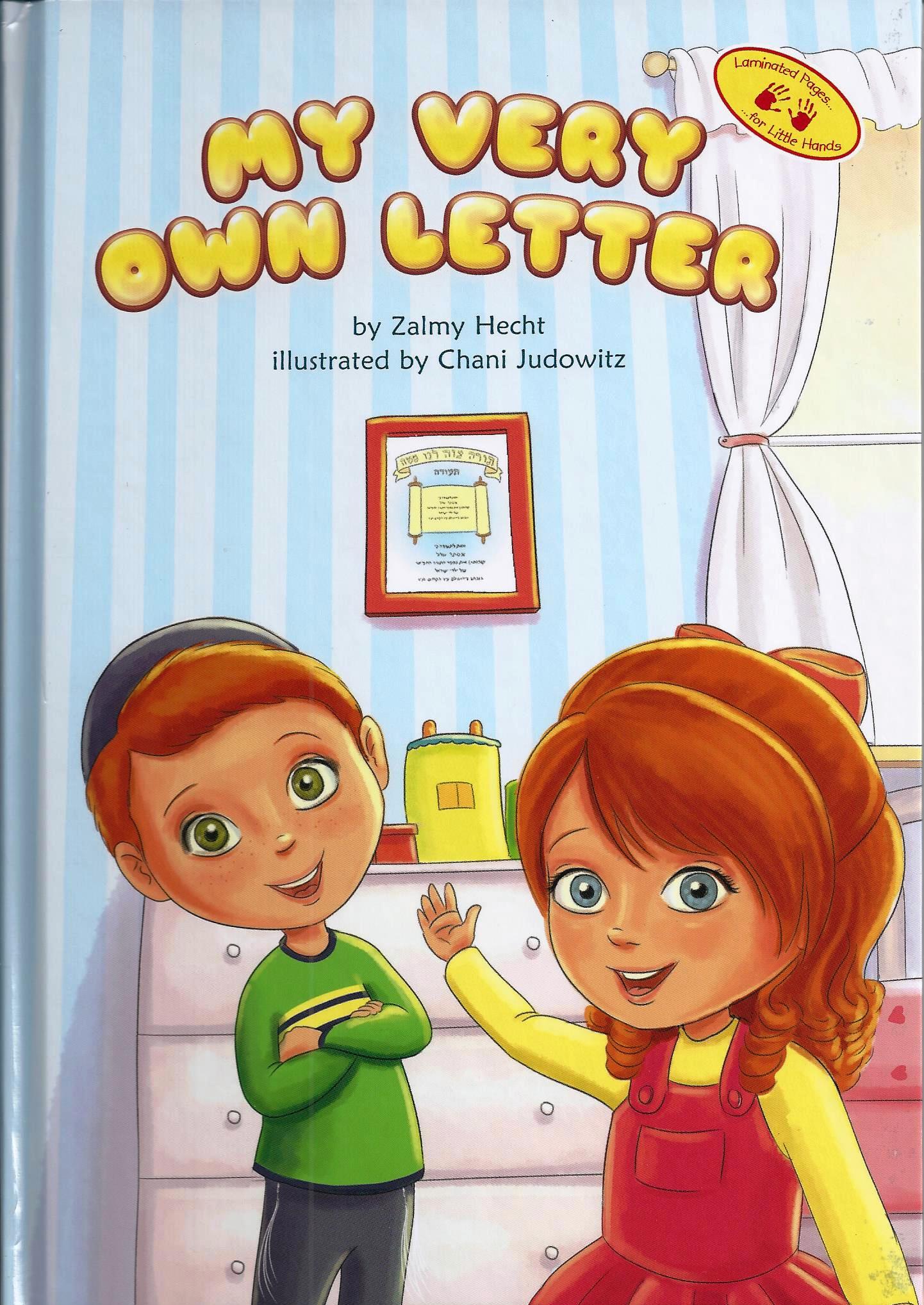 My Very Own Letter By Zalmy Hecht $12.95
My Very Own Letter By Zalmy Hecht $12.95 -
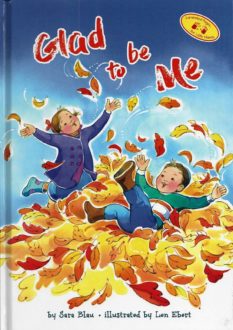 Glad To Be Me By Sara Blau $12.95
Glad To Be Me By Sara Blau $12.95 -
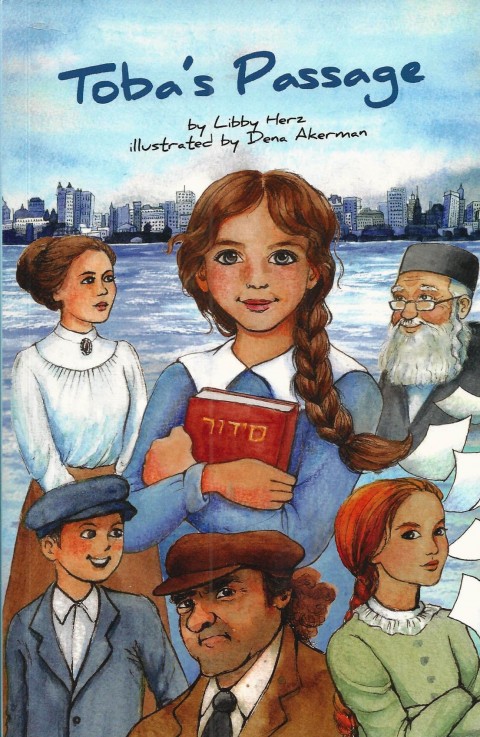 Toba’s Passage By Libby Herz $12.95
Toba’s Passage By Libby Herz $12.95 -
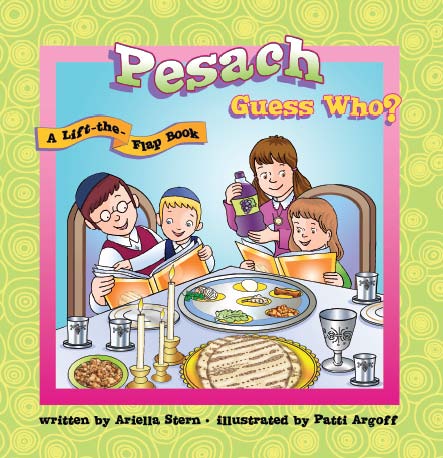 Pesach Guess Who? A lift the flap book By Ariella Stern $11.95
Pesach Guess Who? A lift the flap book By Ariella Stern $11.95 -
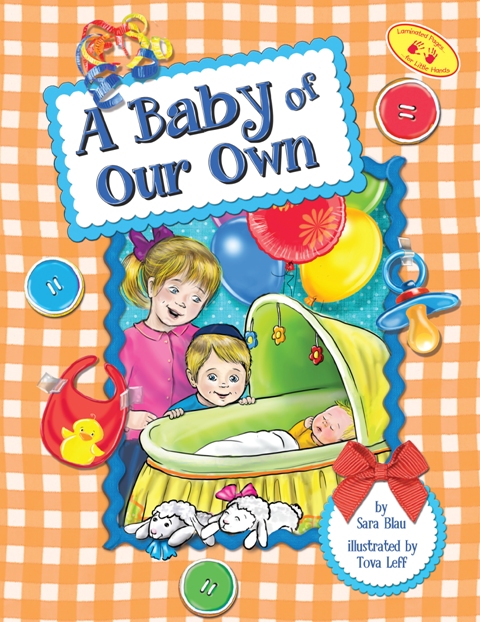 A Baby of Our Own By Sara Blau $13.95
A Baby of Our Own By Sara Blau $13.95 -
 Let’s Go to the Park By Rikki Benenfeld $12.95
Let’s Go to the Park By Rikki Benenfeld $12.95 -
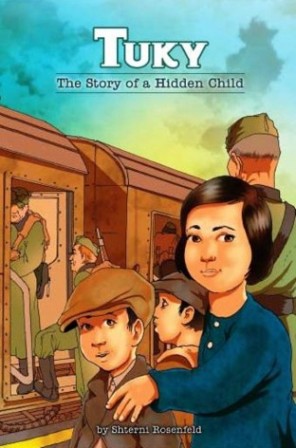 Tuky: The Story of a Hidden Child By Shterni Rosenfeld $12.95
Tuky: The Story of a Hidden Child By Shterni Rosenfeld $12.95 -
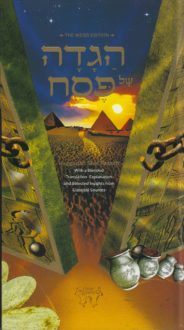 Haggadah Shel Pesach By Living Lessons $24.99
Haggadah Shel Pesach By Living Lessons $24.99 -
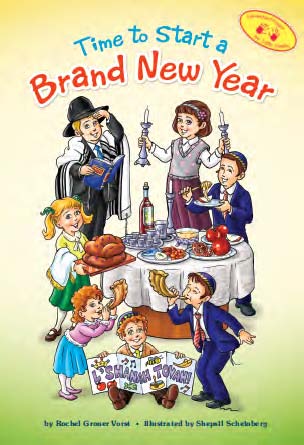 Time to Start a Brand New Year By Rochel Groner Vorst $12.95
Time to Start a Brand New Year By Rochel Groner Vorst $12.95 -
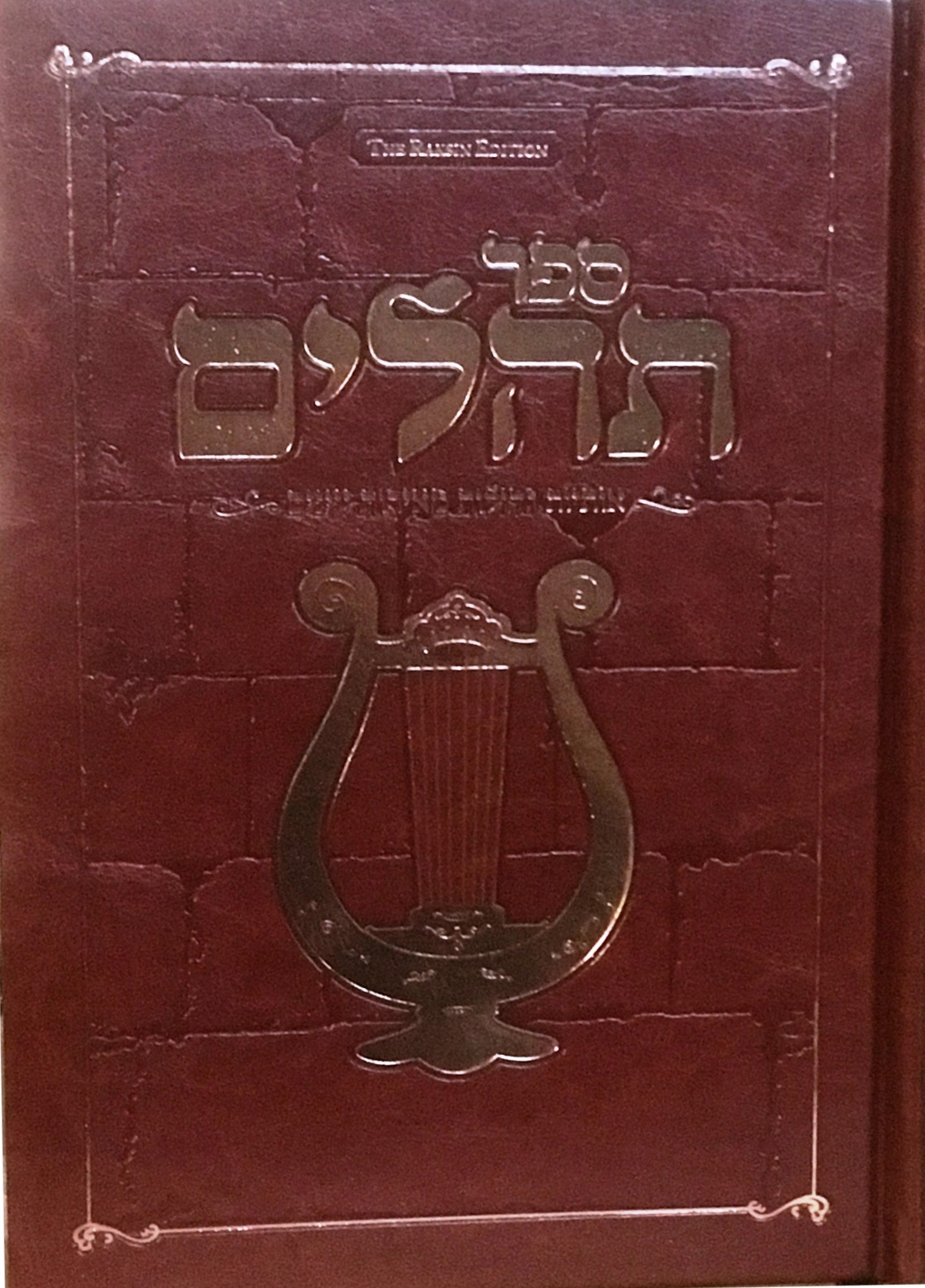 Raksin Tehillim Hebrew By Raksin Edition $25.99
Raksin Tehillim Hebrew By Raksin Edition $25.99 -
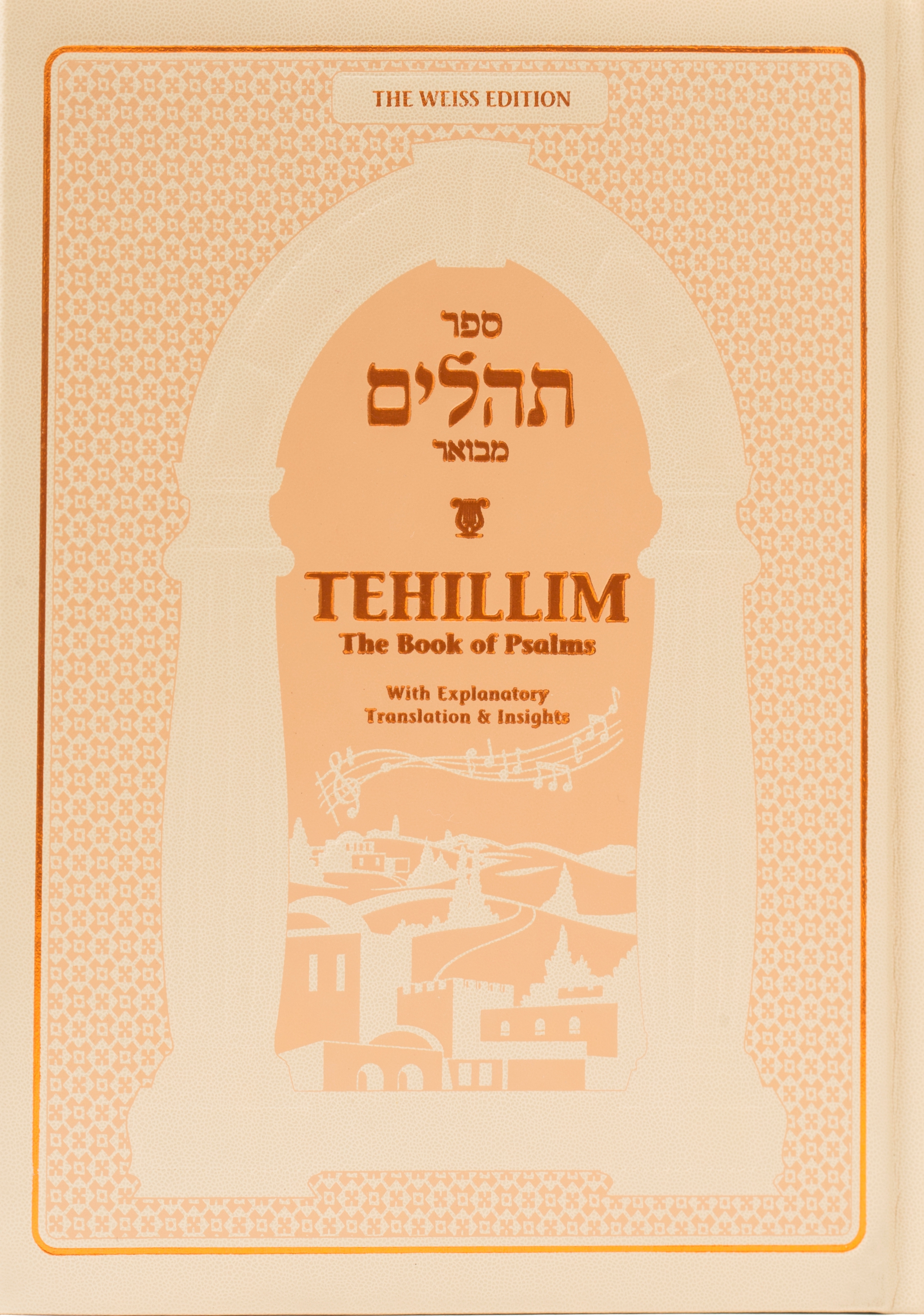 Tehillim – The Weiss Edition (Hebrew/English) $26.99
Tehillim – The Weiss Edition (Hebrew/English) $26.99 -
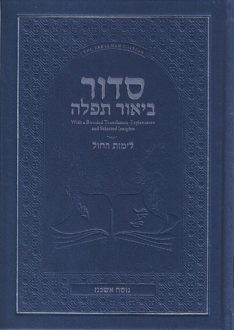 Siddur Biur Tefillah – Weekday – Linear (Nusach Ashkenaz) By Living Lessons $29.99
Siddur Biur Tefillah – Weekday – Linear (Nusach Ashkenaz) By Living Lessons $29.99 -
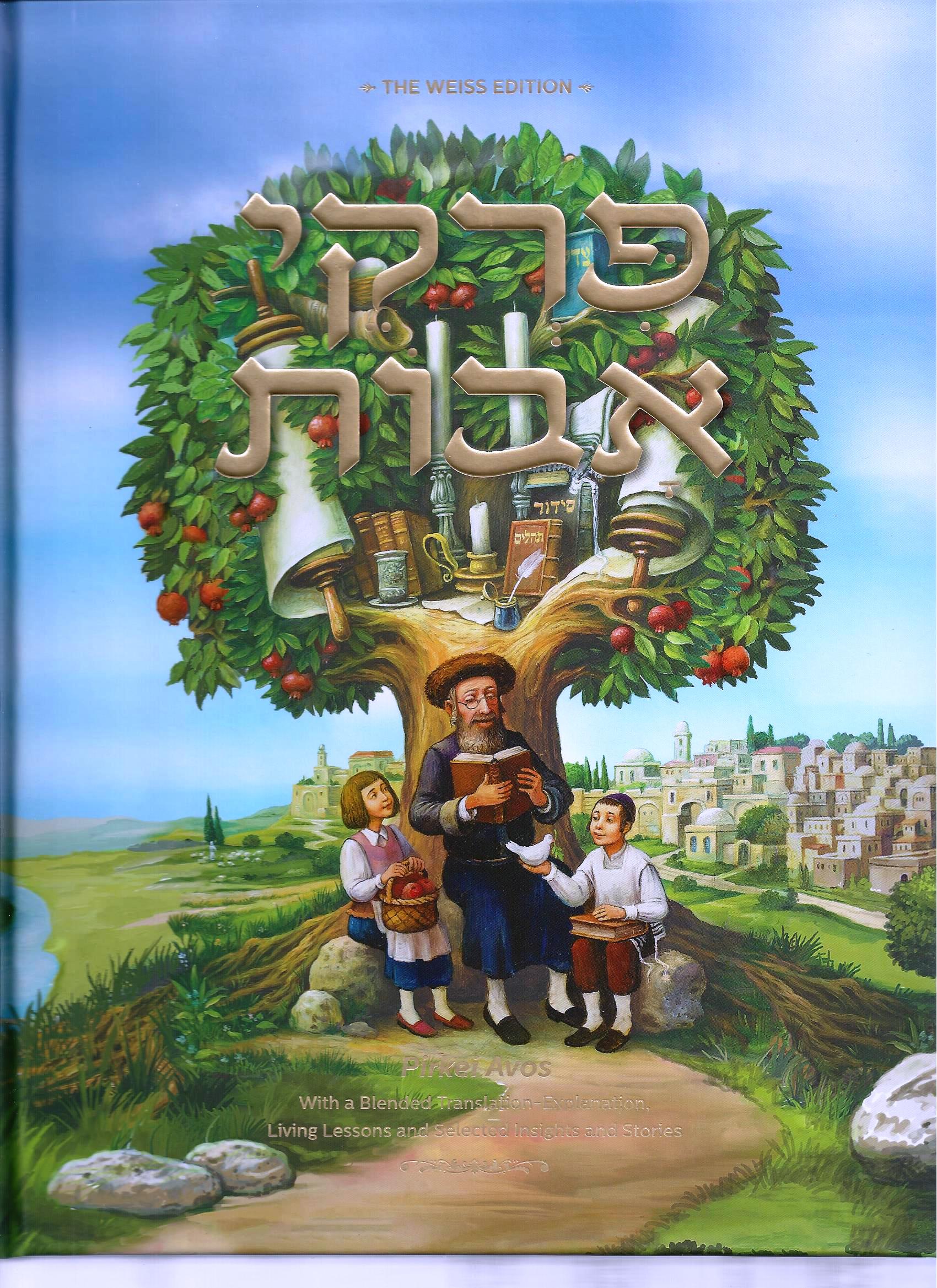 Pirkei Avos By Living Lessons $35.99
Pirkei Avos By Living Lessons $35.99 -
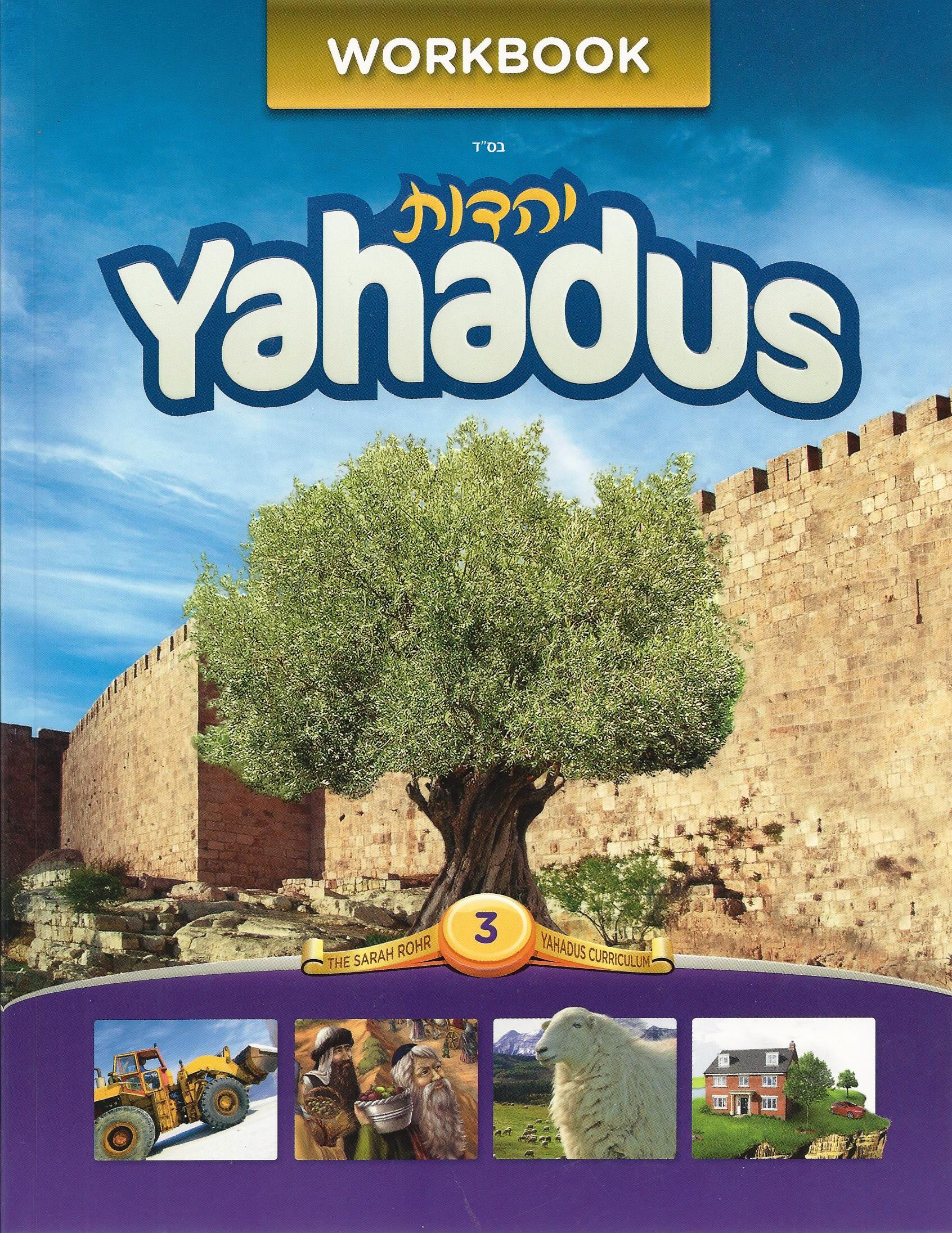 Yahadus Student Workbook – Volume 3 $20.00
Yahadus Student Workbook – Volume 3 $20.00 -
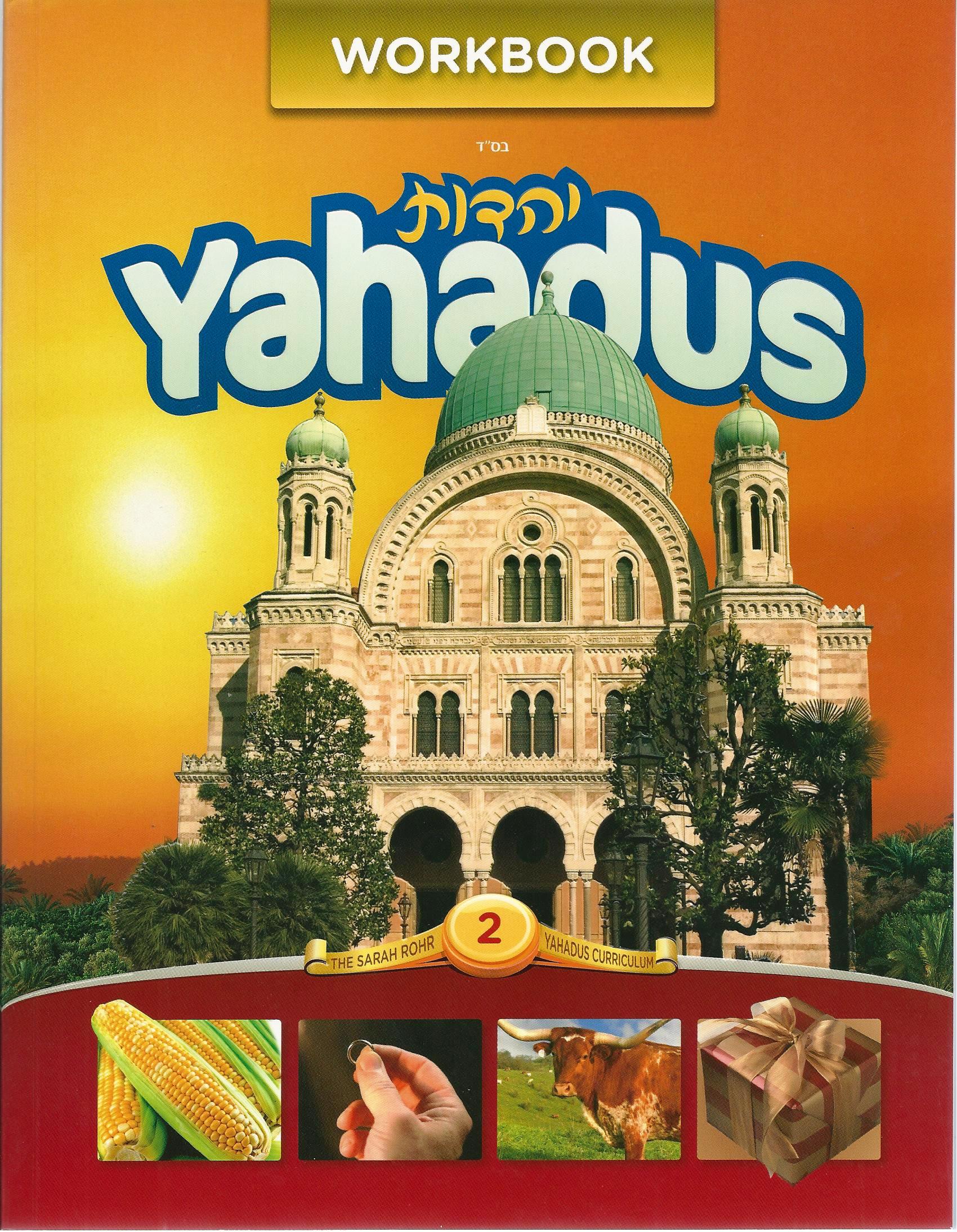 Yahadus Student Workbook – Volume 2 $20.00
Yahadus Student Workbook – Volume 2 $20.00 -
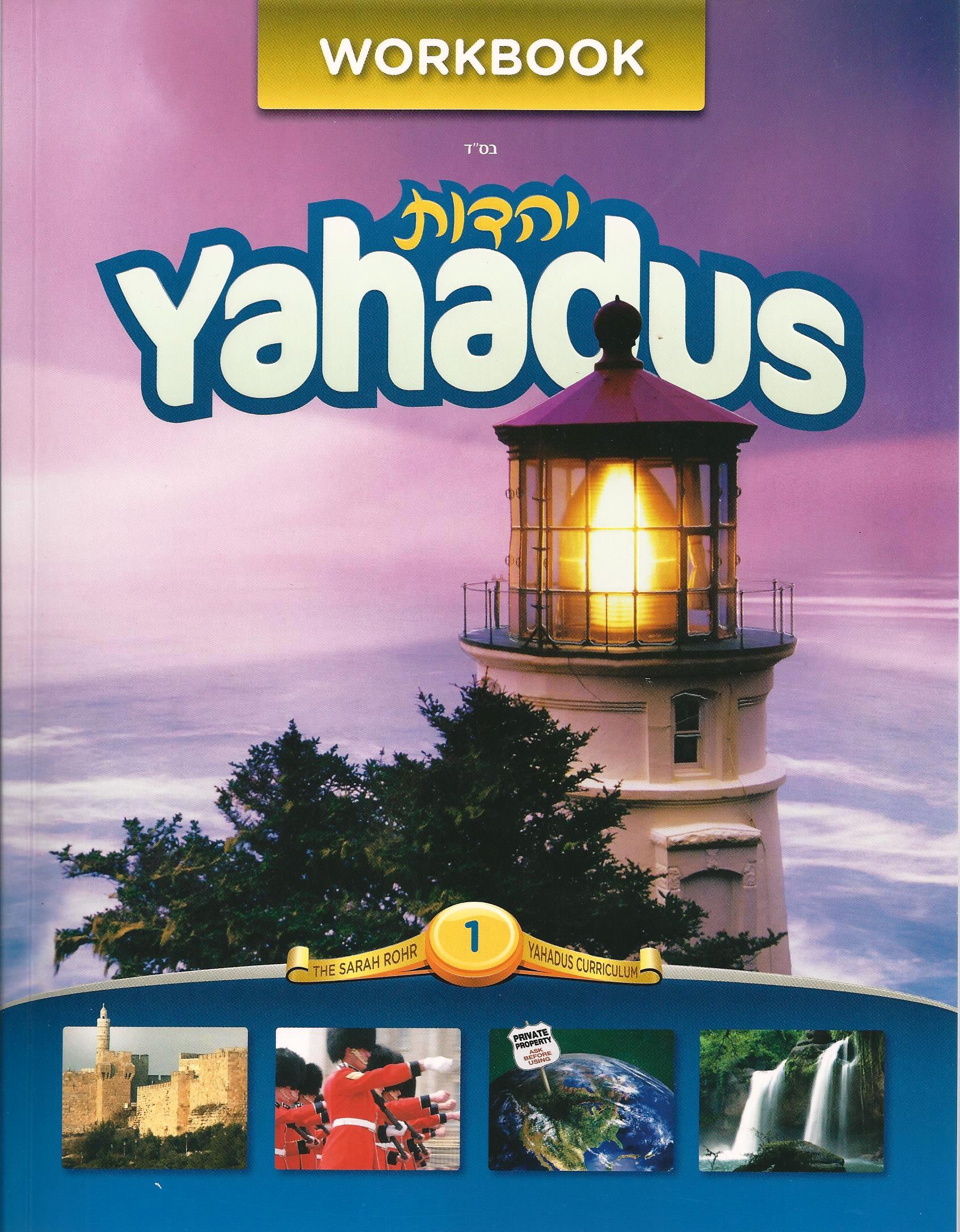 Yahadus Student Workbook – Volume 1 $20.00
Yahadus Student Workbook – Volume 1 $20.00 -
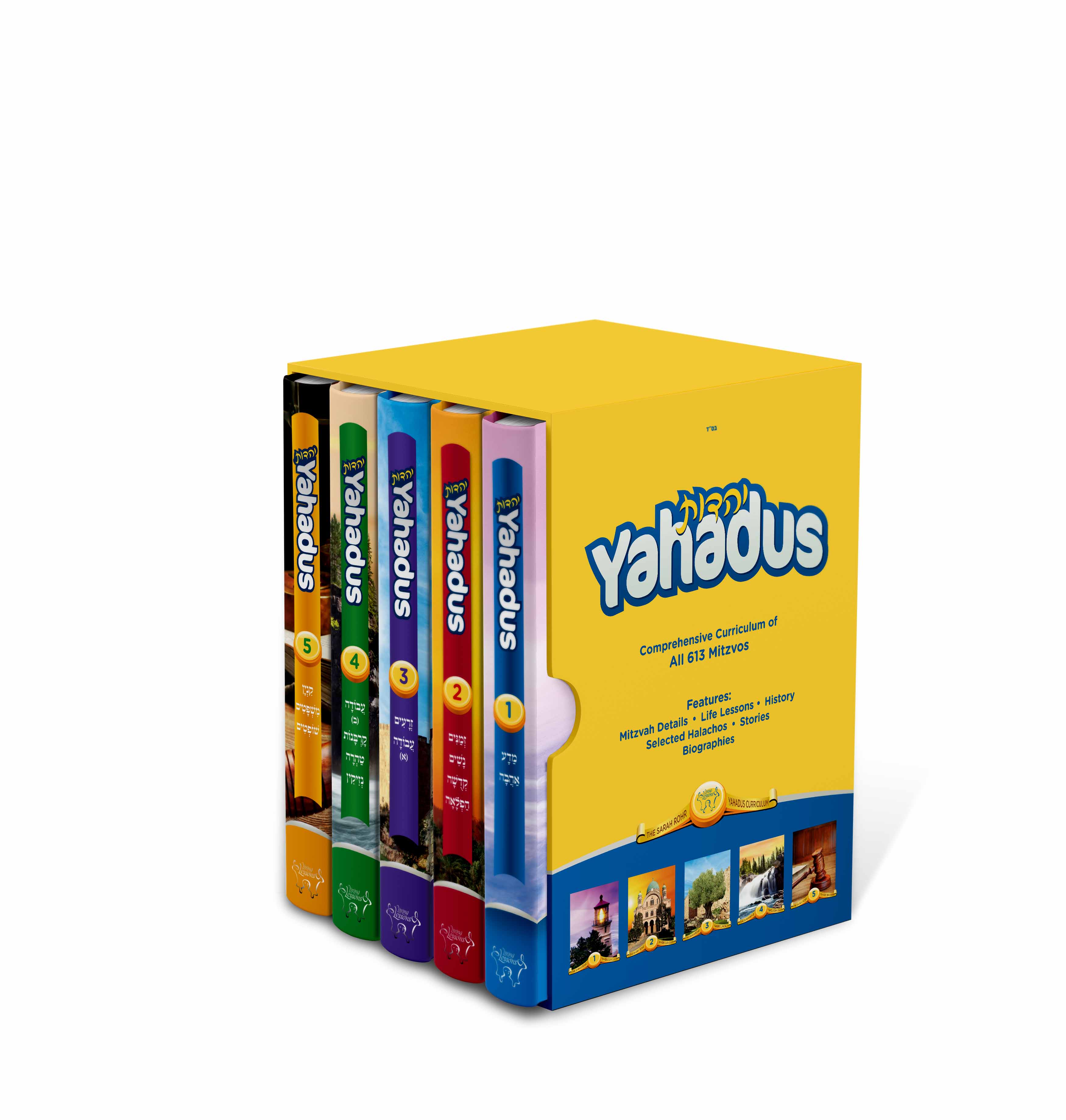 Yahadus slipcase set $0.00
Yahadus slipcase set $0.00 -
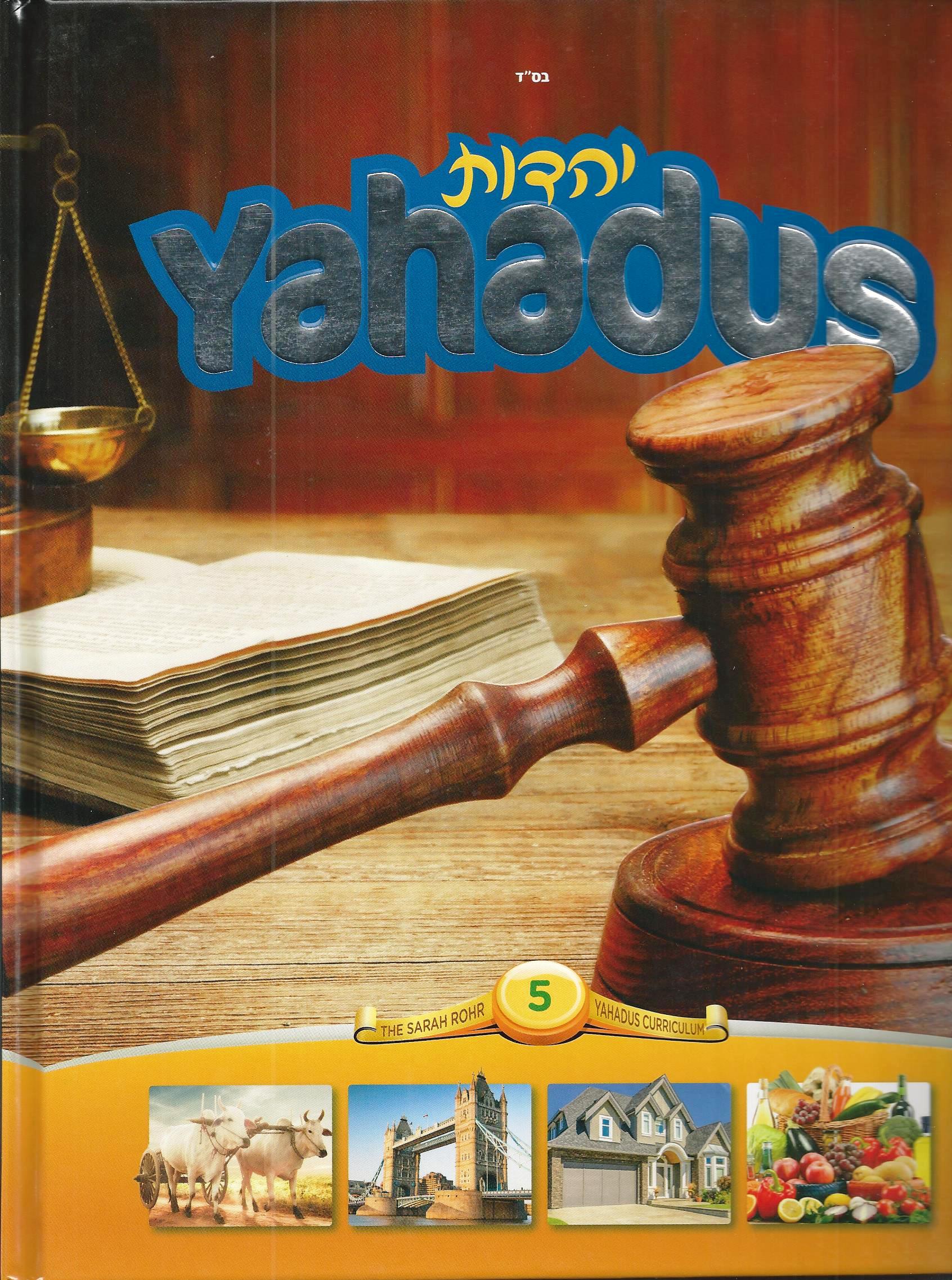 Yahadus Book 5 $55.00
Yahadus Book 5 $55.00 -
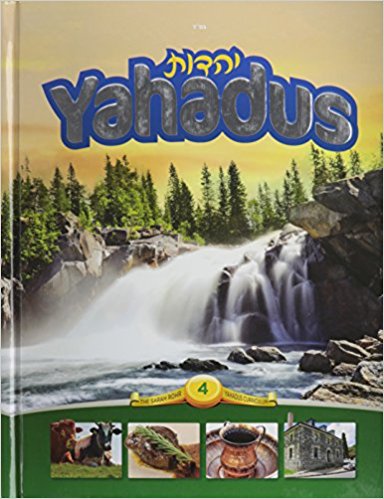 Yahadus Book 4 $55.00
Yahadus Book 4 $55.00 -
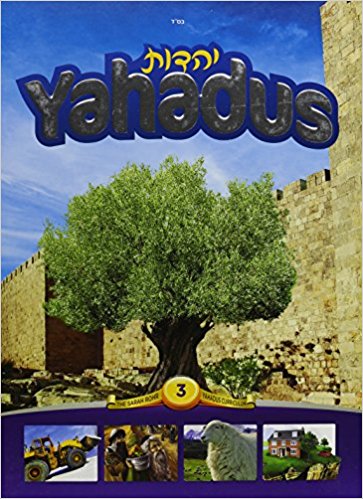 Yahadus Book 3 $55.00
Yahadus Book 3 $55.00 -
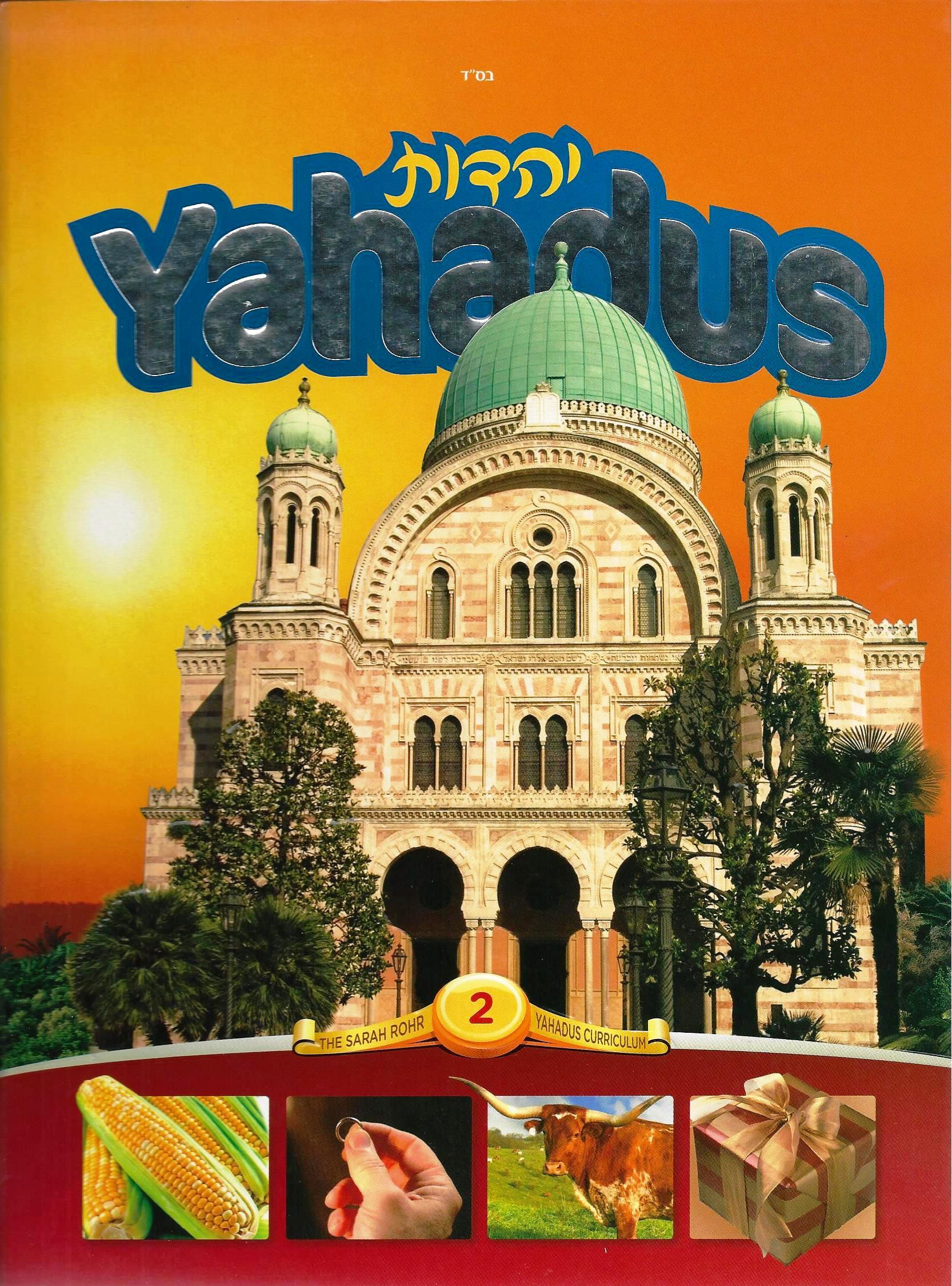 Yahadus Book 2 $55.00
Yahadus Book 2 $55.00 -
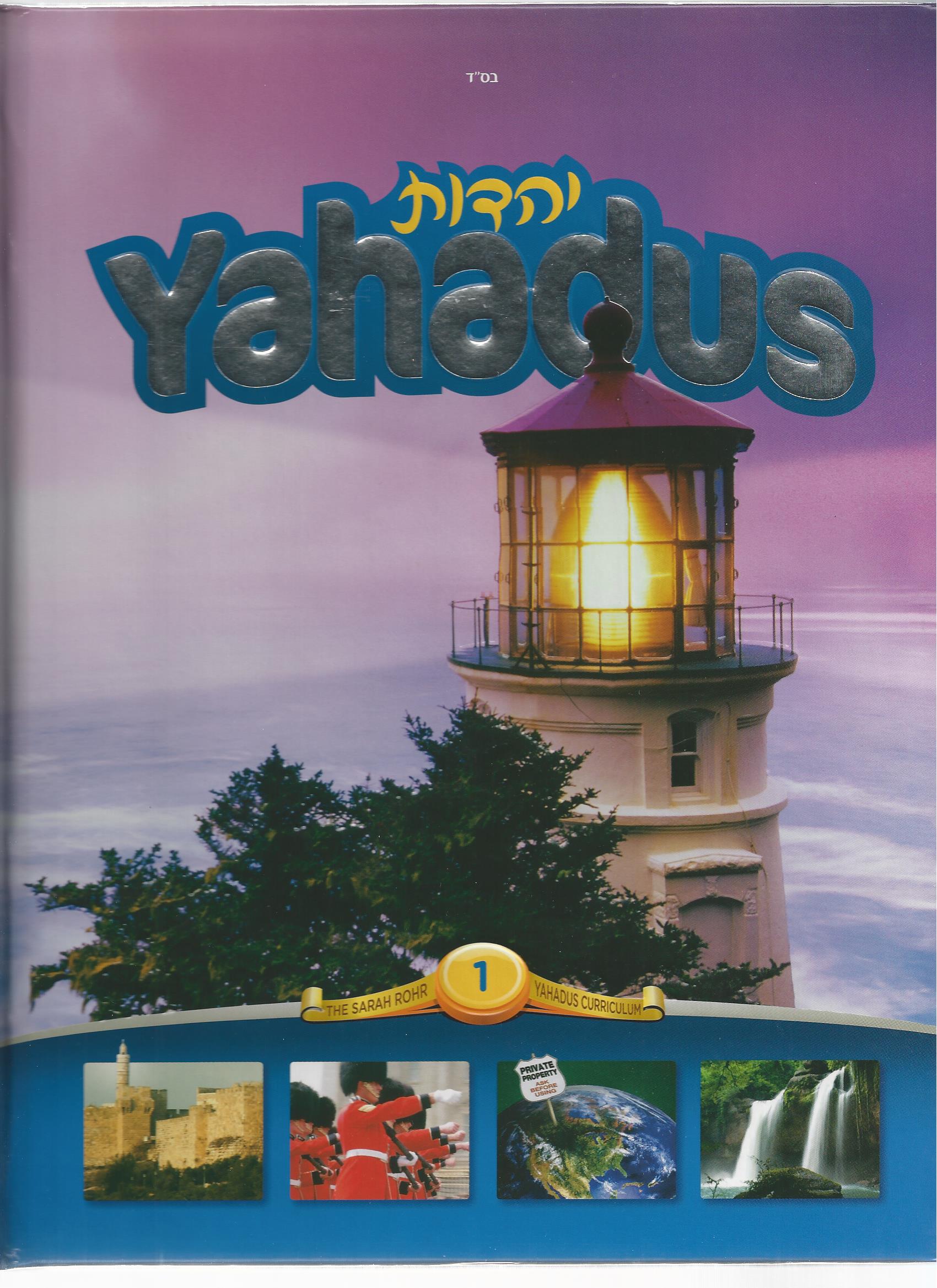 Yahadus Book 1 $55.00
Yahadus Book 1 $55.00 -
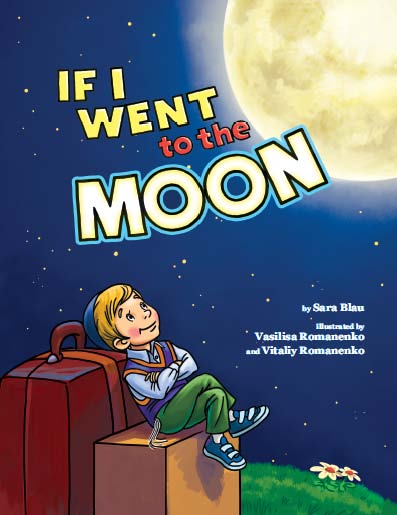 If I Went to the Moon By Sara Blau $12.00
If I Went to the Moon By Sara Blau $12.00 -
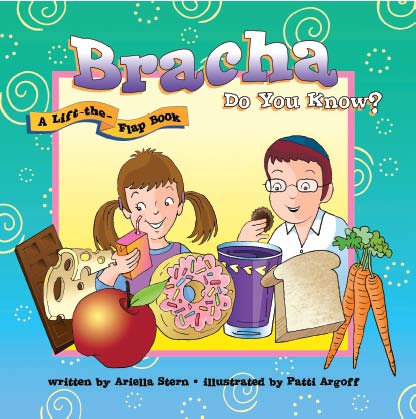 Bracha Do You Know? A lift the flap book By Ariella Stern $11.95
Bracha Do You Know? A lift the flap book By Ariella Stern $11.95 -
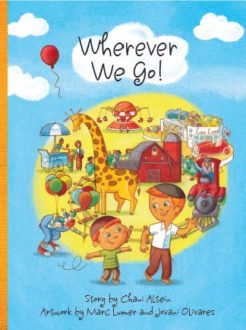 Wherever We Go By Chani Altein $13.95
Wherever We Go By Chani Altein $13.95 -
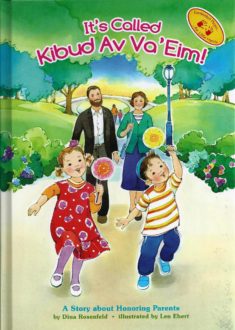 It’s Called Kibud Av Va’Eim By Dina Rosenfeld $12.95
It’s Called Kibud Av Va’Eim By Dina Rosenfeld $12.95 -
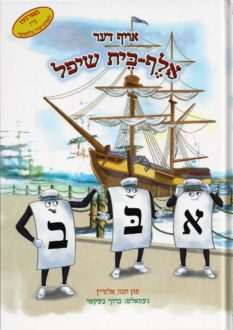 The Aleph Bais Ship – Yiddish By Chani Altein $12.95
The Aleph Bais Ship – Yiddish By Chani Altein $12.95 -
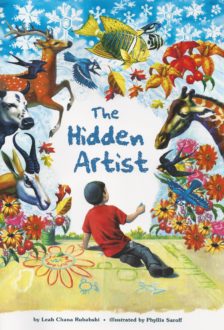 The Hidden Artist By Leah Chana Rubabshi $12.00
The Hidden Artist By Leah Chana Rubabshi $12.00 -
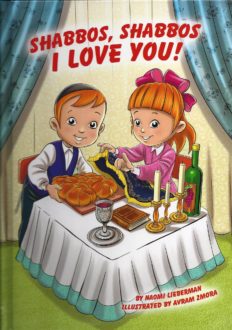 Shabbos, Shabbos I Love You! By Naomi Lieberman $12.95
Shabbos, Shabbos I Love You! By Naomi Lieberman $12.95 -
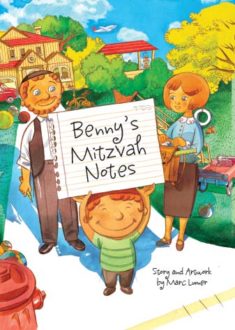 Benny’s Mitzvah Notes By Marc Lumer $13.95
Benny’s Mitzvah Notes By Marc Lumer $13.95 -
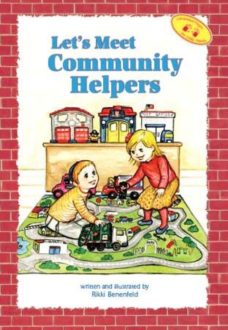 Let’s Meet Community Helpers By Rikki Benenfeld $12.95
Let’s Meet Community Helpers By Rikki Benenfeld $12.95 -
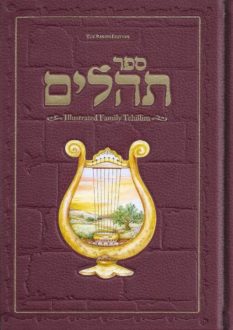 The Illustrated Family Tehillim $35.99
The Illustrated Family Tehillim $35.99 -
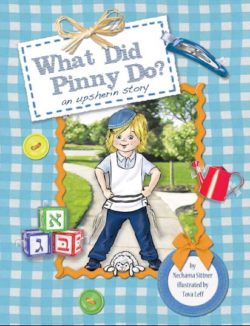 What Did Pinny Do? An Upsherin Story By Nechama Sittner $13.95
What Did Pinny Do? An Upsherin Story By Nechama Sittner $13.95 -
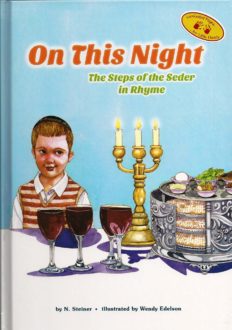 On This Night – The Steps of the Seder in Rhyme By N. Steiner $12.95
On This Night – The Steps of the Seder in Rhyme By N. Steiner $12.95 -
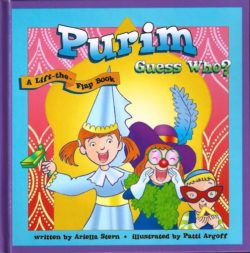 Purim Guess Who? A lift the flap book By Ariella Stern $11.95
Purim Guess Who? A lift the flap book By Ariella Stern $11.95 -
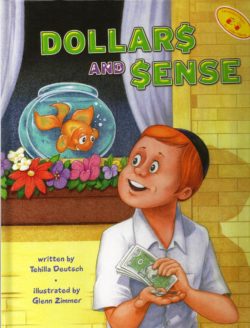 Dollars and Sense By Tehilla Deutsch $12.00
Dollars and Sense By Tehilla Deutsch $12.00 -
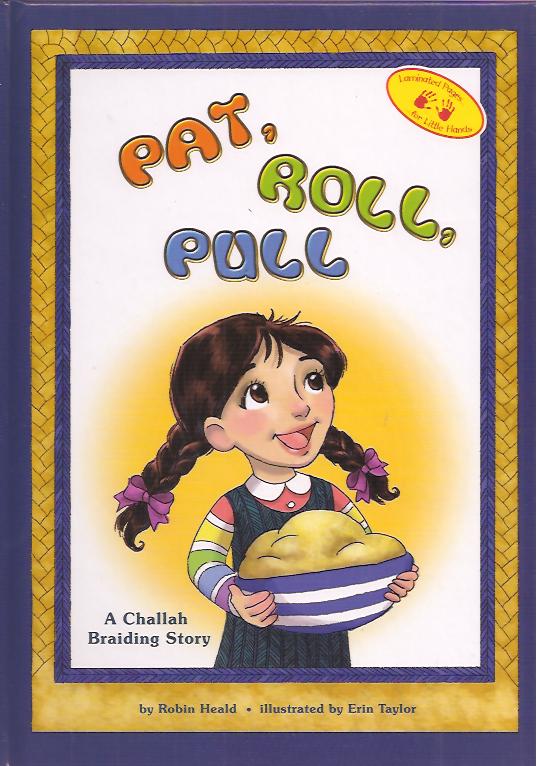 Pat Roll Pull By Robin Heald $12.00
Pat Roll Pull By Robin Heald $12.00 -
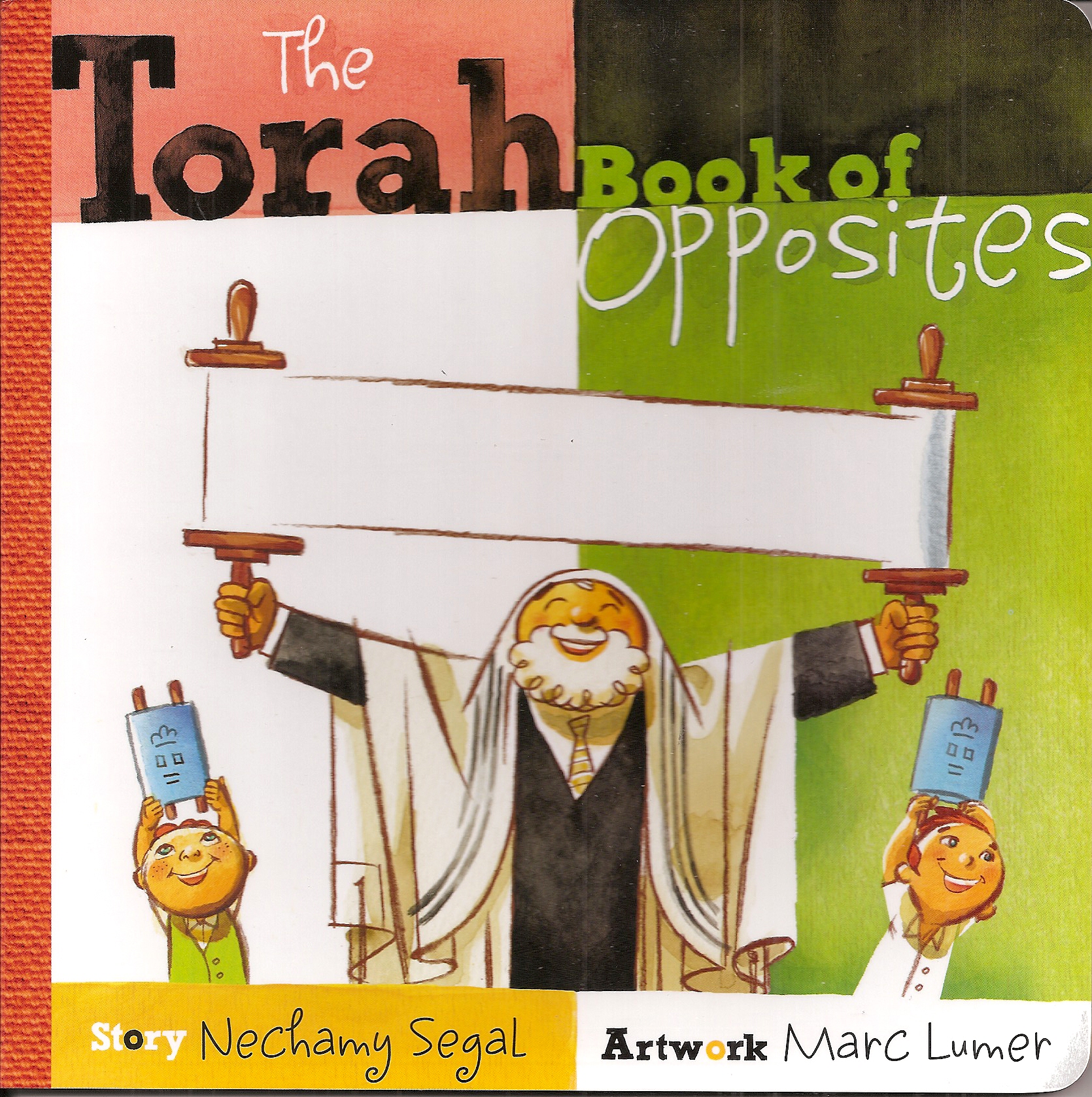 The Torah Book of Opposites By Nechamy Segal $9.95
The Torah Book of Opposites By Nechamy Segal $9.95 -
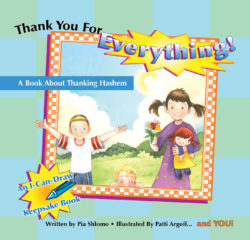 Thank You for Everything By Pia Shlomo $0.00
Thank You for Everything By Pia Shlomo $0.00 -
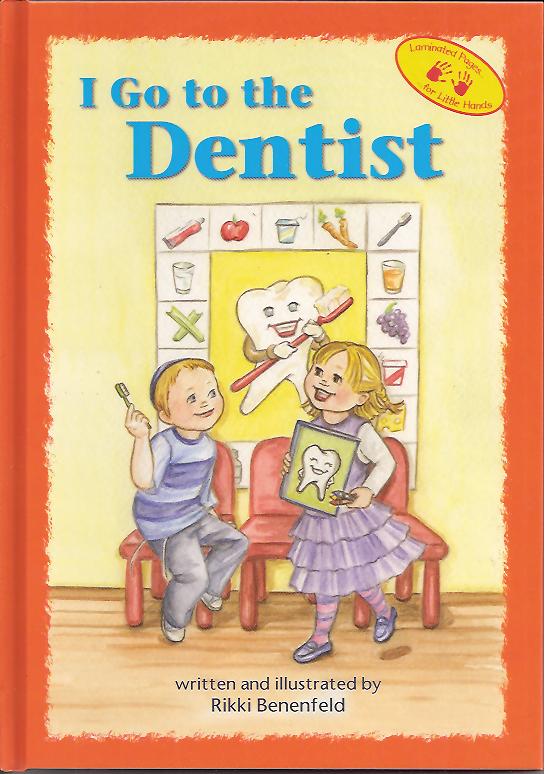 I Go to the Dentist By Rikki Benenfeld $12.95
I Go to the Dentist By Rikki Benenfeld $12.95 -
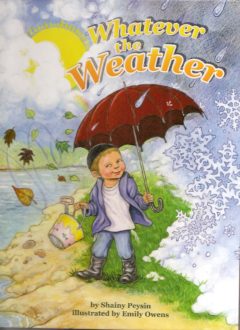 Whatever the Weather By Shainy Peysin $12.00
Whatever the Weather By Shainy Peysin $12.00 -
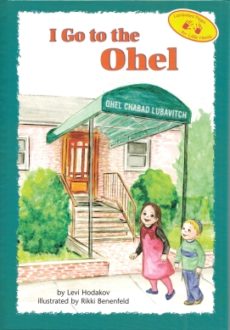 I Go To The Ohel By Levi Hodakov $12.95
I Go To The Ohel By Levi Hodakov $12.95 -
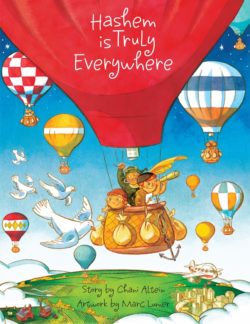 Hashem is Truly Everywhere By Chani Altein $13.95
Hashem is Truly Everywhere By Chani Altein $13.95 -
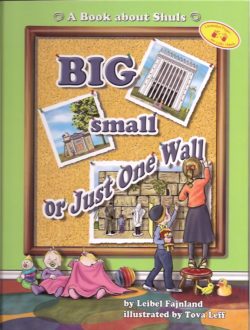 Big, Small, or Just One Wall By Leibel Fajnland $12.00
Big, Small, or Just One Wall By Leibel Fajnland $12.00 -
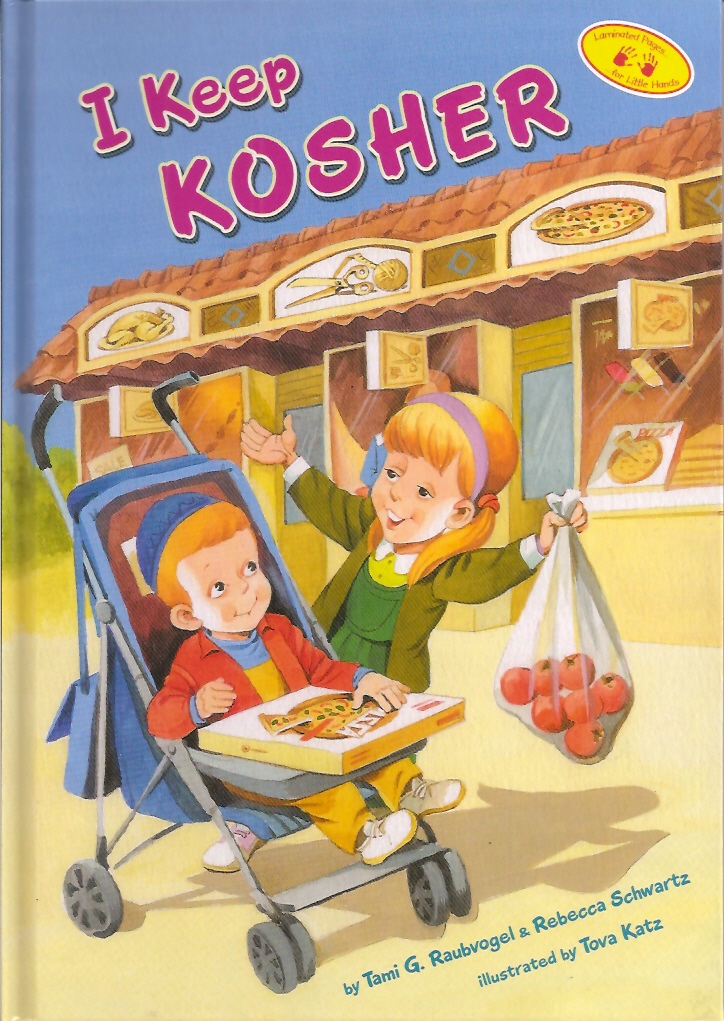 I Keep Kosher By Tami G. Raubvogel & Rebecca Schwartz $12.95
I Keep Kosher By Tami G. Raubvogel & Rebecca Schwartz $12.95 -
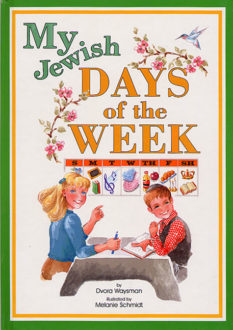 My Jewish Days of the Week By Dvora Waysman illustrated by Melaine Schmidt $12.00
My Jewish Days of the Week By Dvora Waysman illustrated by Melaine Schmidt $12.00 -
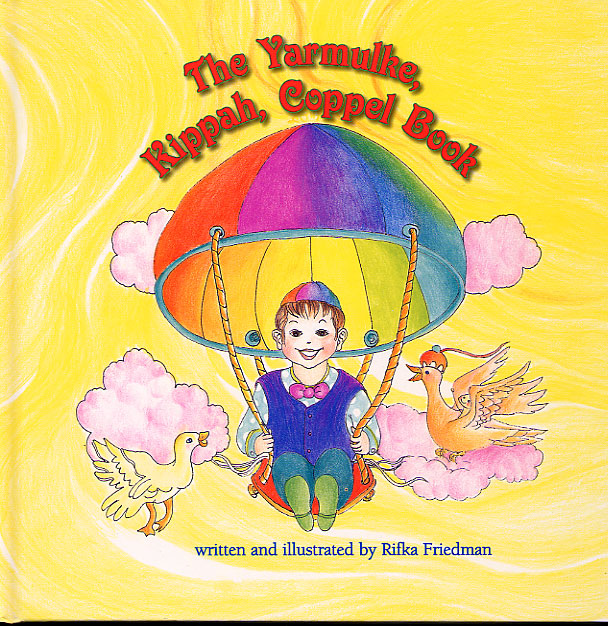 The Yarmulke, Kippah, Coppel Book By Rifka Friedman $12.00
The Yarmulke, Kippah, Coppel Book By Rifka Friedman $12.00 -
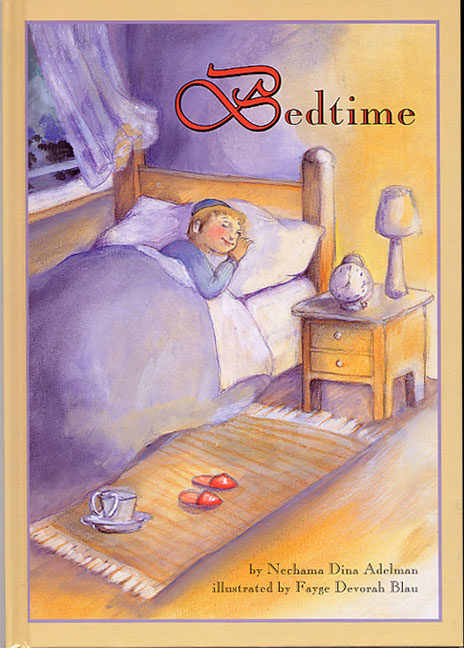 Bedtime By Nechama Dina Adelman - illustrated by Fayge Devorah Blau $12.00
Bedtime By Nechama Dina Adelman - illustrated by Fayge Devorah Blau $12.00 -
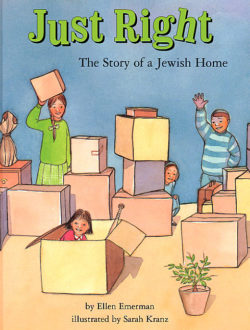 Just Right – The Story of a Jewish Home By Ellen Emerman $12.00
Just Right – The Story of a Jewish Home By Ellen Emerman $12.00 -
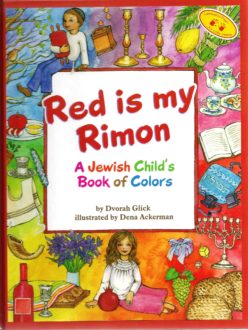 Red is My Rimon – A Jewish Child’s Book of Colors By Dvorah Glick $12.00
Red is My Rimon – A Jewish Child’s Book of Colors By Dvorah Glick $12.00 -
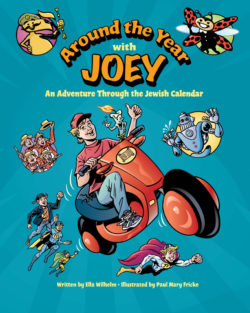 Around the Year with Joey- An Adventure through the Jewish Calendar By Ella Wilhelm $0.00
Around the Year with Joey- An Adventure through the Jewish Calendar By Ella Wilhelm $0.00 -
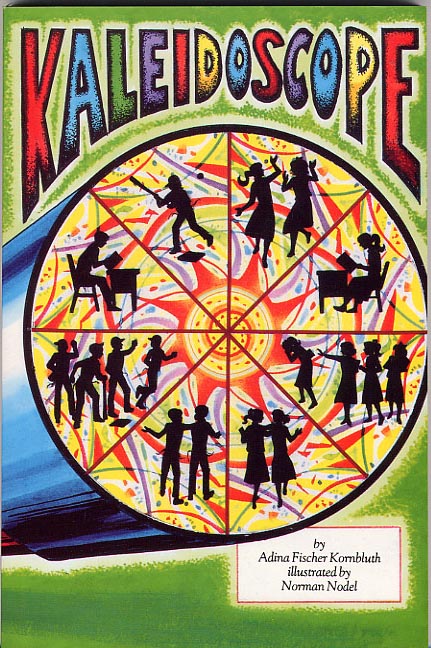 Kaleidoscope – A collection of stories By Adina Kornbluth $0.00
Kaleidoscope – A collection of stories By Adina Kornbluth $0.00 -
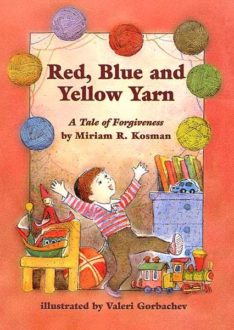 Red, Blue and Yellow Yarn – A Tale of Forgiveness By Miriam Kosman $12.00
Red, Blue and Yellow Yarn – A Tale of Forgiveness By Miriam Kosman $12.00 -
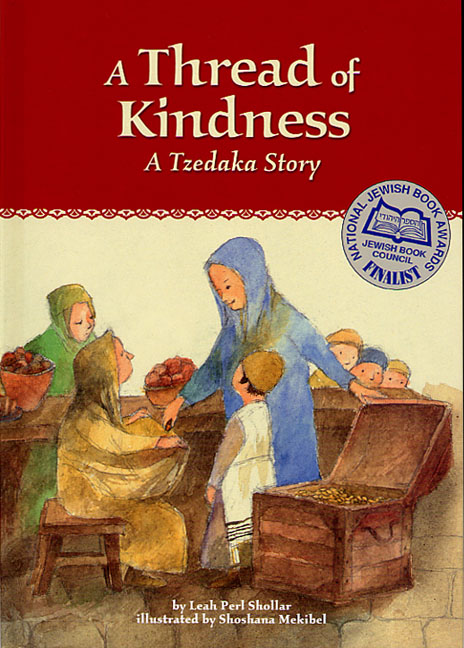 A Thread of Kindness – A Tzedakah Story By Leah Perl Shollar $12.00
A Thread of Kindness – A Tzedakah Story By Leah Perl Shollar $12.00 -
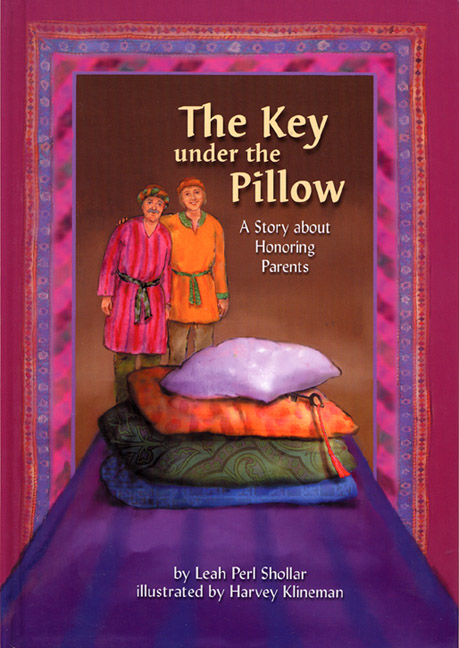 The Key Under the Pillow – A Story about Honoring Parents By Leah Perl Shollar $12.00
The Key Under the Pillow – A Story about Honoring Parents By Leah Perl Shollar $12.00 -
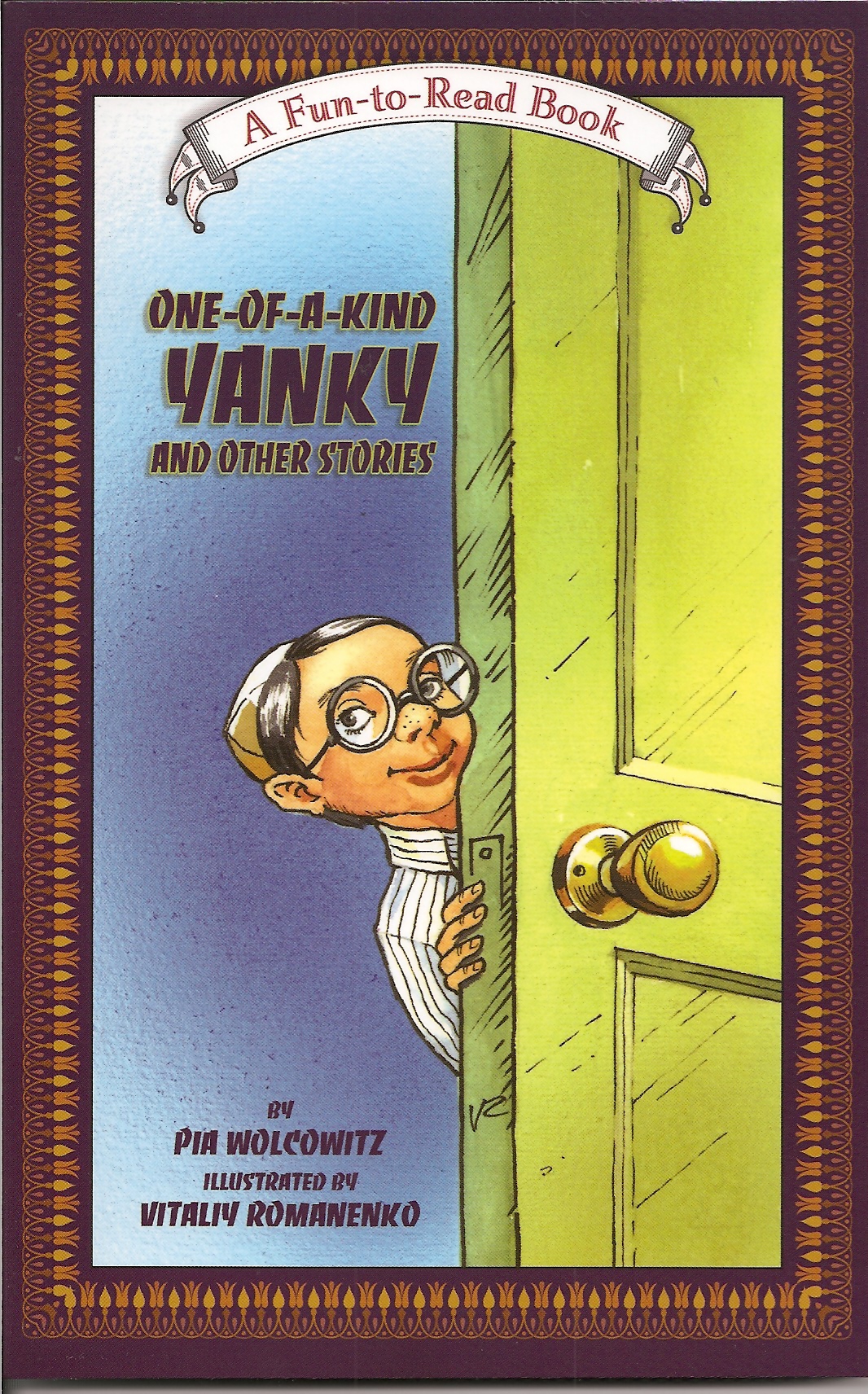 One of a Kind Yanky – and other stories By Pia Wolcowitz $12.95
One of a Kind Yanky – and other stories By Pia Wolcowitz $12.95 -
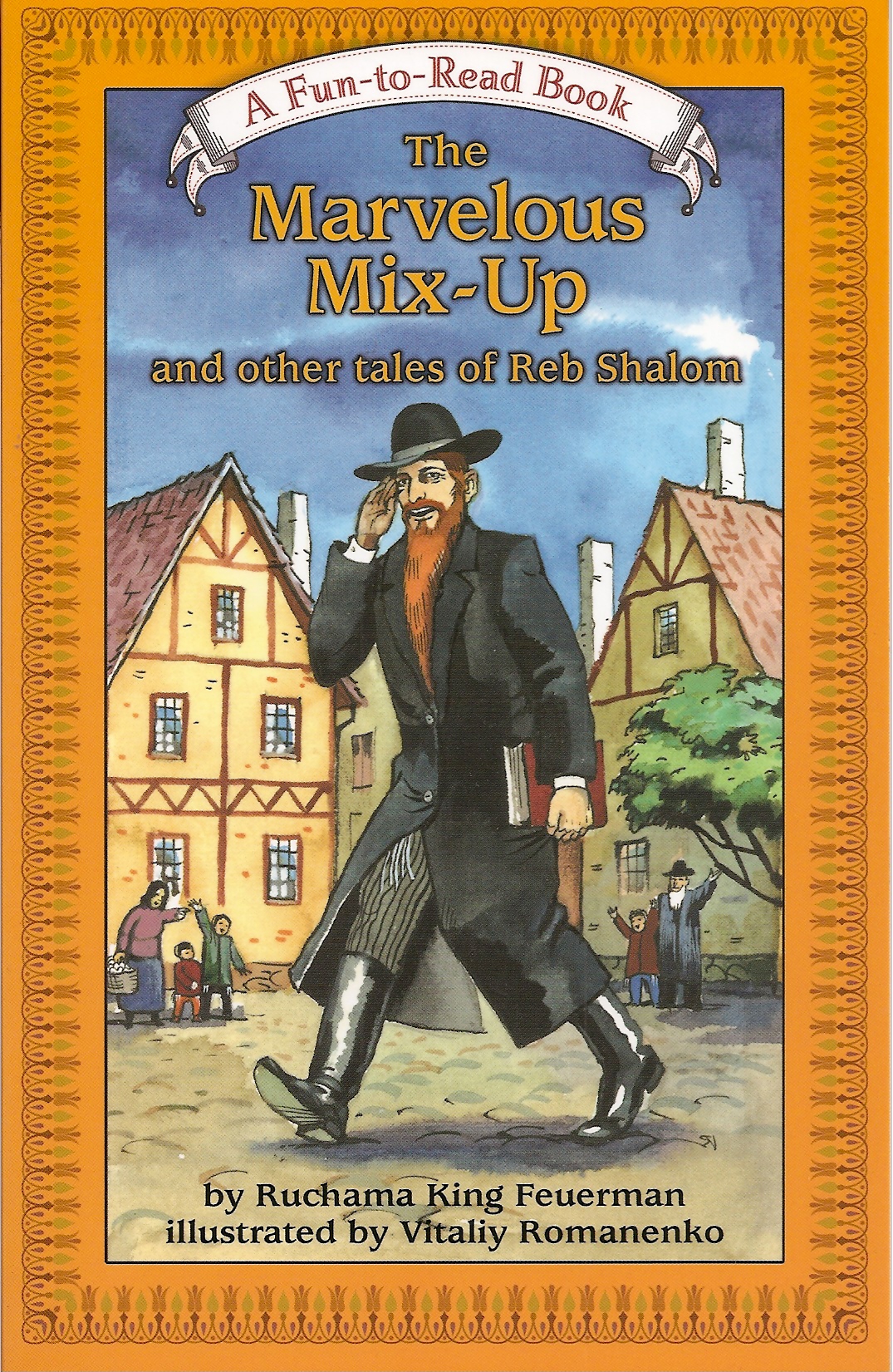 Marvelous Mix Up and other tales of Reb Shalom By Ruchama King Feuerman $12.95
Marvelous Mix Up and other tales of Reb Shalom By Ruchama King Feuerman $12.95 -
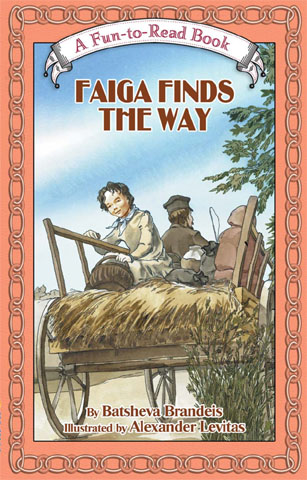 Faiga Finds the Way By Batsheva Brandeis $12.95
Faiga Finds the Way By Batsheva Brandeis $12.95 -
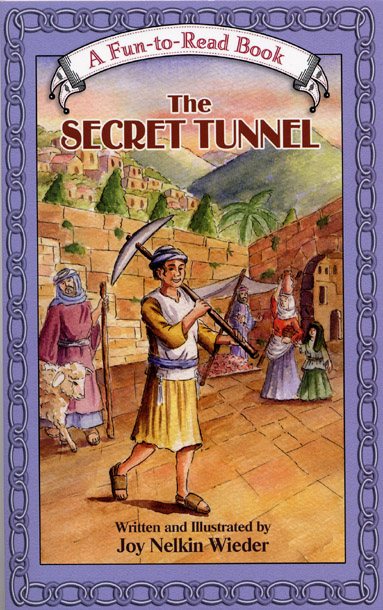 The Secret Tunnel By Joy Nelkin Wieder $12.95
The Secret Tunnel By Joy Nelkin Wieder $12.95 -
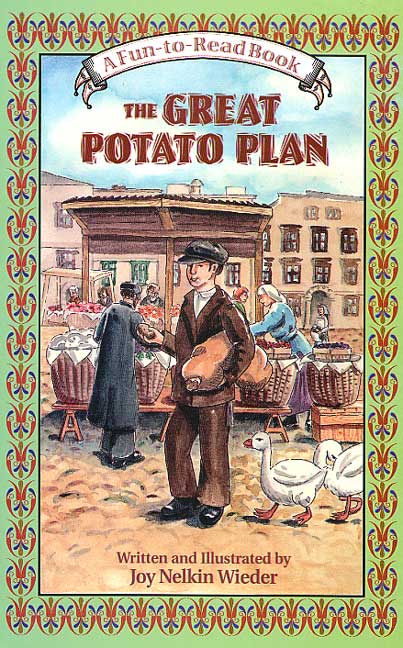 The Great Potato Plan By Joy Nelkin Wieder $12.95
The Great Potato Plan By Joy Nelkin Wieder $12.95 -
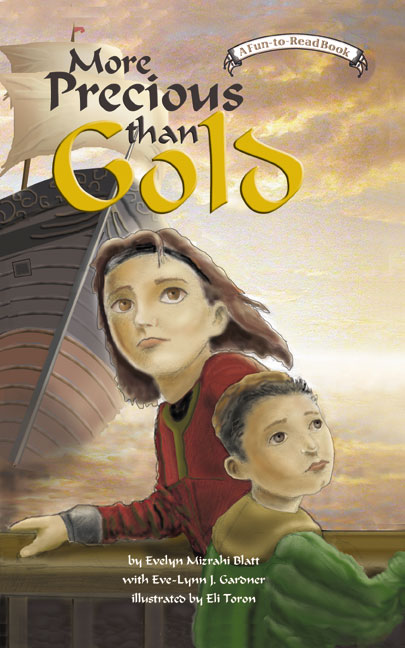 More Precious than Gold – A Story of Inquisition Spain in the 1490’s By Author Evelyn Blatt, Written by Eve Lynn Gardner $12.95
More Precious than Gold – A Story of Inquisition Spain in the 1490’s By Author Evelyn Blatt, Written by Eve Lynn Gardner $12.95 -
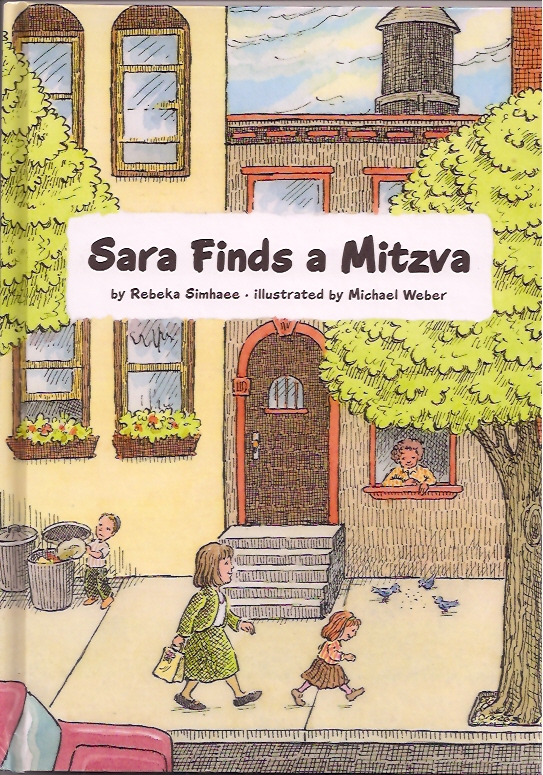 Sara Finds a Mitzva By Rebeka Simhaee $12.95
Sara Finds a Mitzva By Rebeka Simhaee $12.95 -
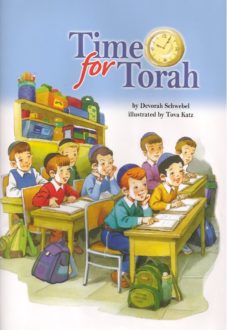 Time for Torah By Devorah Schwebel $12.95
Time for Torah By Devorah Schwebel $12.95 -
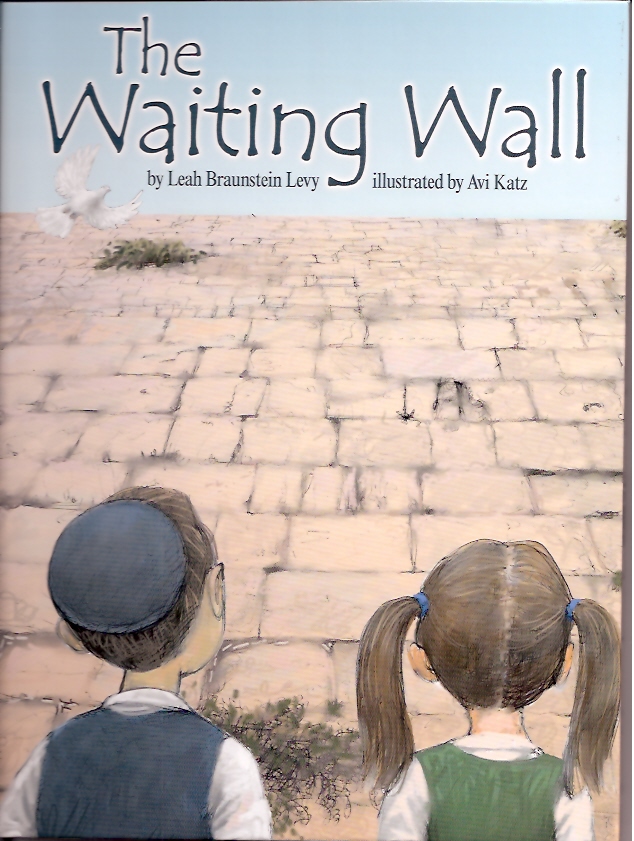 The Waiting Wall By Leah Braunstein Levy $12.00
The Waiting Wall By Leah Braunstein Levy $12.00 -
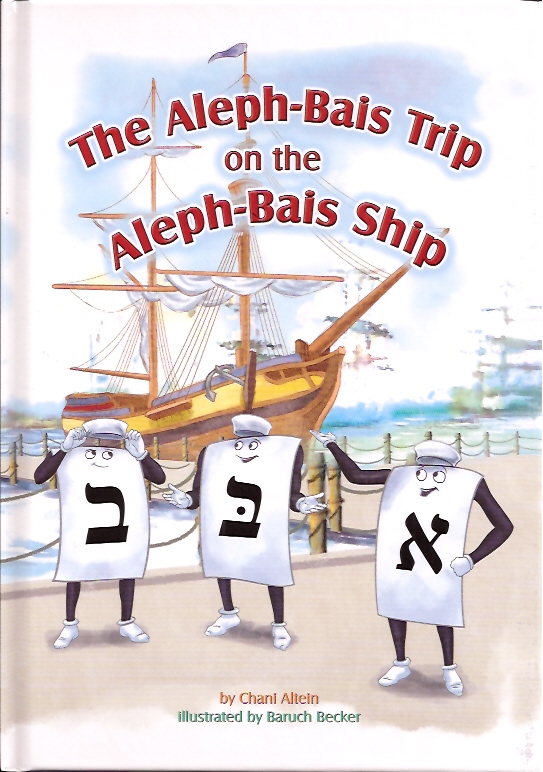 The Aleph-Bais Trip on the Aleph-Bais Ship By Chani Altein $12.95
The Aleph-Bais Trip on the Aleph-Bais Ship By Chani Altein $12.95 -
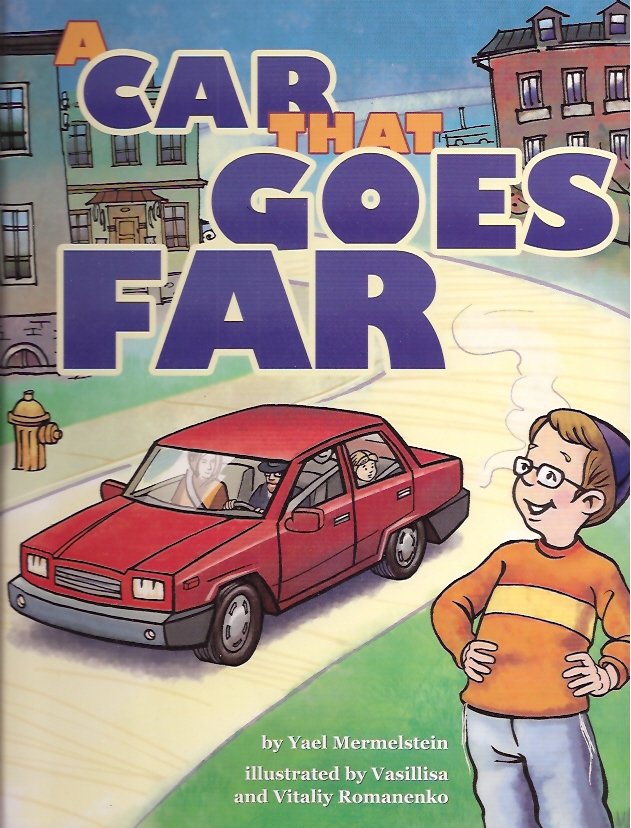 A Car That Goes Far By Yael Mermelstein $13.95
A Car That Goes Far By Yael Mermelstein $13.95 -
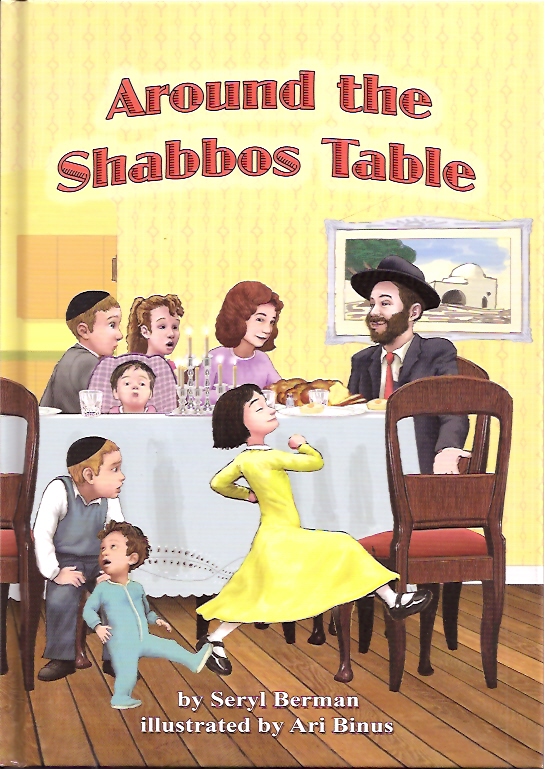 Around the Shabbos Table By Seryl Berman $12.95
Around the Shabbos Table By Seryl Berman $12.95 -
 A Dozen Daisies for Raizy – A Shavuos Story By Rebecca Klempner $12.00
A Dozen Daisies for Raizy – A Shavuos Story By Rebecca Klempner $12.00 -
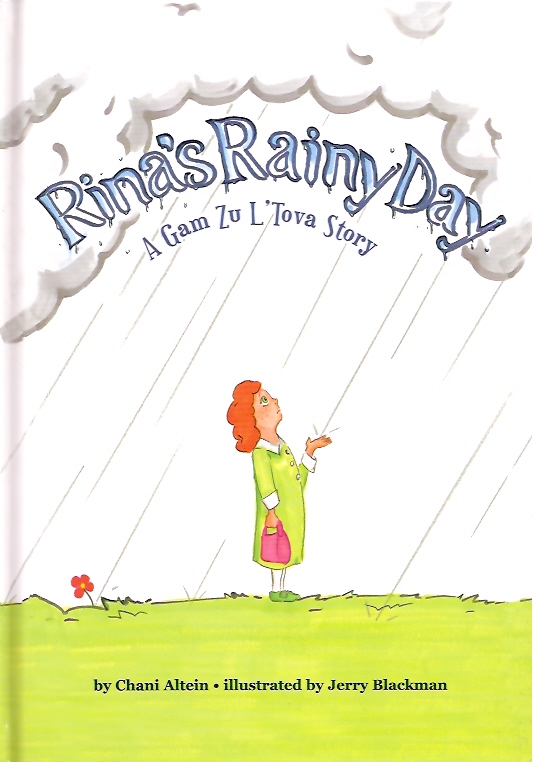 Rina’s Rainy Day By Chani Altein $12.95
Rina’s Rainy Day By Chani Altein $12.95 -
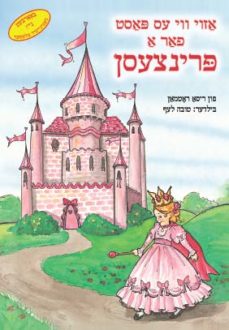 Fit For A Princess – Yiddish By Risa Rotman $12.95
Fit For A Princess – Yiddish By Risa Rotman $12.95 -
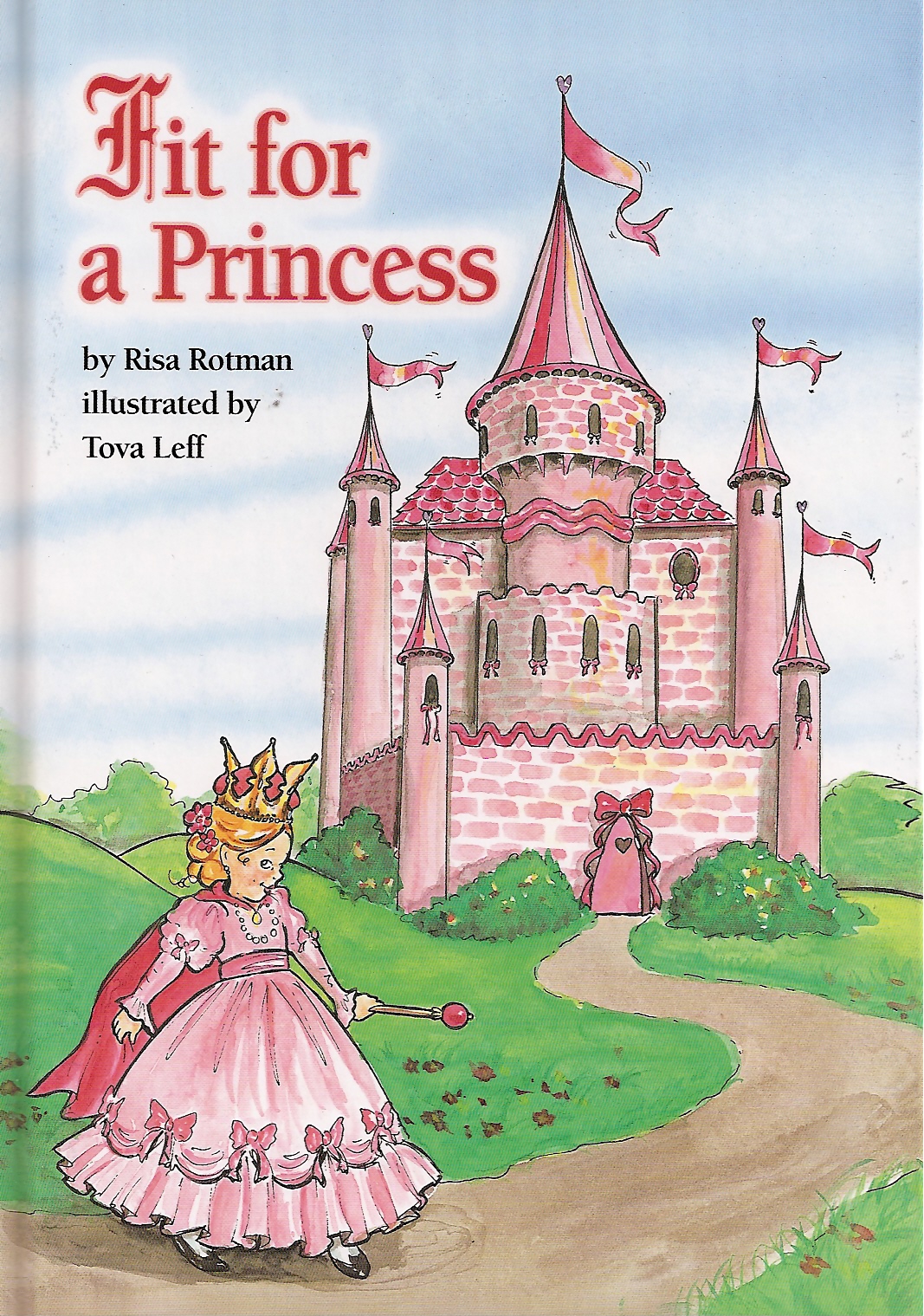 Fit for a Princess By Risa Rotman $12.95
Fit for a Princess By Risa Rotman $12.95 -
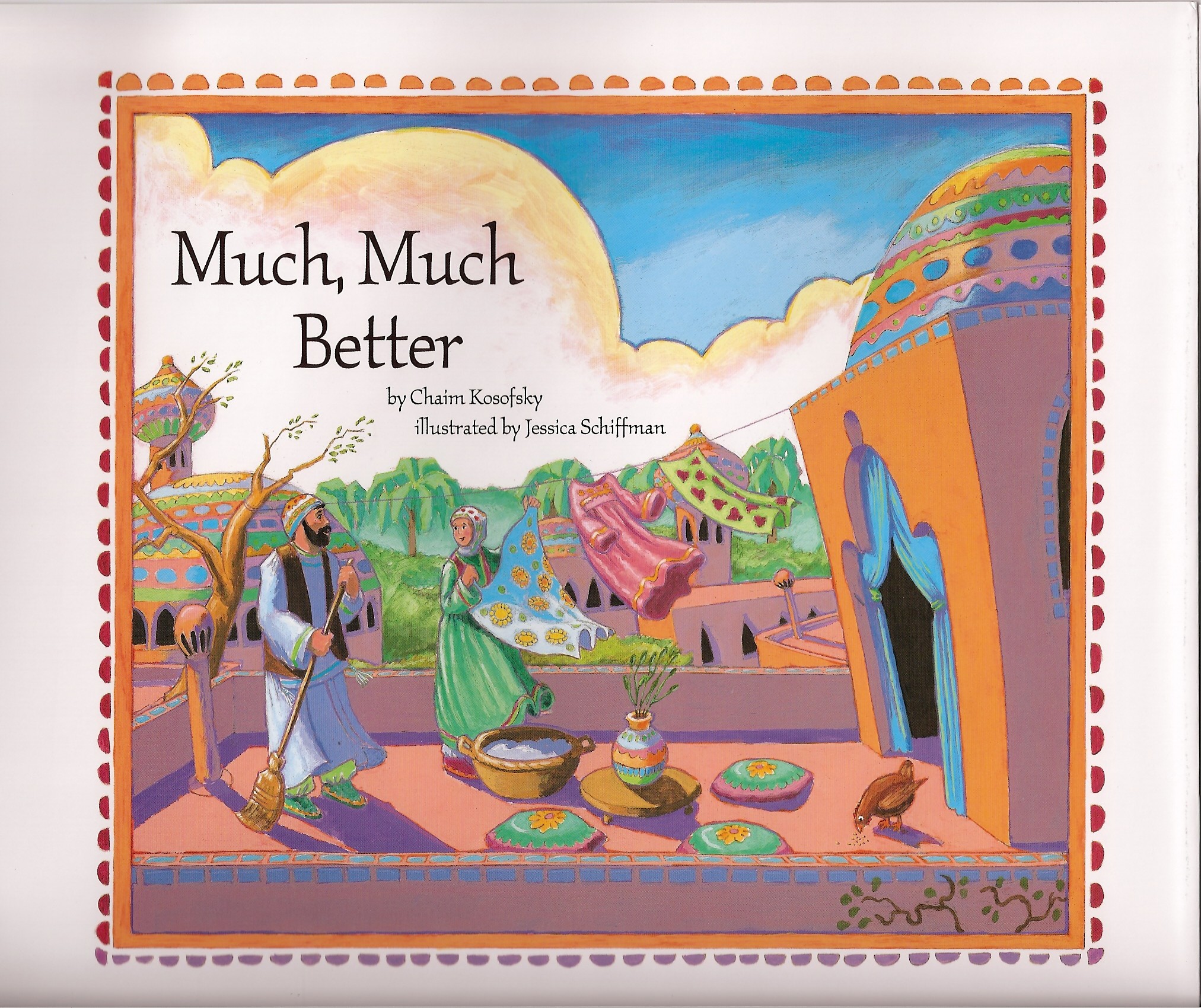 Much, Much Better By Chaim Kosofsky $0.00
Much, Much Better By Chaim Kosofsky $0.00 -
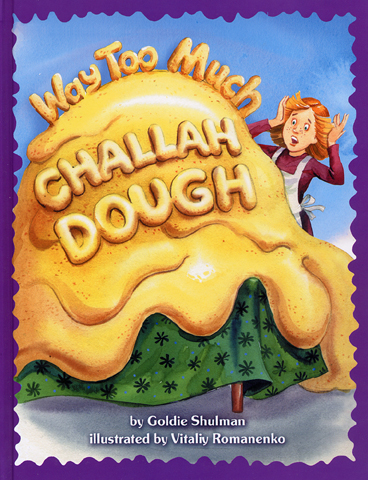 Way Too Much Challah Dough By Goldie Shulman $13.95
Way Too Much Challah Dough By Goldie Shulman $13.95 -
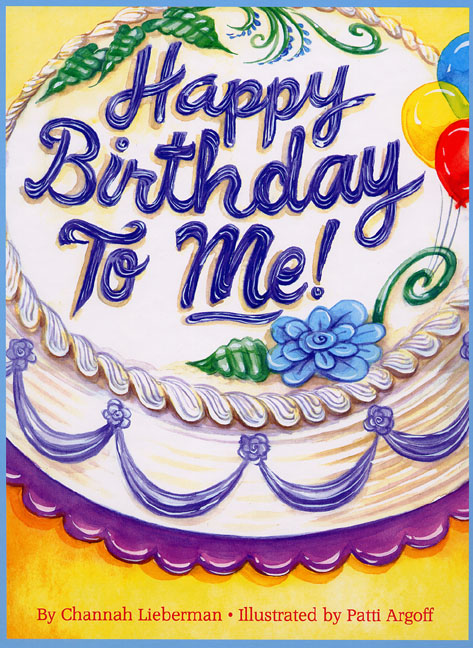 Happy Birthday to Me! – Boys Version By Channah Lieberman $13.95
Happy Birthday to Me! – Boys Version By Channah Lieberman $13.95 -
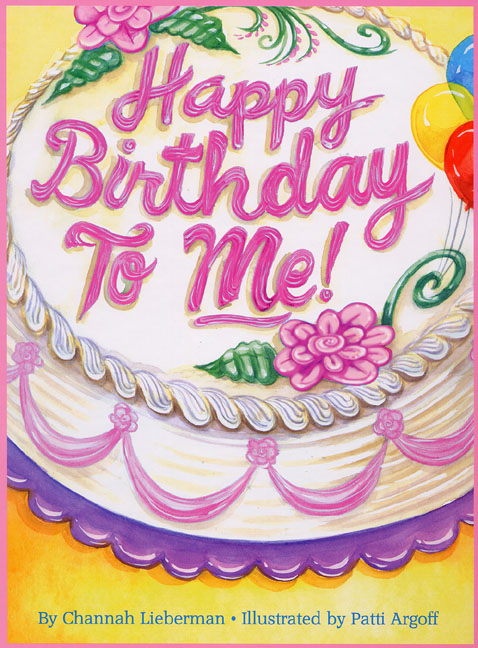 Happy Birthday to Me! – Girls Version By Channah Lieberman $13.95
Happy Birthday to Me! – Girls Version By Channah Lieberman $13.95 -
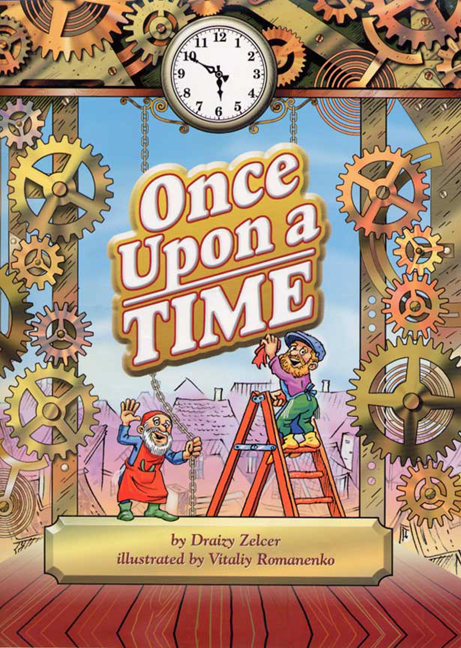 Once Upon A Time By Draizy Zelcer $12.00
Once Upon A Time By Draizy Zelcer $12.00 -
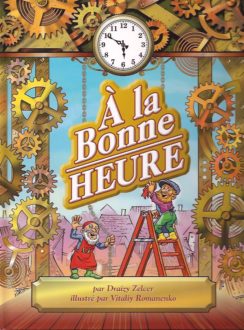 A la Bonne Heure (French) By Draizy Zelcer $12.95
A la Bonne Heure (French) By Draizy Zelcer $12.95 -
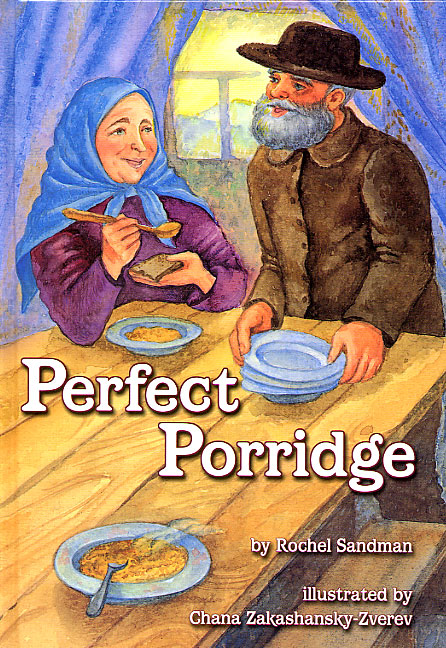 Perfect Porridge – A Story about Kindness By Rochel Sandman $12.95
Perfect Porridge – A Story about Kindness By Rochel Sandman $12.95 -
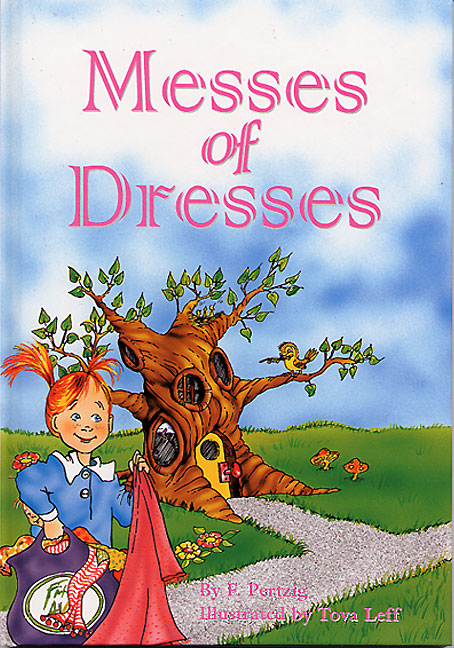 Messes Of Dresses By Faigy Pertzig $12.95
Messes Of Dresses By Faigy Pertzig $12.95 -
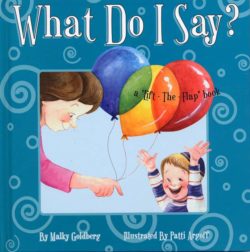 What Do I Say? A lift the flap book By Malky Goldberg $11.95
What Do I Say? A lift the flap book By Malky Goldberg $11.95 -
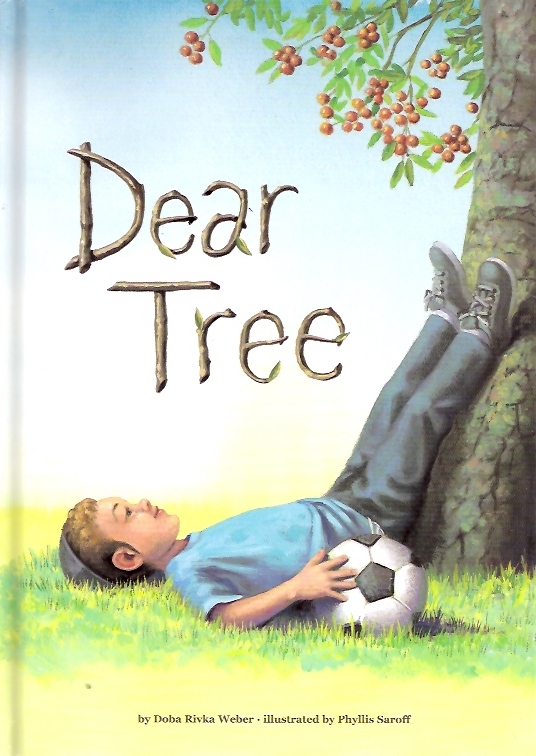 Dear Tree By Doba Rivka Weber $12.00
Dear Tree By Doba Rivka Weber $12.00 -
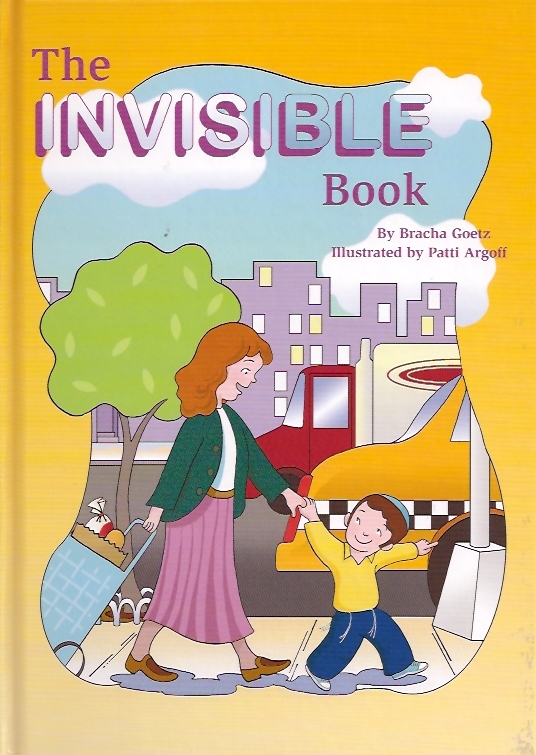 The Invisible Book By Bracha Goetz $12.95
The Invisible Book By Bracha Goetz $12.95 -
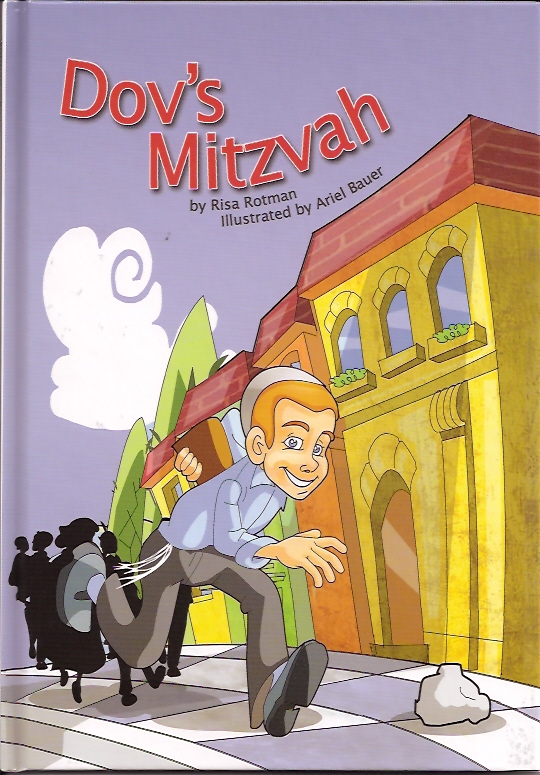 Dov’s Mitzvah By Risa Rotman $12.00
Dov’s Mitzvah By Risa Rotman $12.00 -
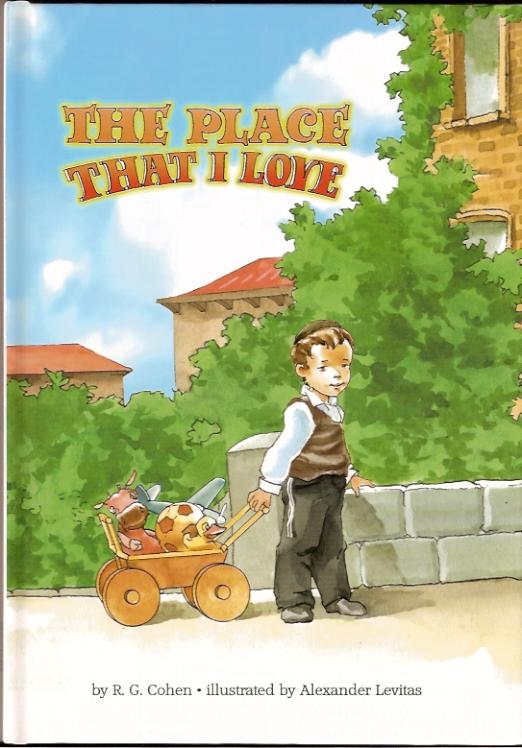 The Place That I Love By R.G. Cohen $12.00
The Place That I Love By R.G. Cohen $12.00 -
 Is It Shabbos Yet ? – Yiddish By Ellen Emerman $12.95
Is It Shabbos Yet ? – Yiddish By Ellen Emerman $12.95 -
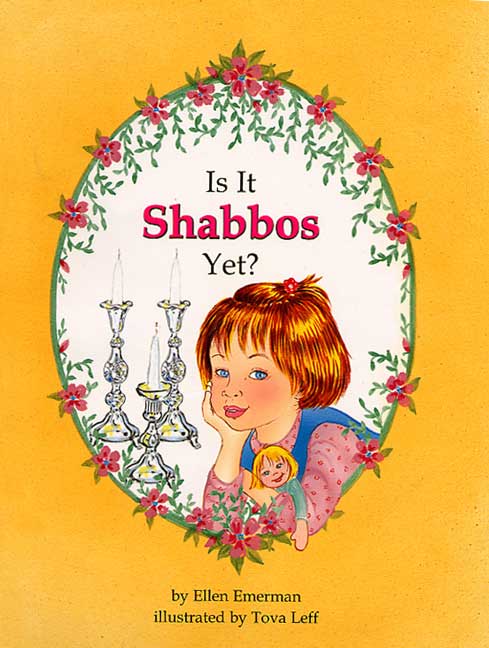 Is It Shabbos Yet? By Ellen Emerman $12.95
Is It Shabbos Yet? By Ellen Emerman $12.95 -
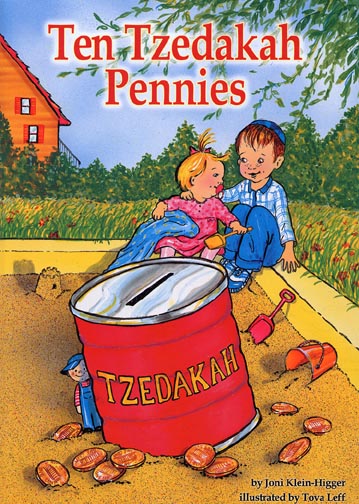 Ten Tzedakah Pennies By Joni Klein-Higger $12.95
Ten Tzedakah Pennies By Joni Klein-Higger $12.95 -
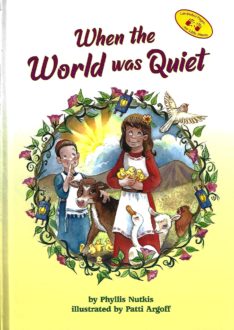 When The World Was Quiet By Phyllis Nutkis $12.95
When The World Was Quiet By Phyllis Nutkis $12.95 -
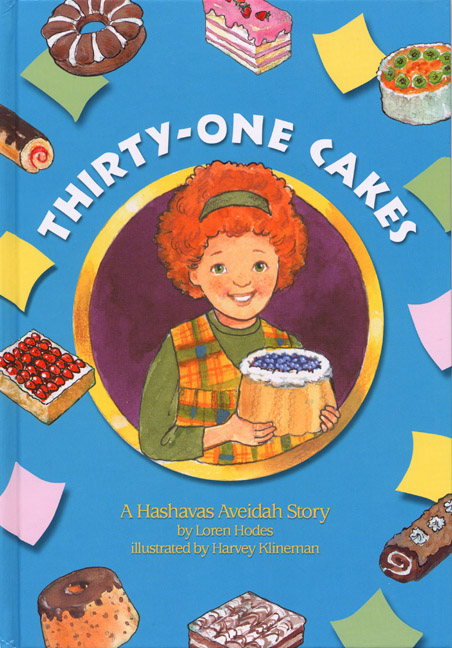 Thirty-One Cakes – A Hashavas Aveida Story By Loren Hodes $12.95
Thirty-One Cakes – A Hashavas Aveida Story By Loren Hodes $12.95 -
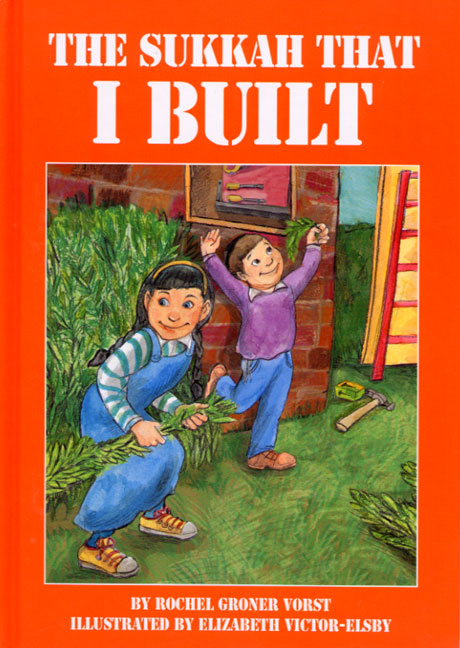 The Sukkah that I Built By Rochel Groner Vorst $12.95
The Sukkah that I Built By Rochel Groner Vorst $12.95 -
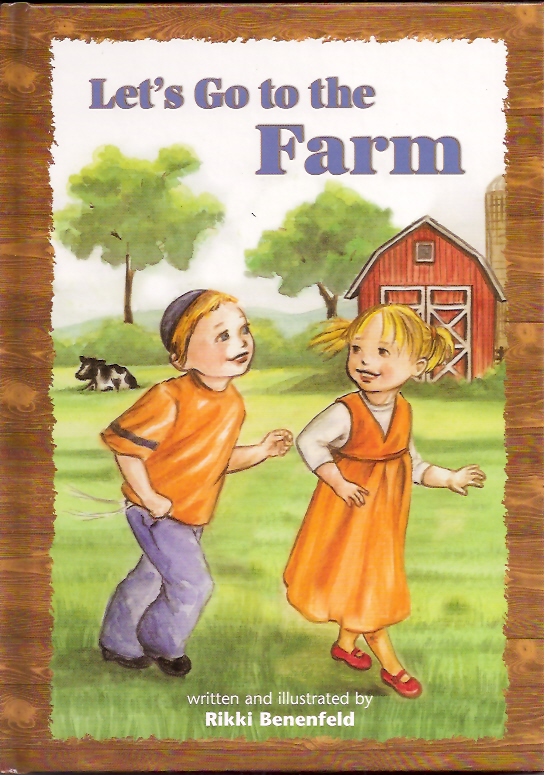 Let’s Go to The Farm By Rikki Benenfeld $12.95
Let’s Go to The Farm By Rikki Benenfeld $12.95 -
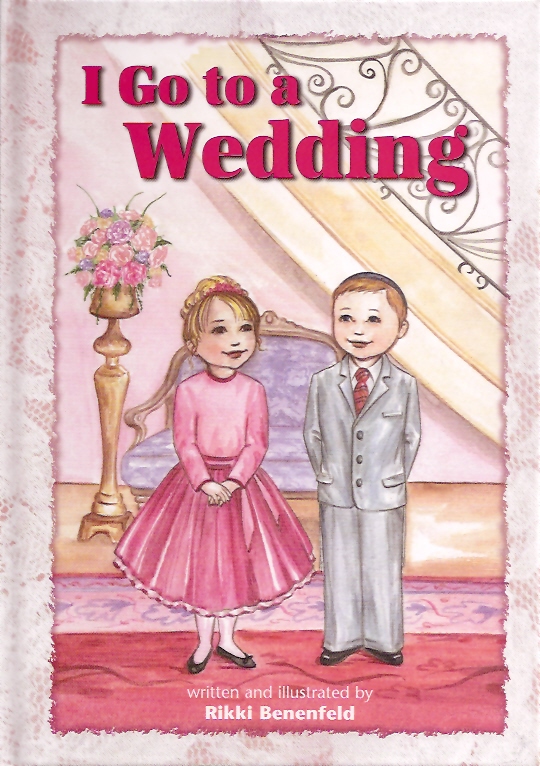 I Go to a Wedding By Rikki Benenfeld $12.95
I Go to a Wedding By Rikki Benenfeld $12.95 -
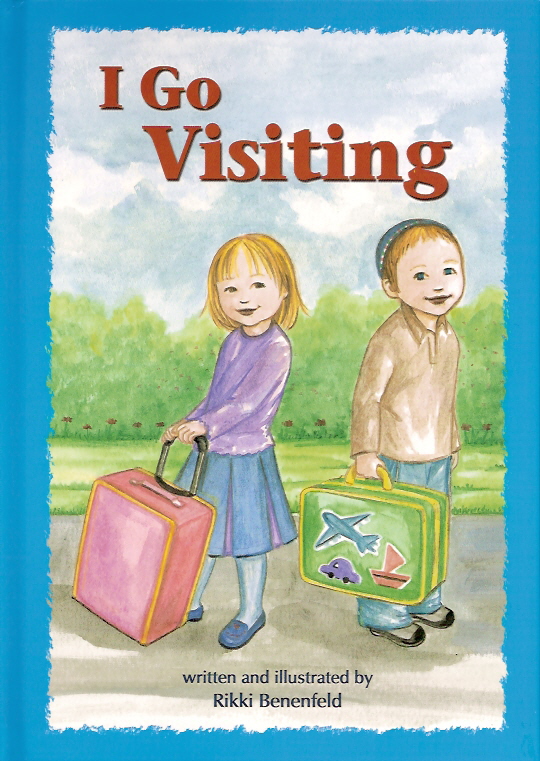 I Go Visiting By Rikki Benenfeld $12.95
I Go Visiting By Rikki Benenfeld $12.95 -
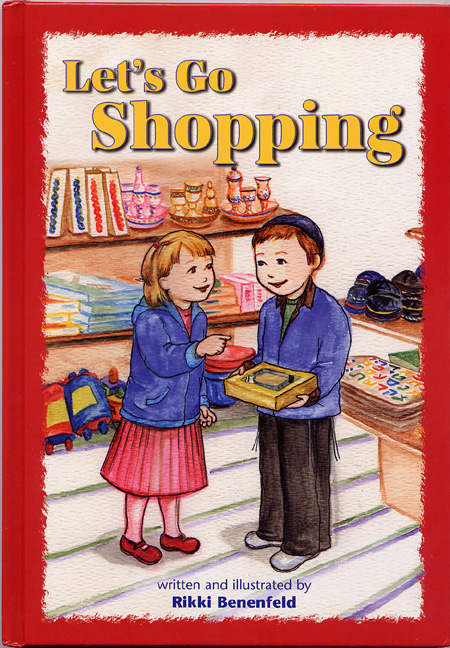 Let’s Go Shopping By Rikki Benenfeld $12.95
Let’s Go Shopping By Rikki Benenfeld $12.95 -
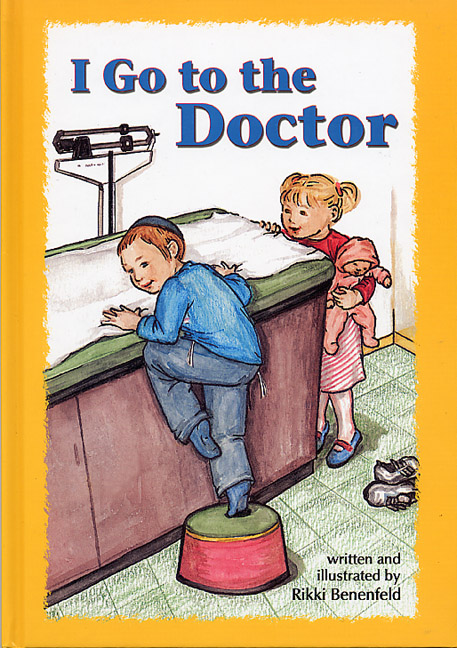 I Go to the Doctor By Rikki Benenfeld $12.95
I Go to the Doctor By Rikki Benenfeld $12.95 -
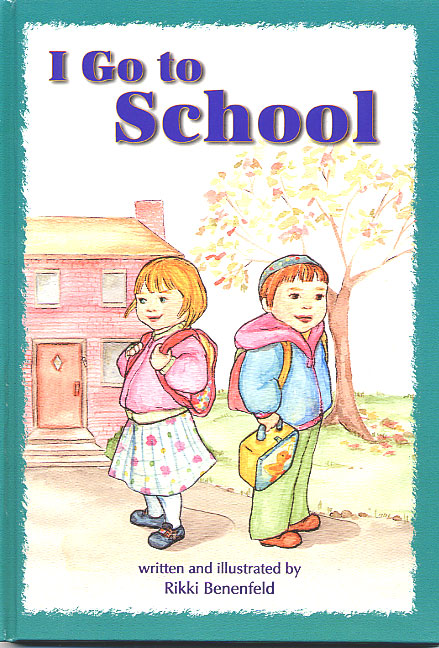 I Go To School By Rikki Benenfeld $12.95
I Go To School By Rikki Benenfeld $12.95 -
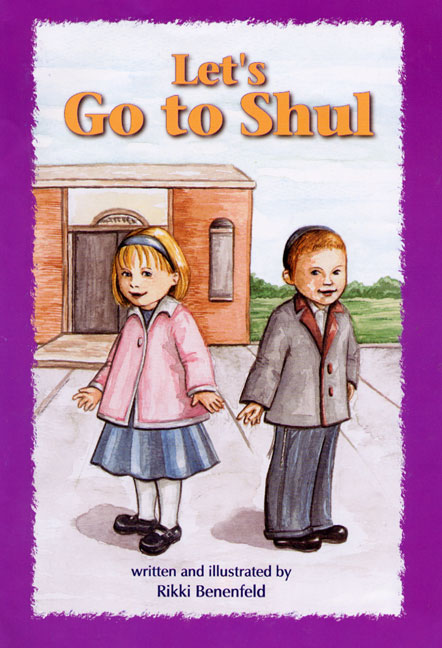 Let’s Go to Shul By Rikki Benenfeld $12.95
Let’s Go to Shul By Rikki Benenfeld $12.95 -
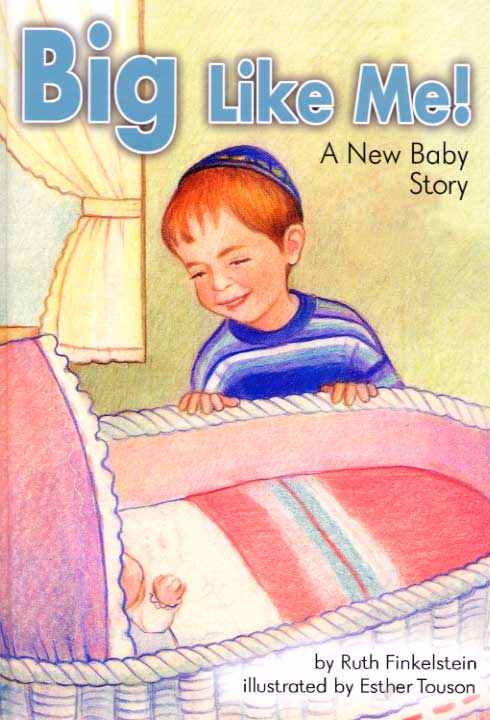 Big Like Me! – A New Baby Story By Ruth Finkelstein $12.95
Big Like Me! – A New Baby Story By Ruth Finkelstein $12.95 -
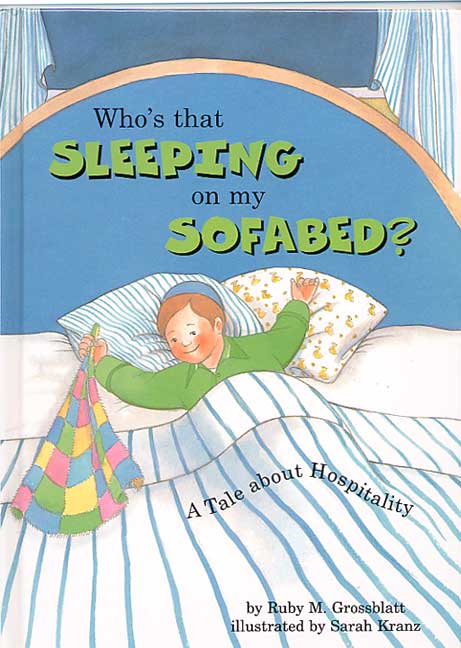 Who’s that Sleeping on My Sofabed By Ruby M. Grossblatt $12.00
Who’s that Sleeping on My Sofabed By Ruby M. Grossblatt $12.00 -
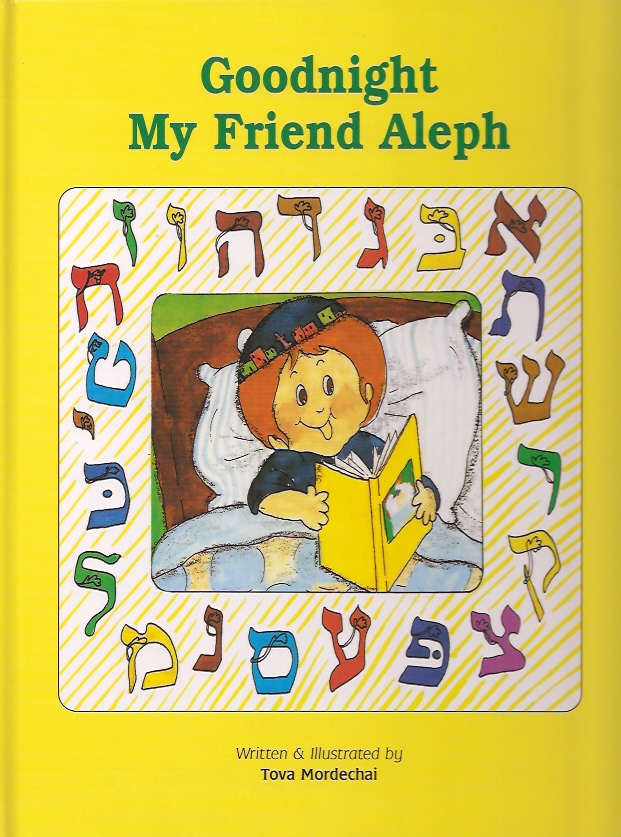 Goodnight My Friend Aleph By Tova Mordechai $13.95
Goodnight My Friend Aleph By Tova Mordechai $13.95 -
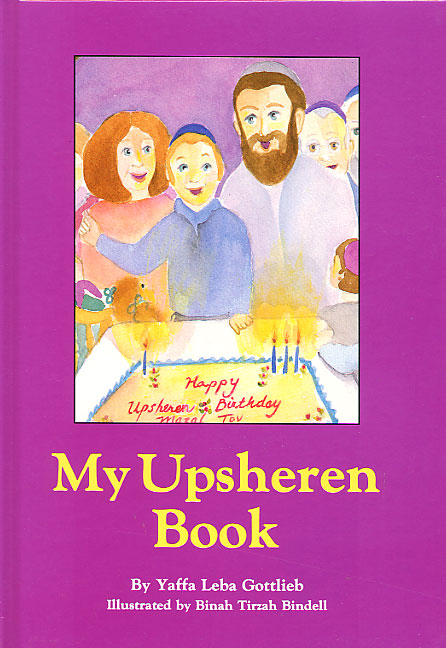 My Upsheren Book By Yaffa Gottlieb $12.95
My Upsheren Book By Yaffa Gottlieb $12.95 -
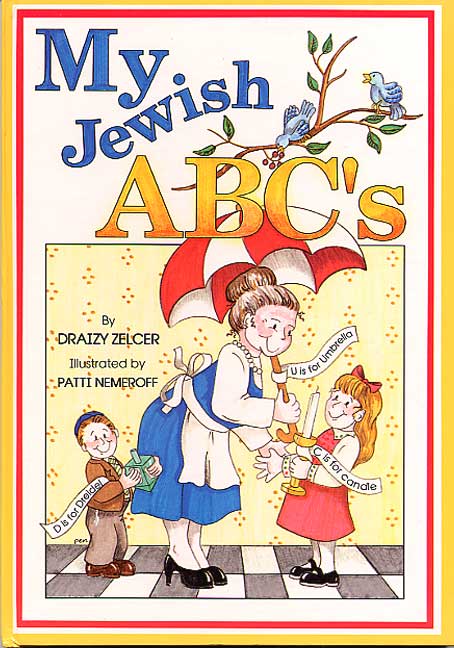 My Jewish ABC’S By Draizy Zelcer $0.00
My Jewish ABC’S By Draizy Zelcer $0.00 -
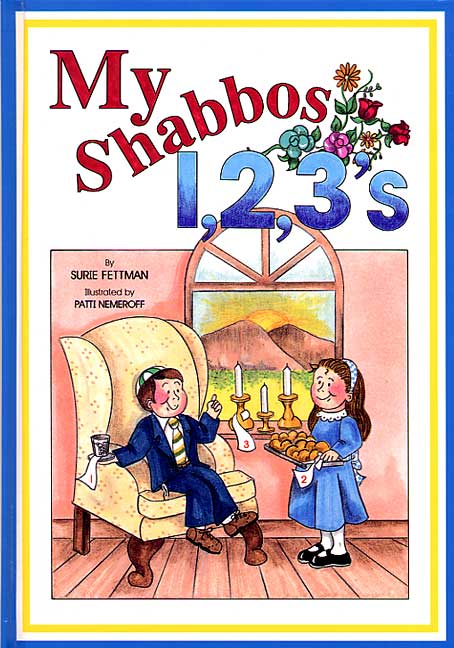 My Shabbos 1,2,3’s By Suri Fettman $12.95
My Shabbos 1,2,3’s By Suri Fettman $12.95 -
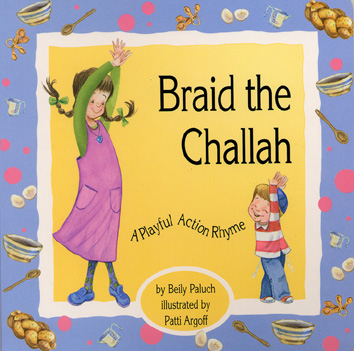 Braid the Challah – A Playful Action Rhyme By Beily Paluch $7.95
Braid the Challah – A Playful Action Rhyme By Beily Paluch $7.95 -
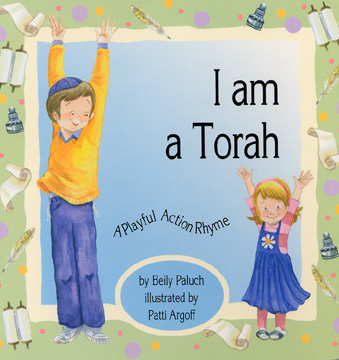 I am a Torah – A Playful Action Rhyme By Beily Paluch $0.00
I am a Torah – A Playful Action Rhyme By Beily Paluch $0.00 -
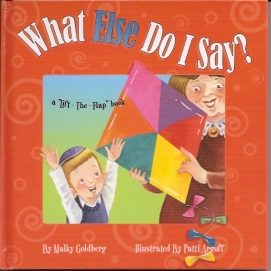 What Else do I Say? A lift the flap book By Malky Goldberg $11.95
What Else do I Say? A lift the flap book By Malky Goldberg $11.95 -
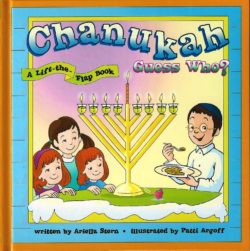 Chanukah Guess Who? A lift the flap book By Ariella Stern $11.95
Chanukah Guess Who? A lift the flap book By Ariella Stern $11.95 -
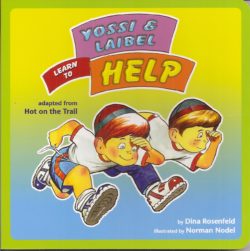 Yossi and Laibel Learn to Help By Dina Rosenfeld $6.95
Yossi and Laibel Learn to Help By Dina Rosenfeld $6.95 -
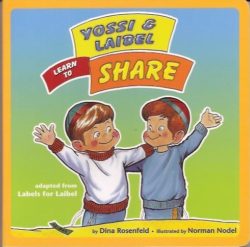 Yossi and Laibel Learn to Share By Dina Rosenfeld $6.95
Yossi and Laibel Learn to Share By Dina Rosenfeld $6.95 -
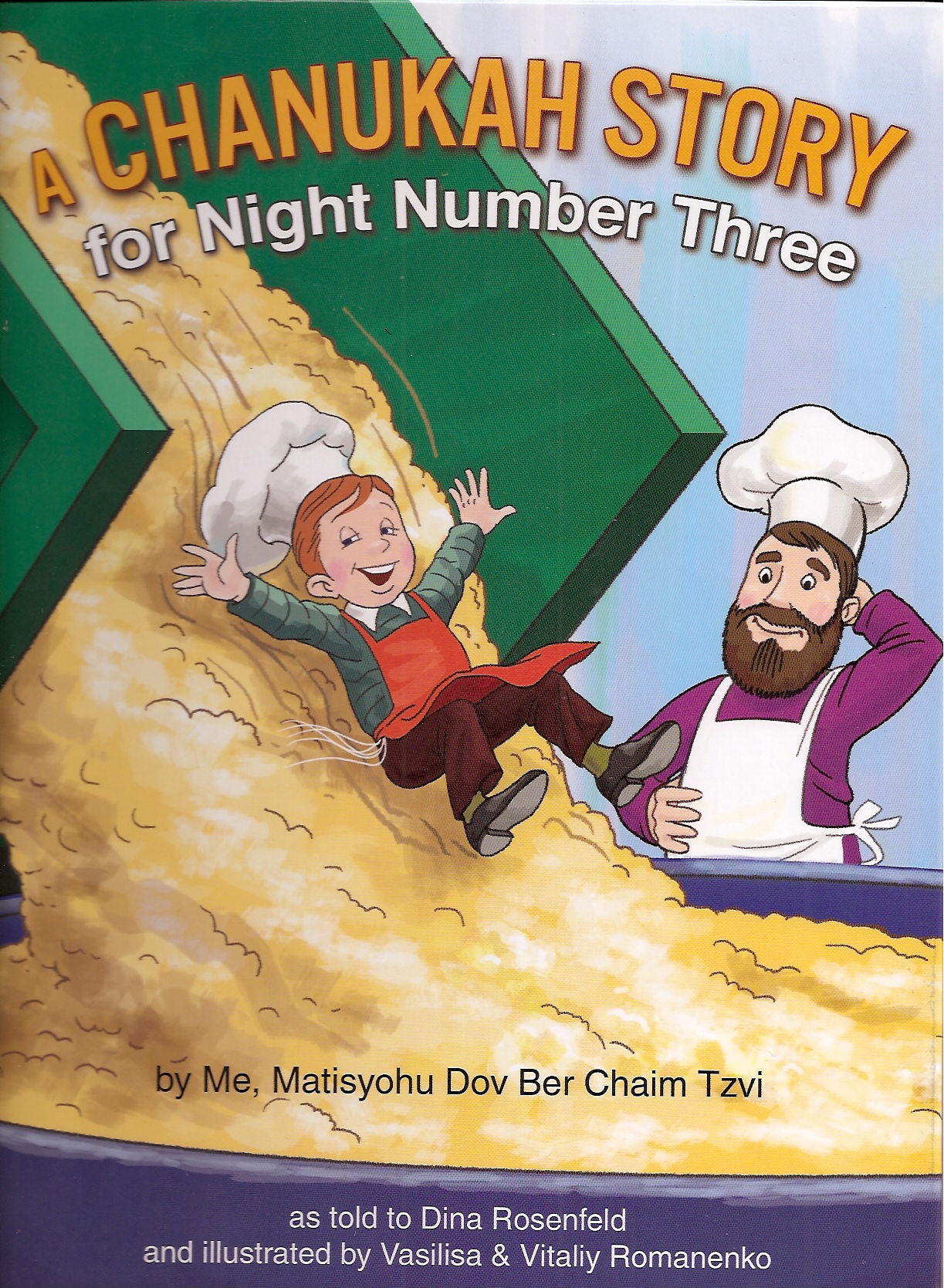 A Chanukah Story for Night Number Three By Dina Rosenfeld $13.95
A Chanukah Story for Night Number Three By Dina Rosenfeld $13.95 -
 All About Us By Dina Rosenfeld $12.95
All About Us By Dina Rosenfeld $12.95 -
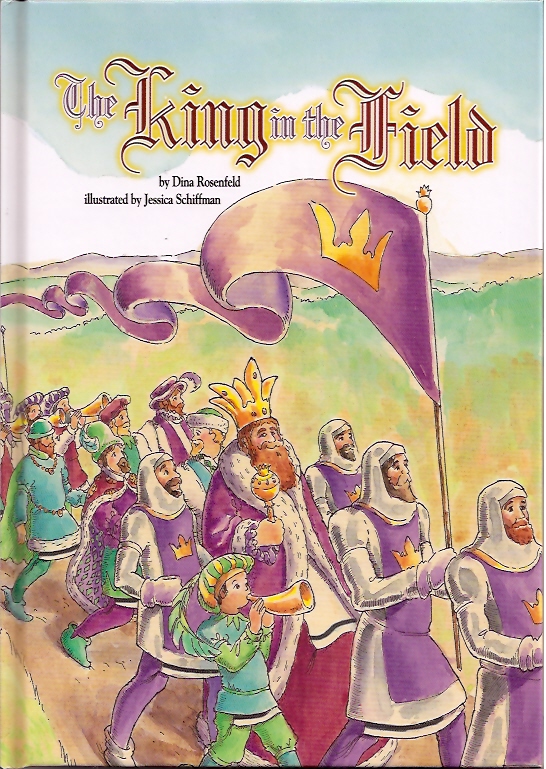 The King in the Field By Dina Rosenfeld $12.00
The King in the Field By Dina Rosenfeld $12.00 -
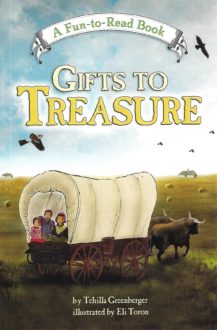 Gifts to Treasure By Tehilla Greenberger $12.95
Gifts to Treasure By Tehilla Greenberger $12.95 -
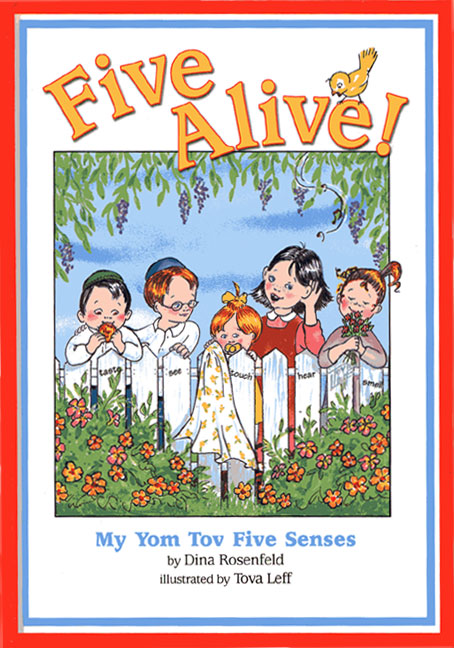 Five Alive My Yom Tov Five Senses By Dina Rosenfeld $12.95
Five Alive My Yom Tov Five Senses By Dina Rosenfeld $12.95 -
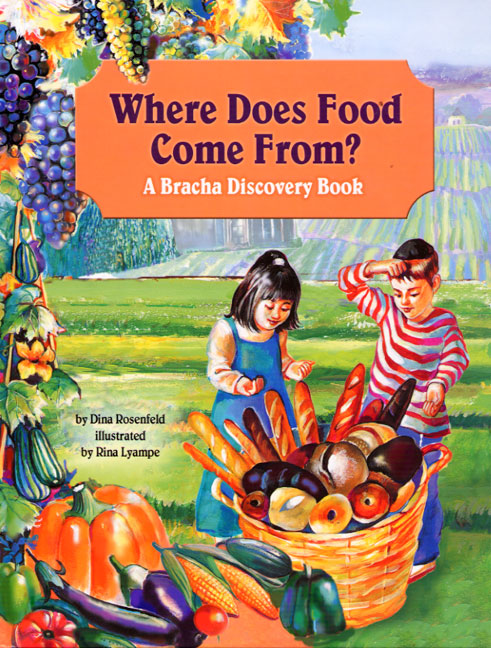 Where Does Food Come From? A Bracha Discovery Book By Dina Rosenfeld $12.00
Where Does Food Come From? A Bracha Discovery Book By Dina Rosenfeld $12.00 -
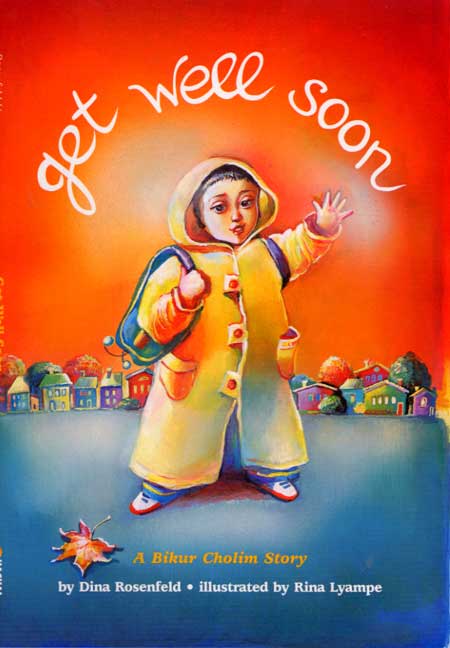 Get Well Soon – A Bikur Cholim Story By Dina Rosenfeld $12.00
Get Well Soon – A Bikur Cholim Story By Dina Rosenfeld $12.00 -
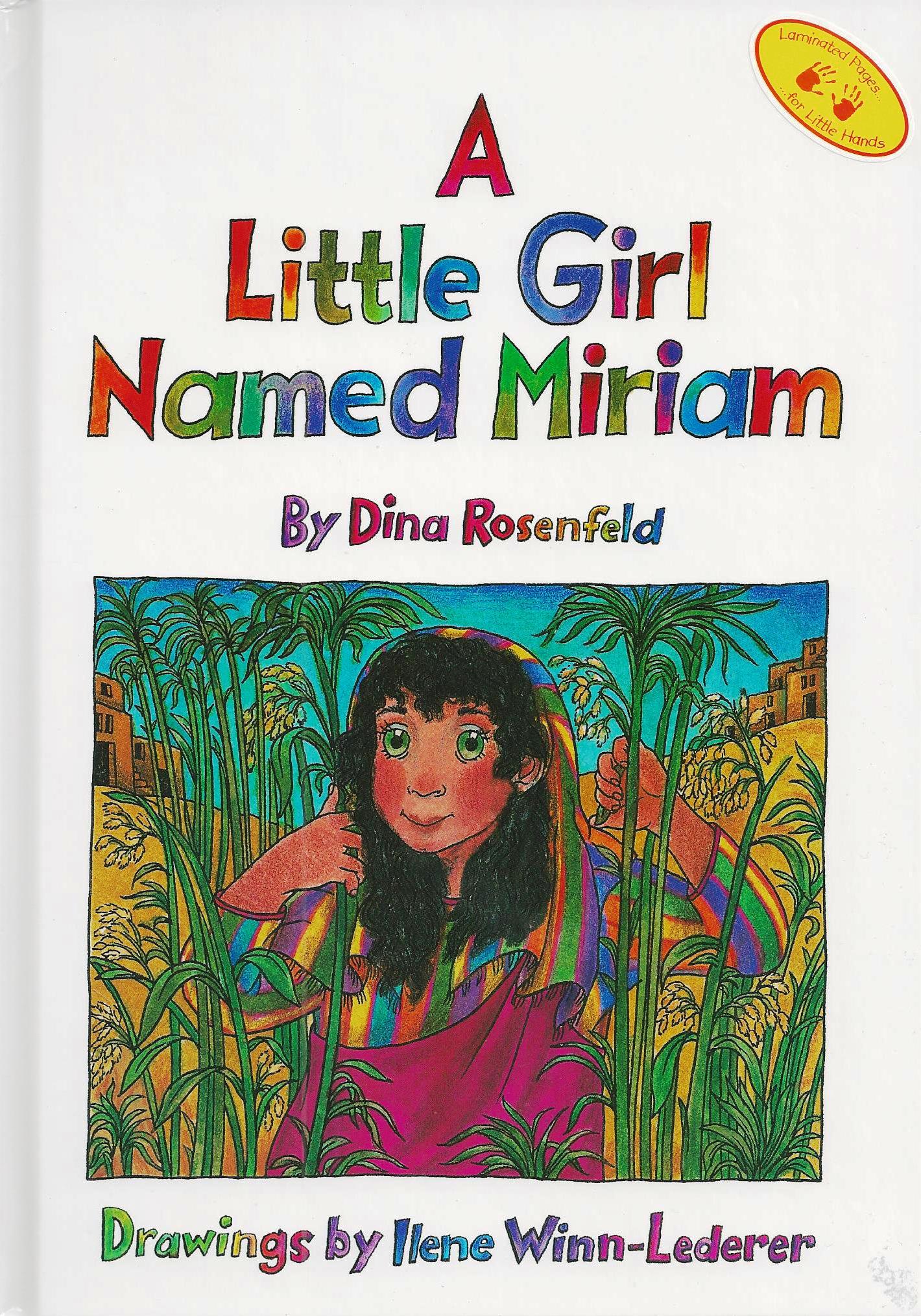 A Little Girl Named Miriam By Dina Rosenfeld $12.95
A Little Girl Named Miriam By Dina Rosenfeld $12.95 -
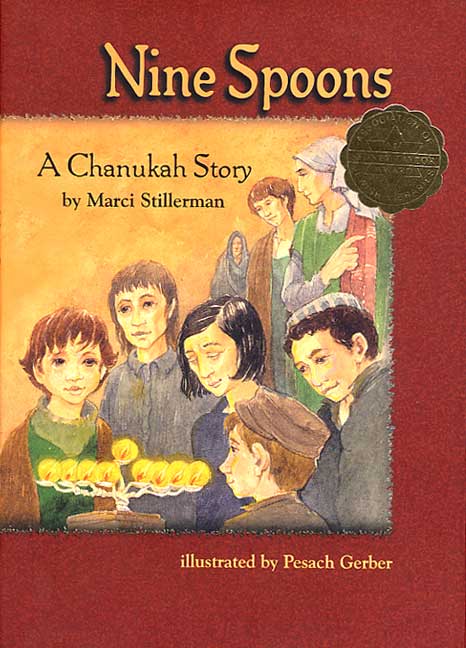 Nine Spoons – A Chanukah Story By Marci Stillerman $12.00
Nine Spoons – A Chanukah Story By Marci Stillerman $12.00 -
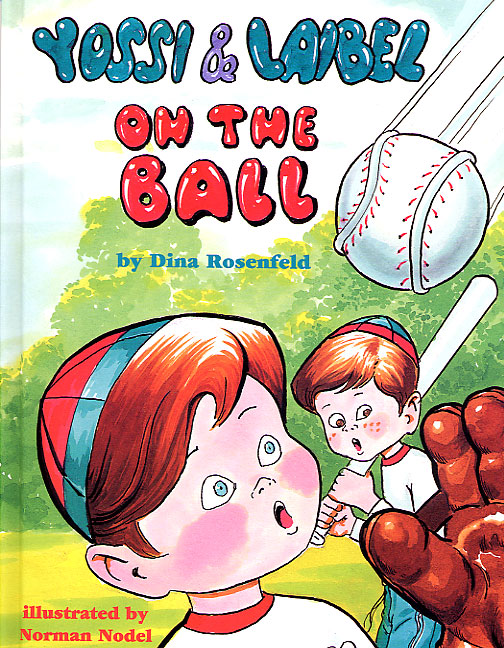 On the Ball By Dina Rosenfeld $12.95
On the Ball By Dina Rosenfeld $12.95 -
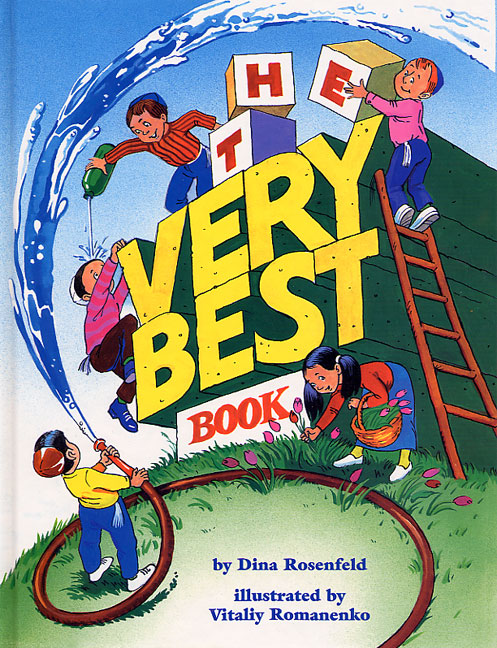 The Very Best Book By Dina Rosenfeld $0.00
The Very Best Book By Dina Rosenfeld $0.00 -
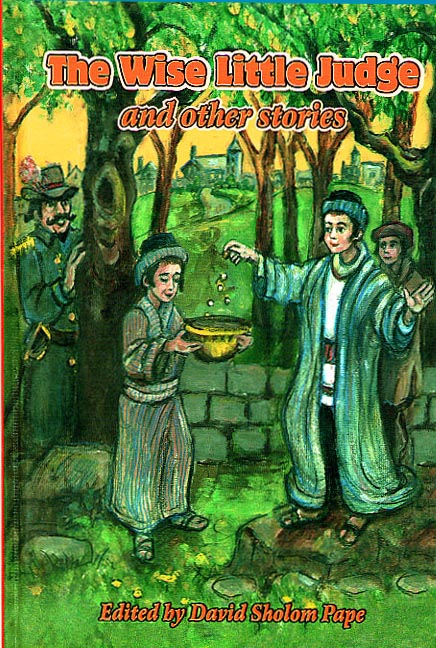 The Wise Little Judge and other stories A Collection For Young Readers By Edited by Dovid S. Pape - Illustrations by Dave Berg, Yosef Dershowitz, Norman Nodel $12.95
The Wise Little Judge and other stories A Collection For Young Readers By Edited by Dovid S. Pape - Illustrations by Dave Berg, Yosef Dershowitz, Norman Nodel $12.95 -
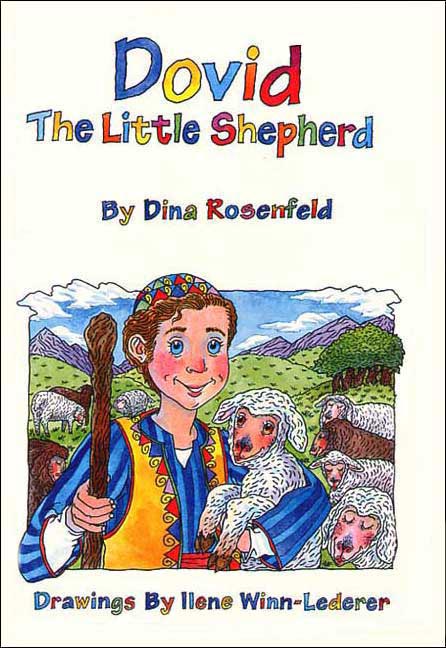 Dovid The Little Shepherd By Dina Rosenfeld $12.95
Dovid The Little Shepherd By Dina Rosenfeld $12.95 -
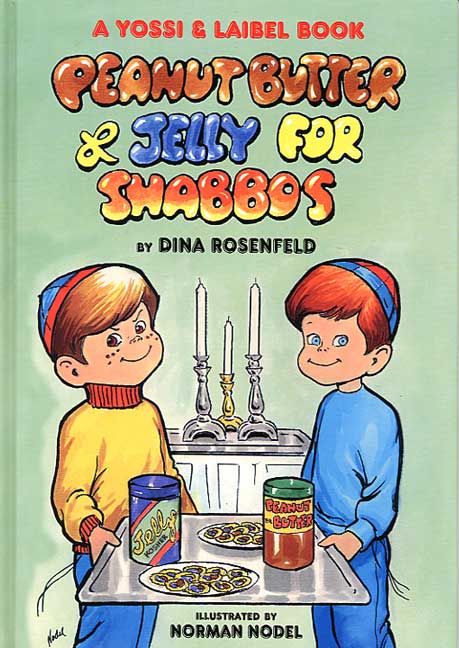 Peanut Butter and Jelly for Shabbos By Dina Rosenfeld $12.95
Peanut Butter and Jelly for Shabbos By Dina Rosenfeld $12.95 -
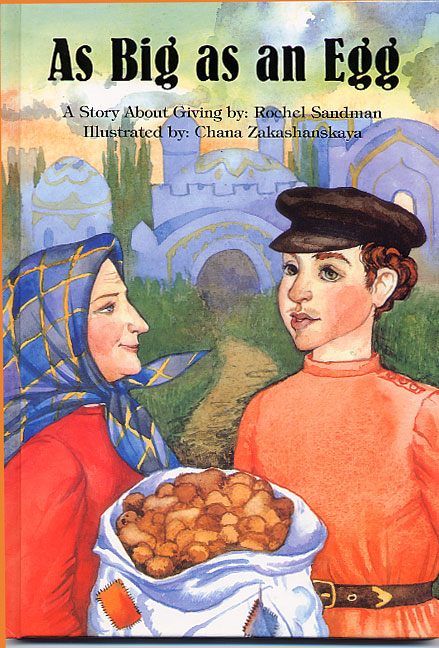 As Big As An Egg By Rochel Sandman $12.95
As Big As An Egg By Rochel Sandman $12.95 -
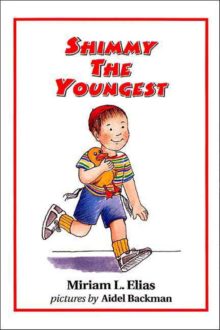 Shimmy The Youngest By Miriam L. Elias $12.95
Shimmy The Youngest By Miriam L. Elias $12.95 -
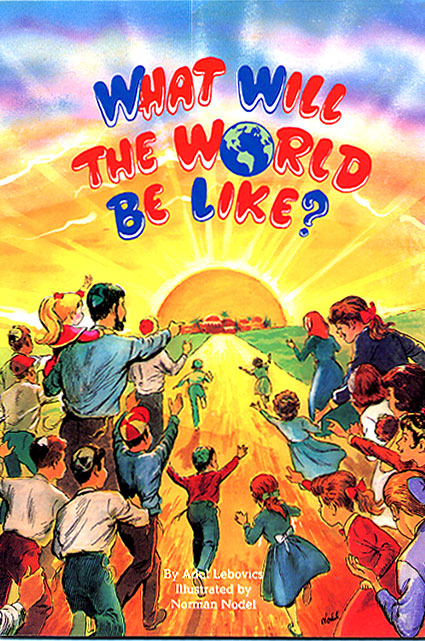 What Will The World Be Like? By Adel Lebovics $12.95
What Will The World Be Like? By Adel Lebovics $12.95 -
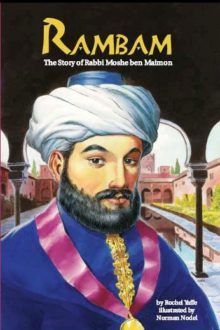 Rambam By Rochel Yaffe Illustrated by Norman Nodel $14.95
Rambam By Rochel Yaffe Illustrated by Norman Nodel $14.95 -
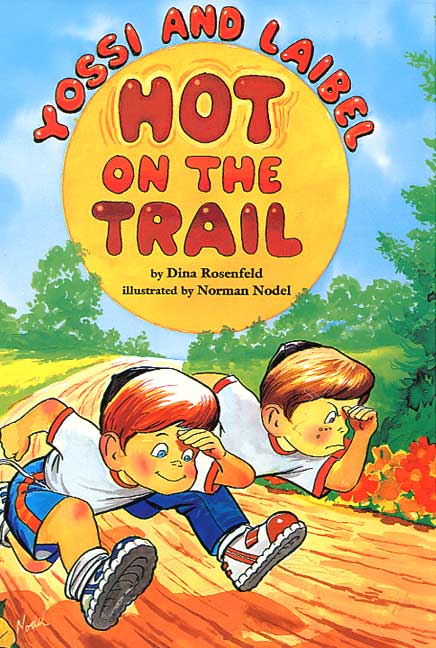 Yossi and Label – Hot On The Trail By Dina Rosenfeld $12.95
Yossi and Label – Hot On The Trail By Dina Rosenfeld $12.95 -
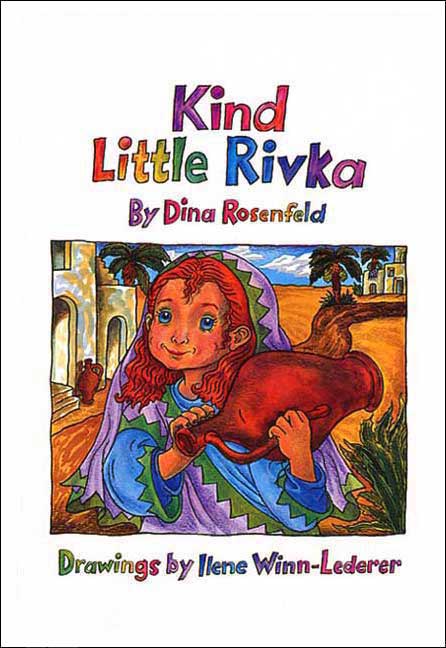 Kind Little Rivka By Dina Rosenfeld $12.95
Kind Little Rivka By Dina Rosenfeld $12.95 -
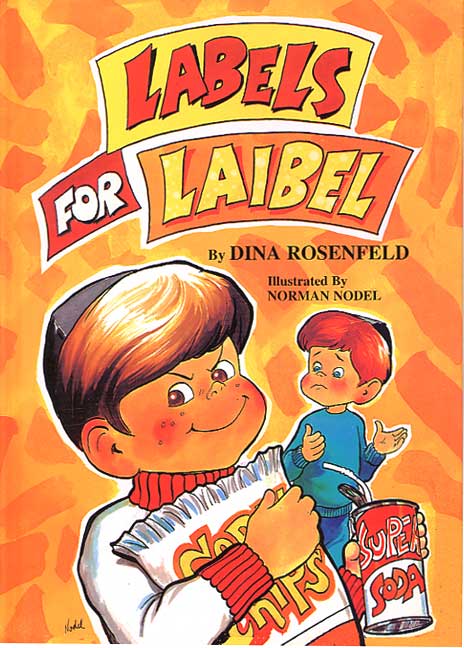 Labels For Laibel By Dina Rosenfeld $12.95
Labels For Laibel By Dina Rosenfeld $12.95 -
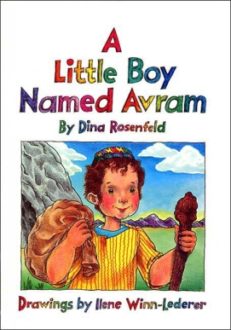 A Little Boy Named Avram By Dina Rosenfeld $12.95
A Little Boy Named Avram By Dina Rosenfeld $12.95


